This article was last updated on: October 2018
This North Korea article is kind of long and thus is divided into seven (7) parts. You are about to start reading part two (2). Choose here any other part you may want to go to: | One (1) | Three (3) | Four (4) | Five (5) | Six (6) | Seven (7) |
After taking many photos of the Aeroplanes that were in the Airport, I hopped into one of those King Long Chinese buses.
Inside were the guides and other foreign tourists, and after some half an hour of travelling, we arrived in Pyongyang. The Airport is not right in downtown, but rather north of the city, as I explained before.
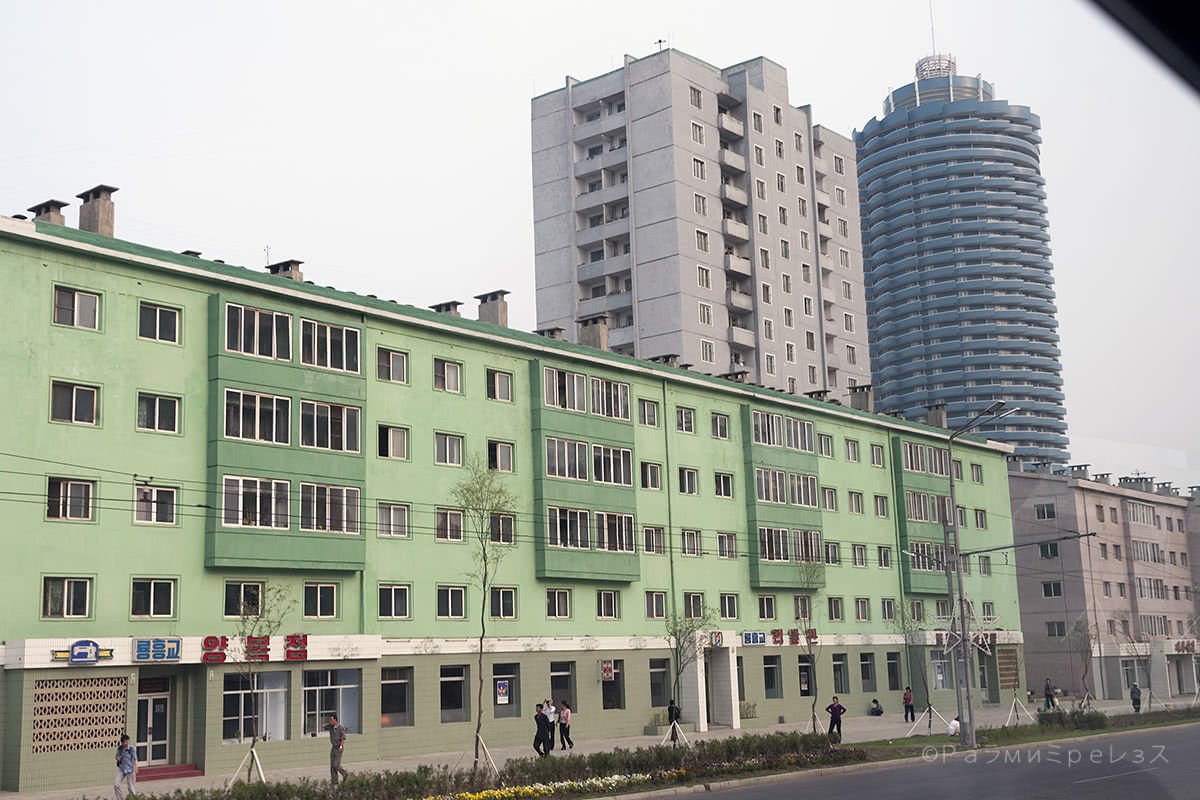
Ramírez.
The first thing I saw was the Arch of Triumph, evidently based on the Paris one.
They built that arch to commemorate the resistance to the Japanese invasion between 1925 and 1945. They inaugurated it in 1982, to coincide with Kim Il-Sung’s 70th birthday.
So they say it comprises 25.500 blocks, each one representing one day of the life of Kim Il-Sung up to that point.
North Korea is the only country in the world that is nominally communist but has a hereditary dynasty like a monarchy.
First, it was Kim Il-Sung, then his son Kim Kong-Il and when he died, Kim Jong-Un, son of the latter and grandson of the former.
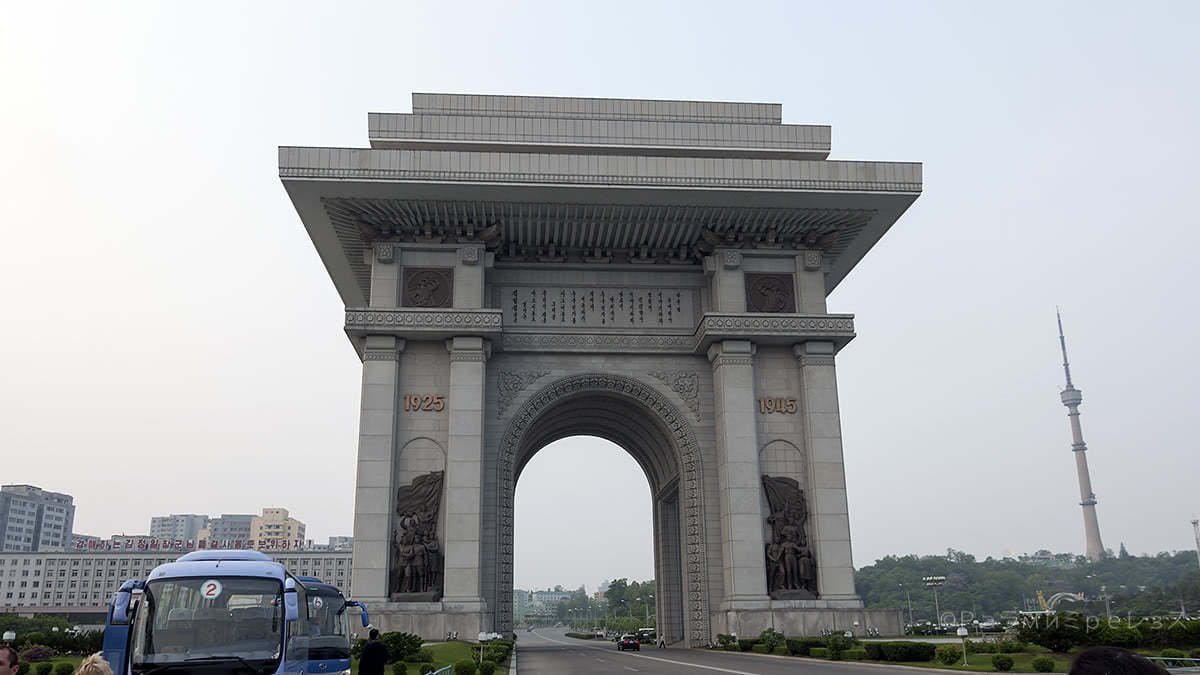
The personality cult around these people is tremendous. Even to the point of being deified by many citizens.
I used to see something like that in Thailand as well with the late King Bhumibol Adulyadej when I lived in Bangkok. Many people do it in Colombia too with him who shall not be named.
When Kim Il-Sung died in 1994, they declared him “Eternal President”. The current Colombian president did the same thing with him who shall not be named, but anyway, I digress.
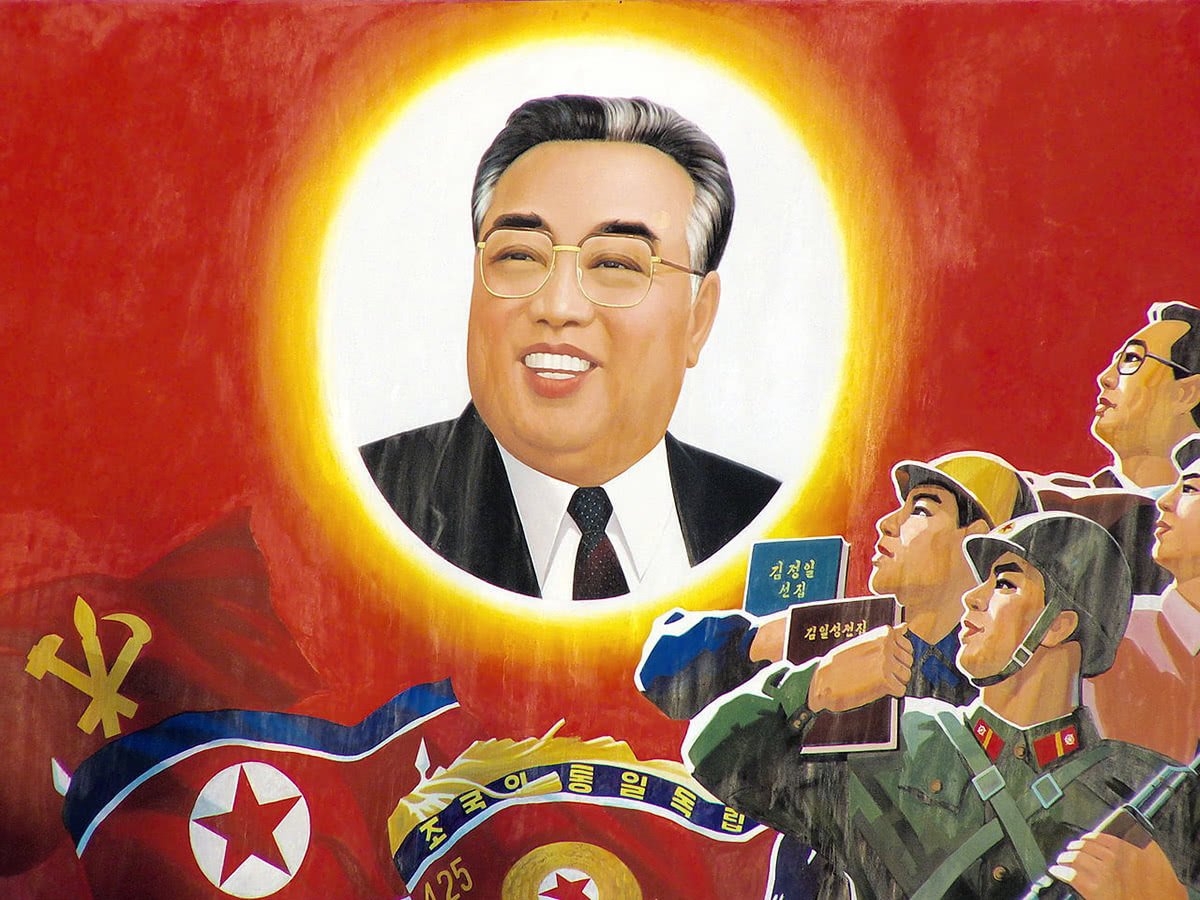
Yeowatzup
In North Korea, the majority of giant monuments (and there are many of them) have reasons like that one:
-“25.500 blocks for Kim Il-Sung’s living days”.
-“700 columns for the lashes Kim Il-Sung gave to a Japanese”.
And so on.
All in all, Pyongyang is not an ugly city, but it’s the showpiece city of the regime. Only the chosen ones live there, the elite, the members of the “core” class.
Society in North Korea is divided by class, despite being nominally communist (well, Juche in their case, more on that later).
Right below I’ve put a very nice video from JT Singh called “Enter Pyongyang”, where parts of the city can be seen.
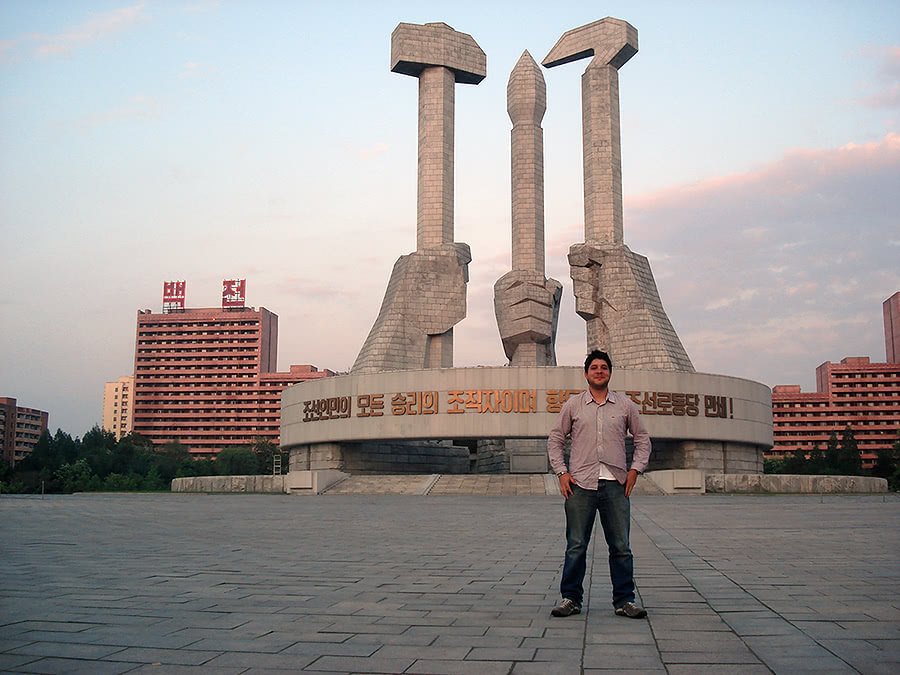
Ramírez.
I remember visiting almost all of them, except maybe the skate park. And I didn’t ride the tram.
The government divides them into several classes according to a system called “Songbun”. They could be summarised on three main ones: The “core”, the “wavering”, and the “hostile”.
Among other things, how you’re selected to belong to one class depends on your family’s history. Did your grandfather help the Japanese? You’re screwed!
Your own skills. Are you a great military? An extraordinaire scientist? It’s your lucky day!
This second factor also tends to work in the opposite sense. I’ve heard stories of talented people unable to be in a position according to their skills just because their Songbun is not right in other sense.
And the loyalty the regime thinks you have for it.
Most of your luck in that country depends on that. What and where will you be able to study. The place will you be able to live at. What will you be able to work on, and, in many instances, even if you will have food.
Your “classification” depends on pure politics, loyalty to the regime, the family you happen to belong to, and luck. Even though, in theory, there should not be such “classification”.
Only the “core” class lives in Pyongyang, the pure elite. Whoever leaves the government’s favour is expelled and exiled. Depending on how grave the situation is, he or she ends in a small town far away, or in a concentration camp. These concentration camps are of two types.
The first type is for common crimes, there’s a chance to get out (at least in theory).
The other type is reserved for political crimes. People get out dead, generally by forced labour, or plainly executed.
Depending on the type, these camps are called “Kyo-hwa-so” or “Kwan-li-so”.
The government denies its existence. But there are many testimonies of escapees who have gone outside the country and even satellite images.
I tend to believe they are real, but it’s not like I have seen them myself.
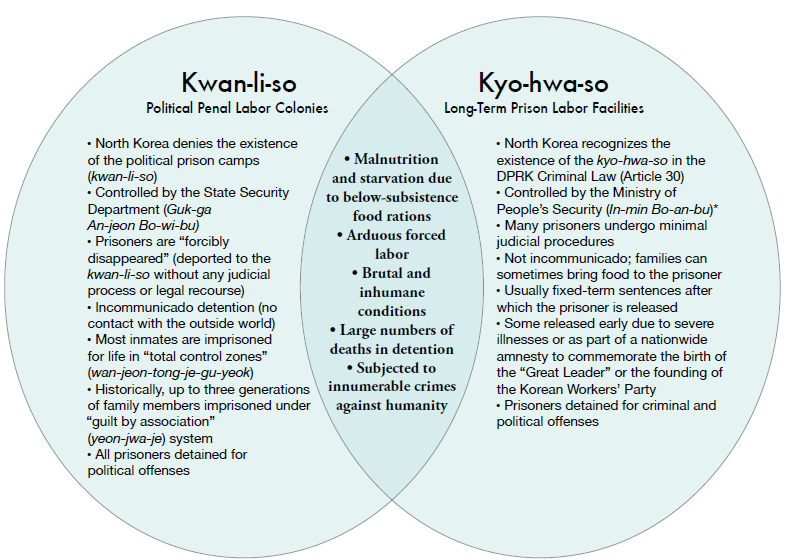
So you see the people walking around. And they look relatively well-dressed, relatively well-fed, relatively all good.
Likewise, the streets look clean and well cared for.
And in general, the city does not appear to be the capital of a regime that is on the brink of collapse according to what some people say.
But you never know what to believe. Because everything for the foreigner (with a few exceptions here and there) tends to be planned beforehand. Choreographed even.
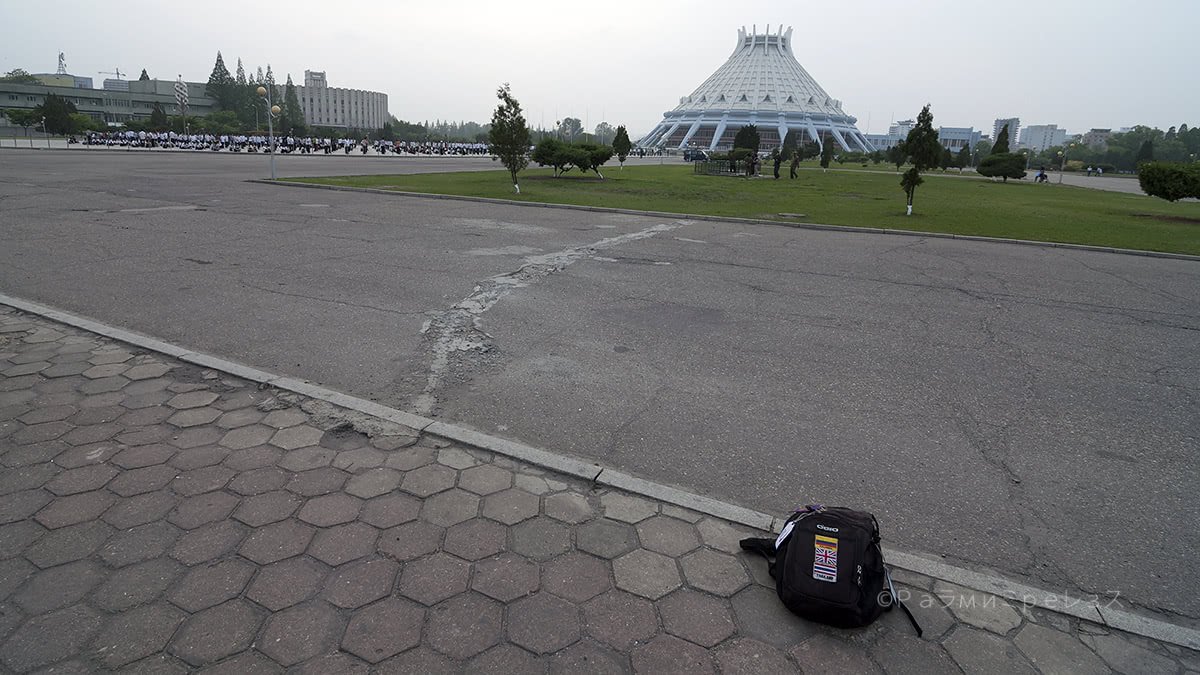
Leaving aside these off-topic appreciations that I provide only for context, Pyongyang is not an ugly city.
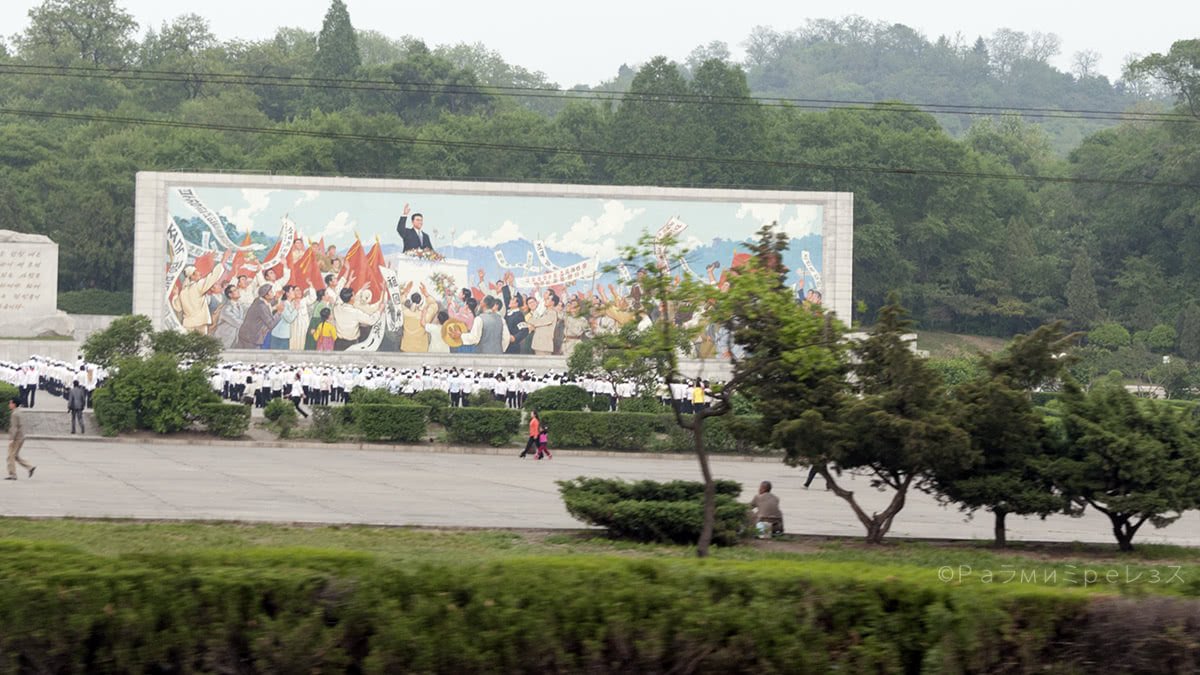
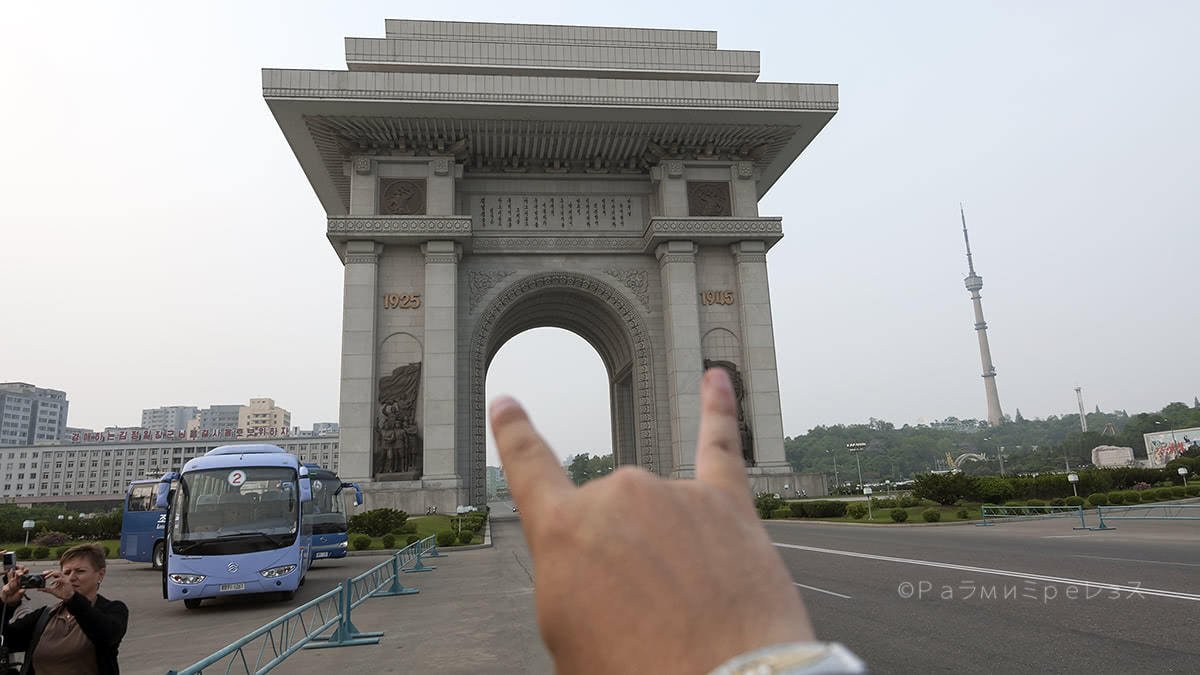
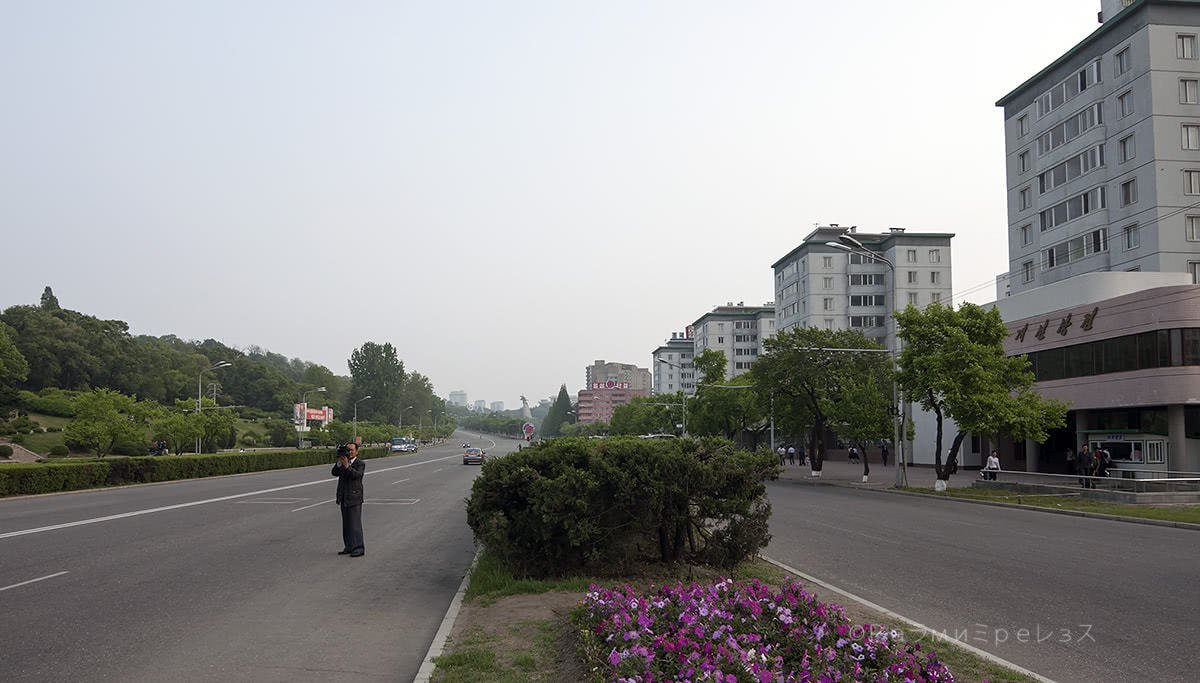
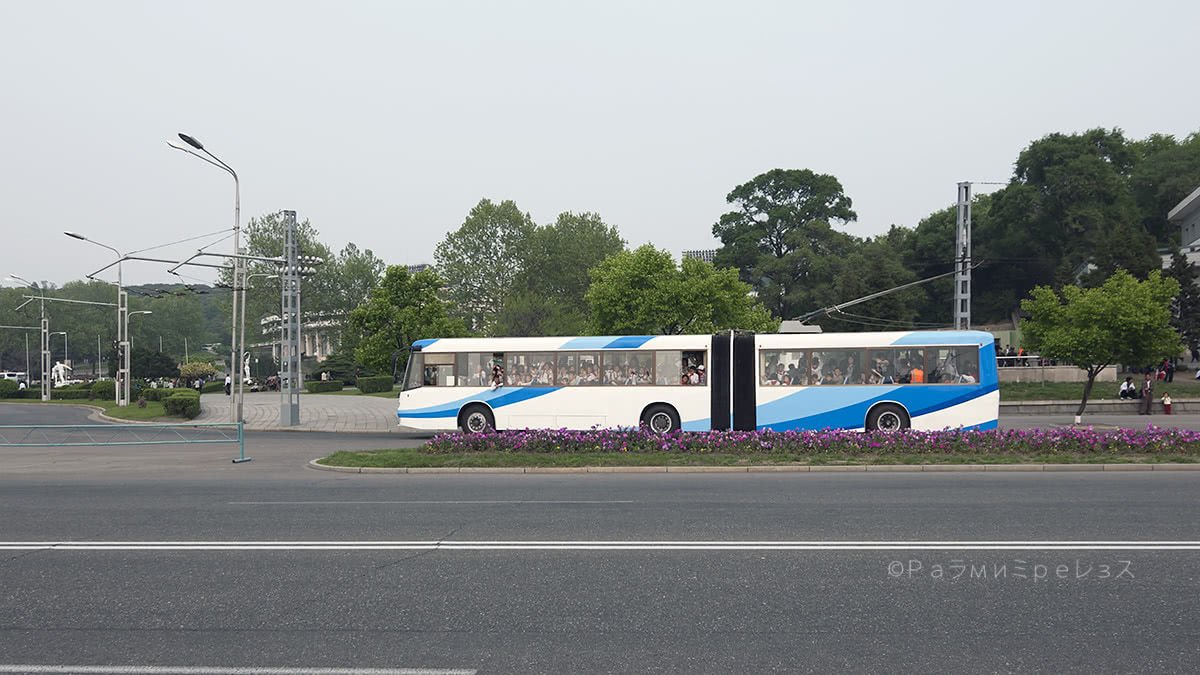
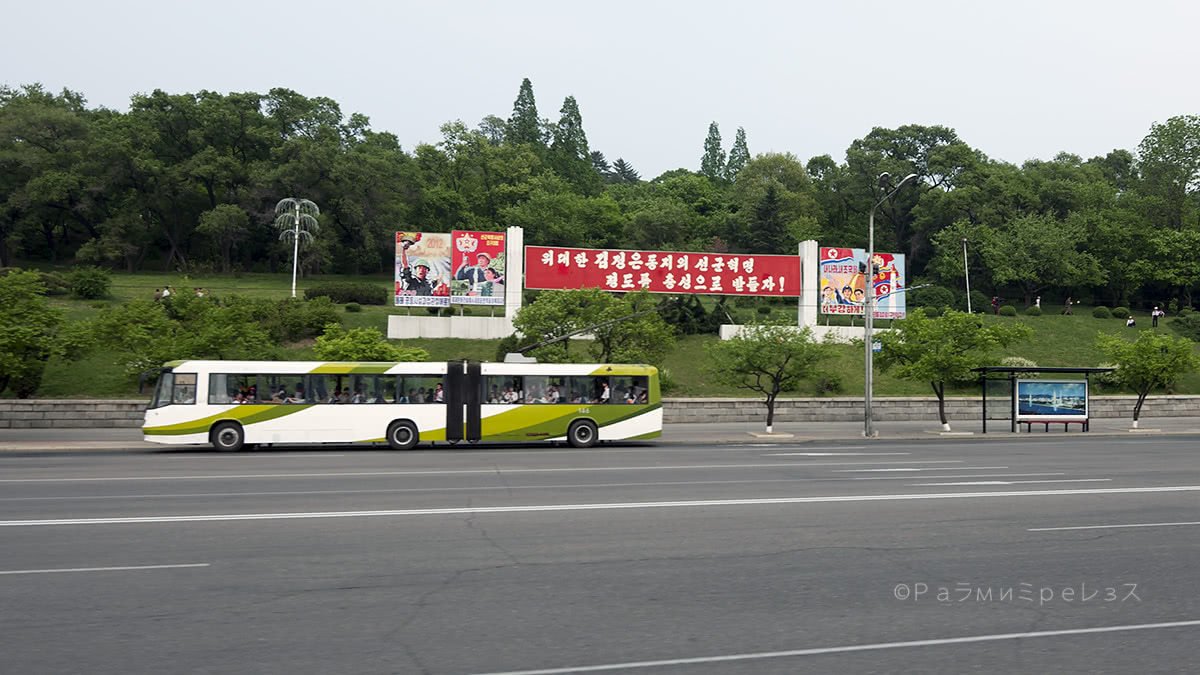
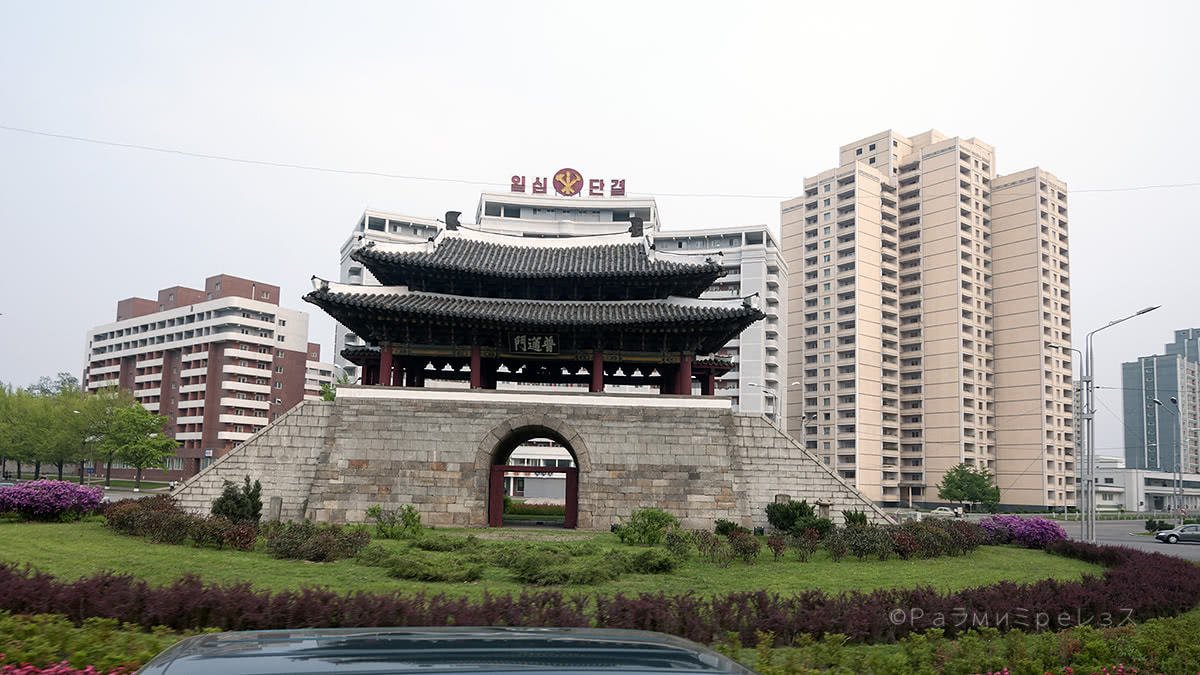
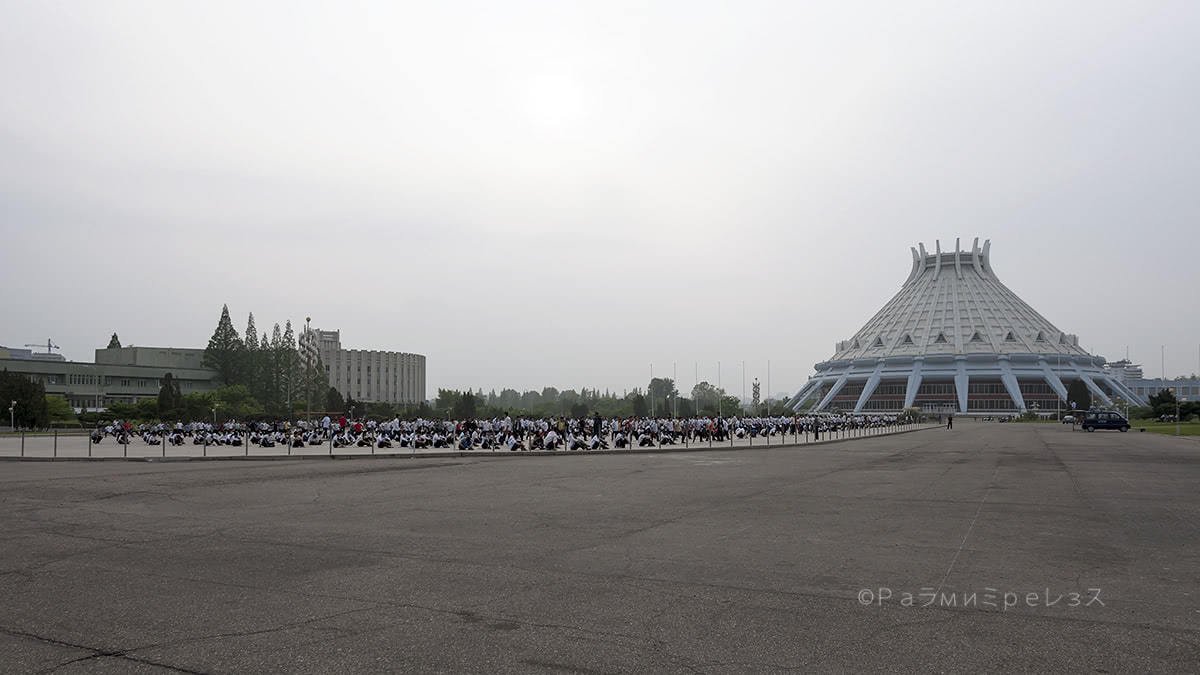

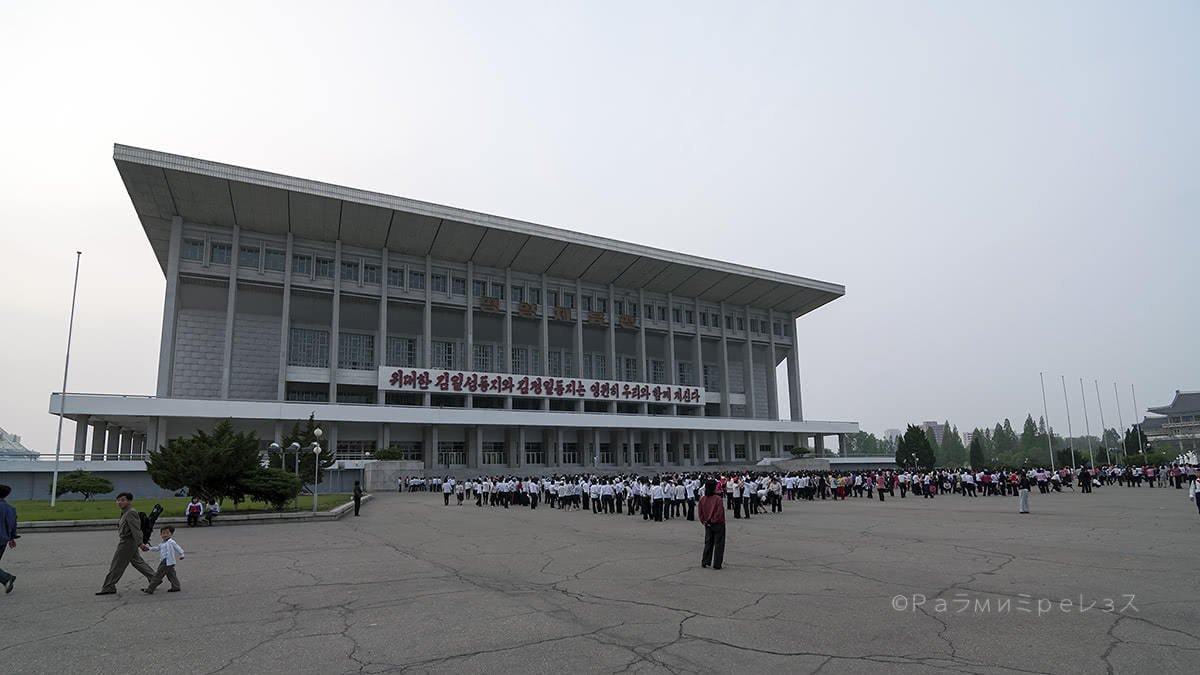
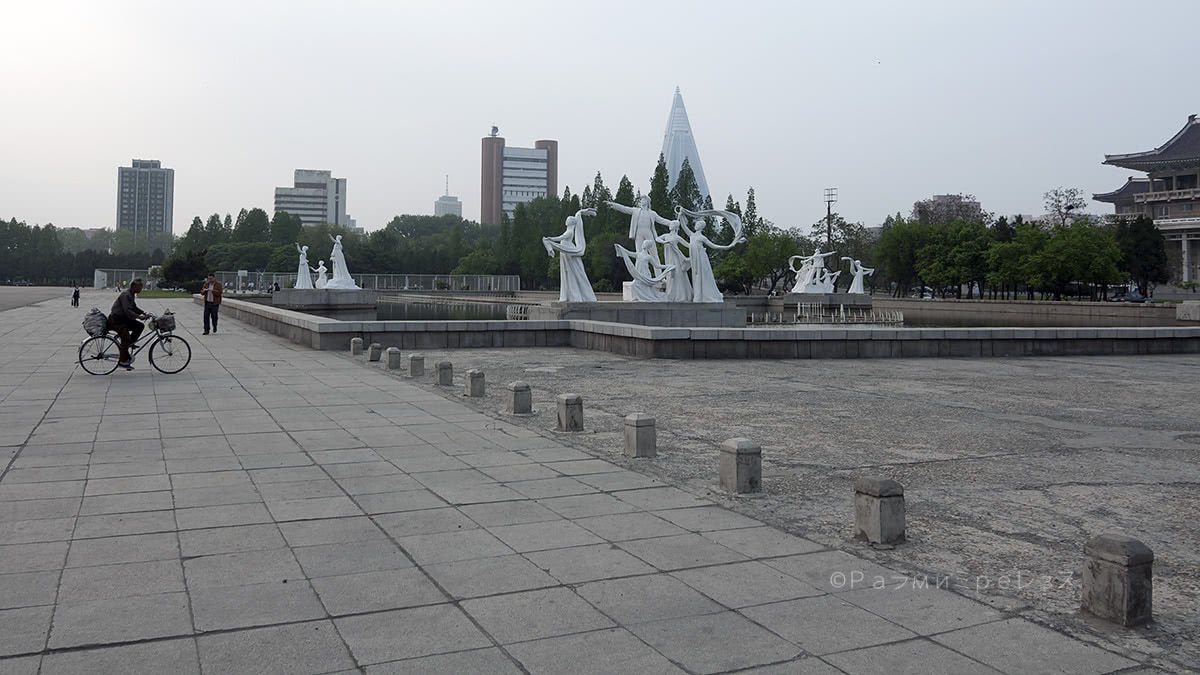
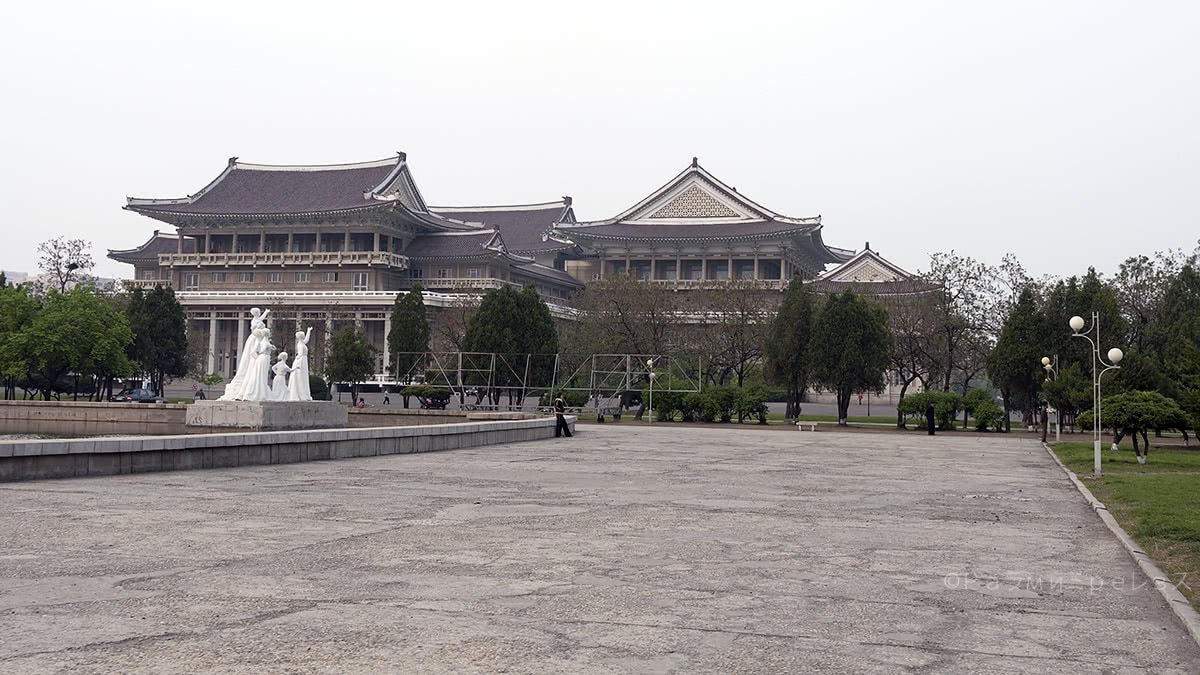
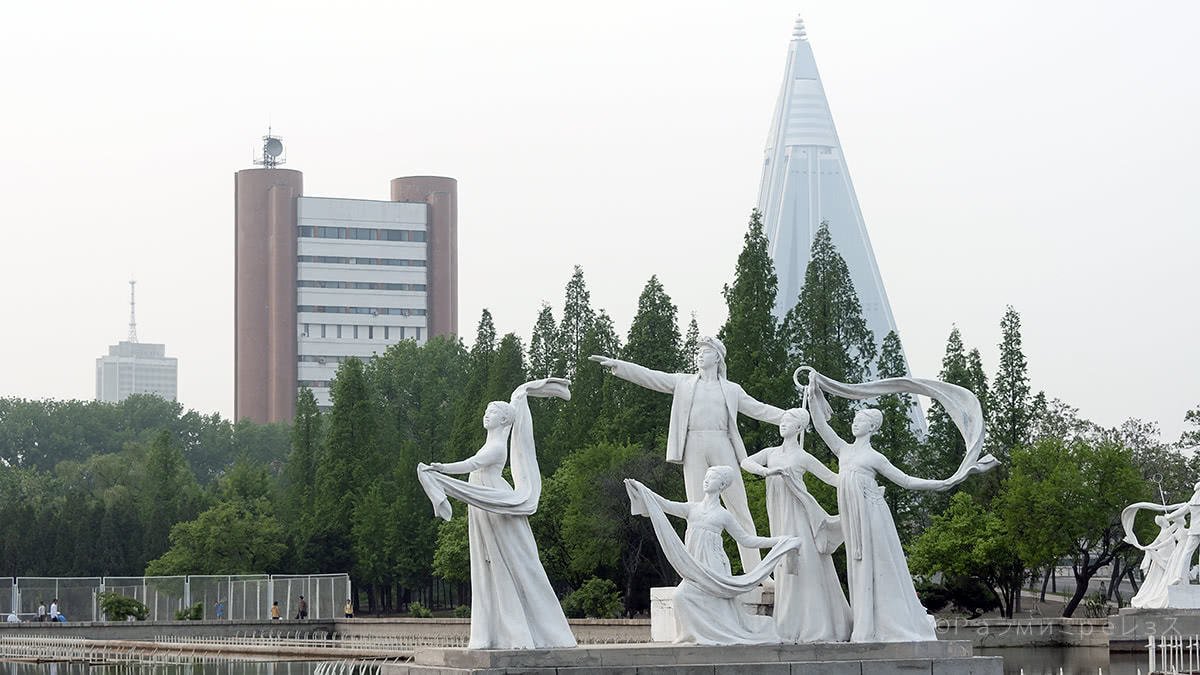

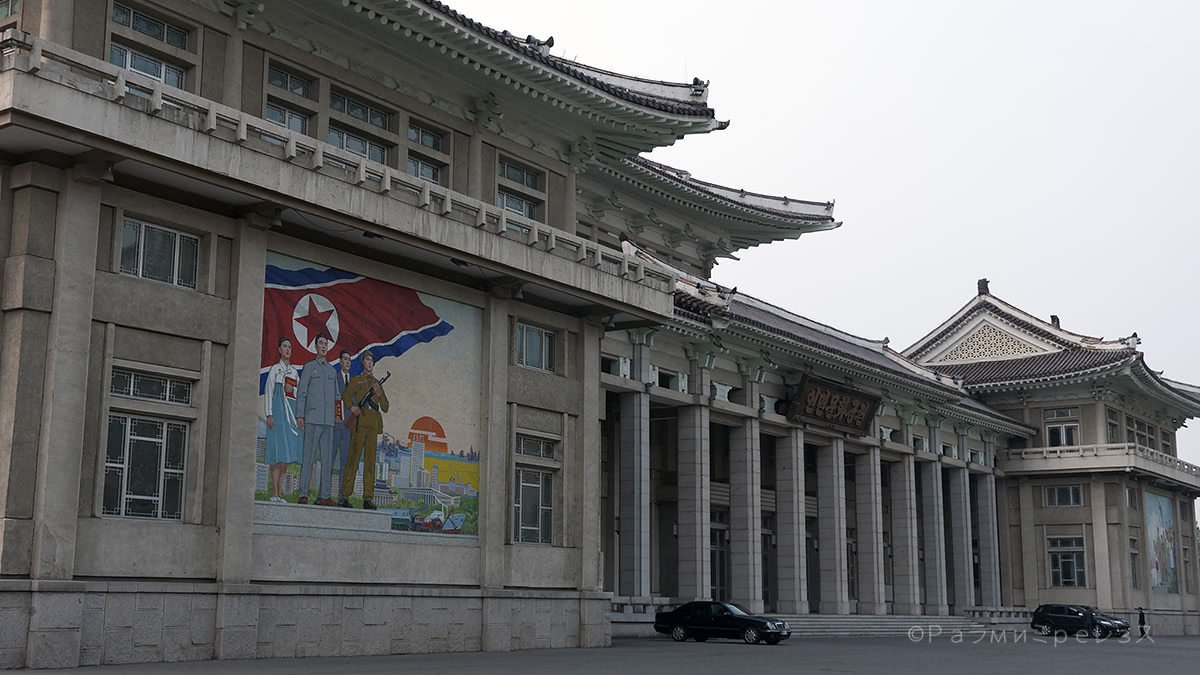
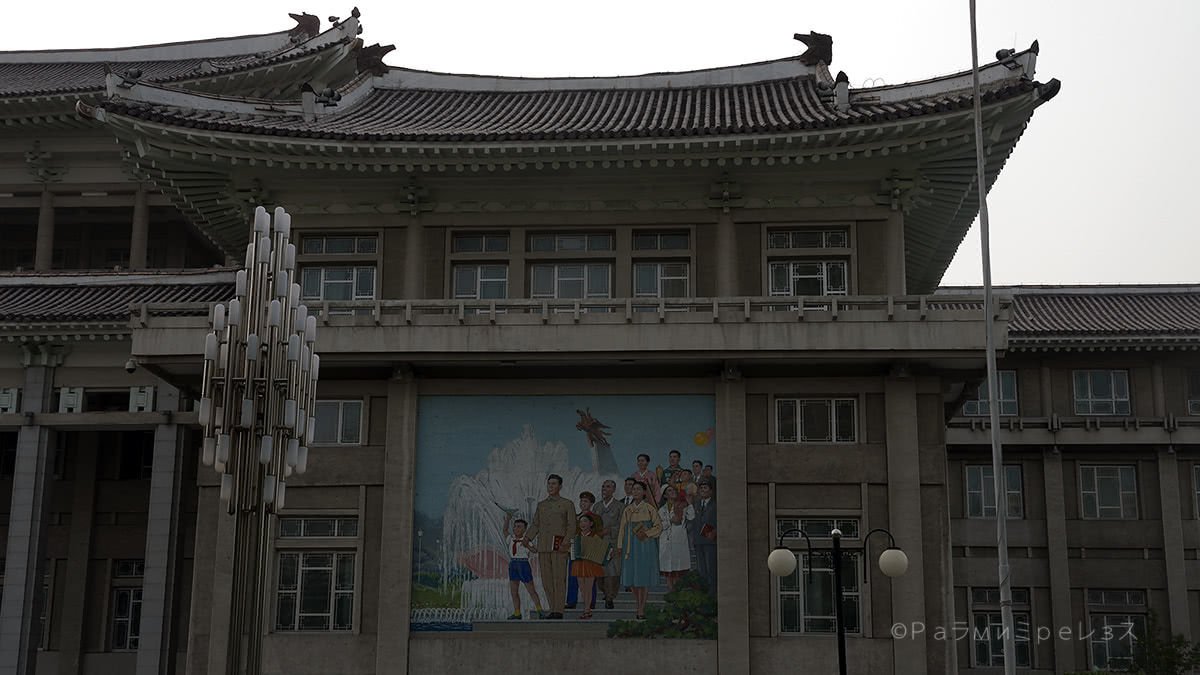
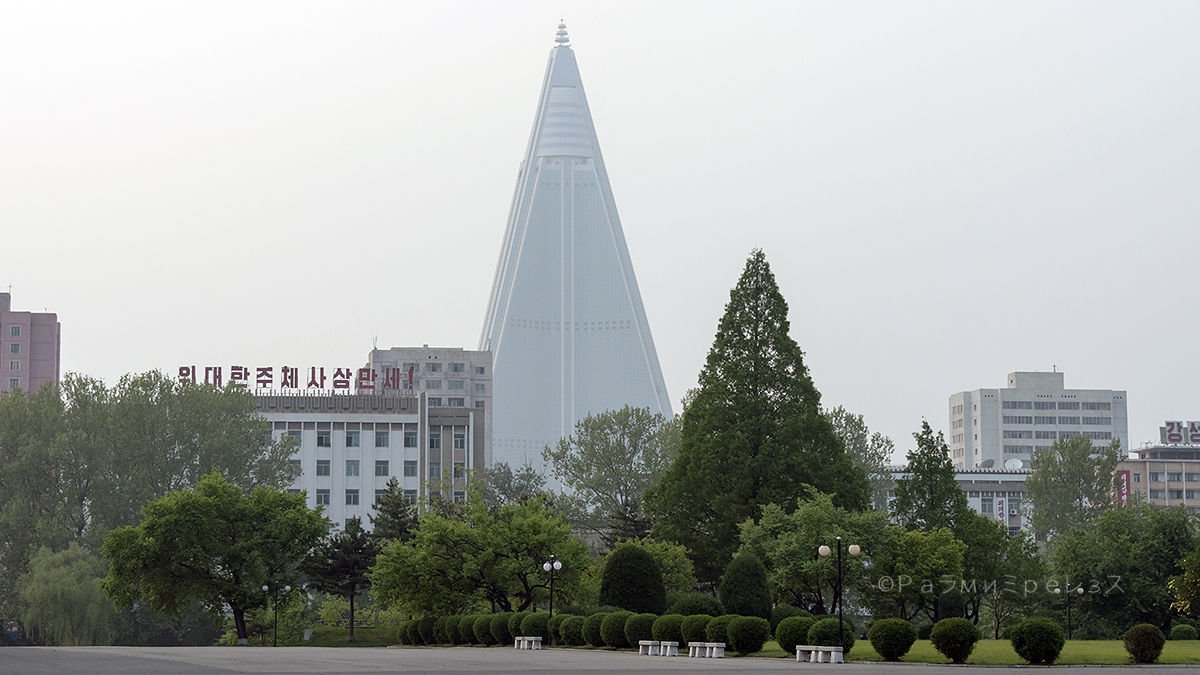
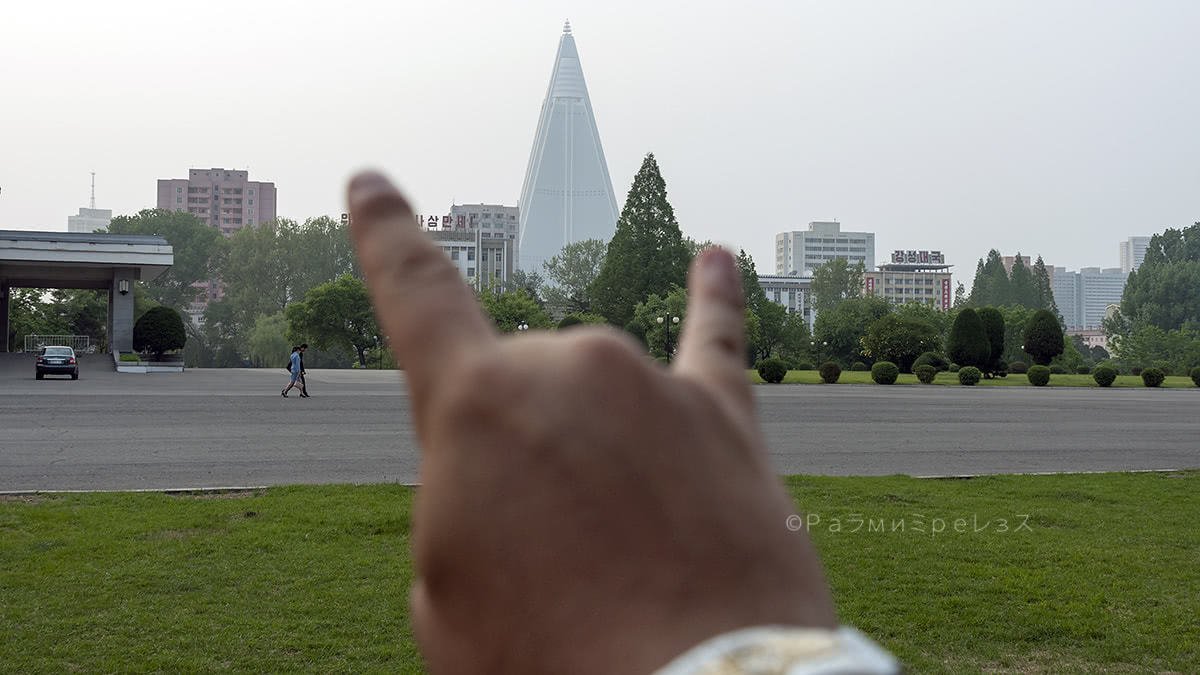
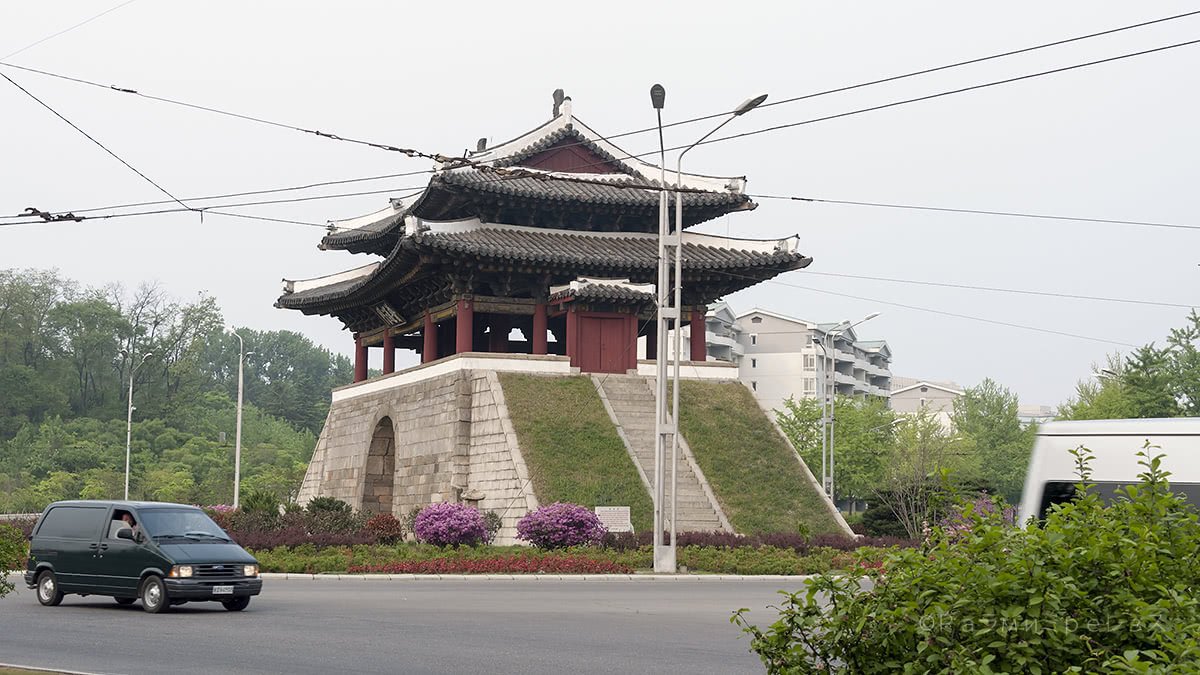
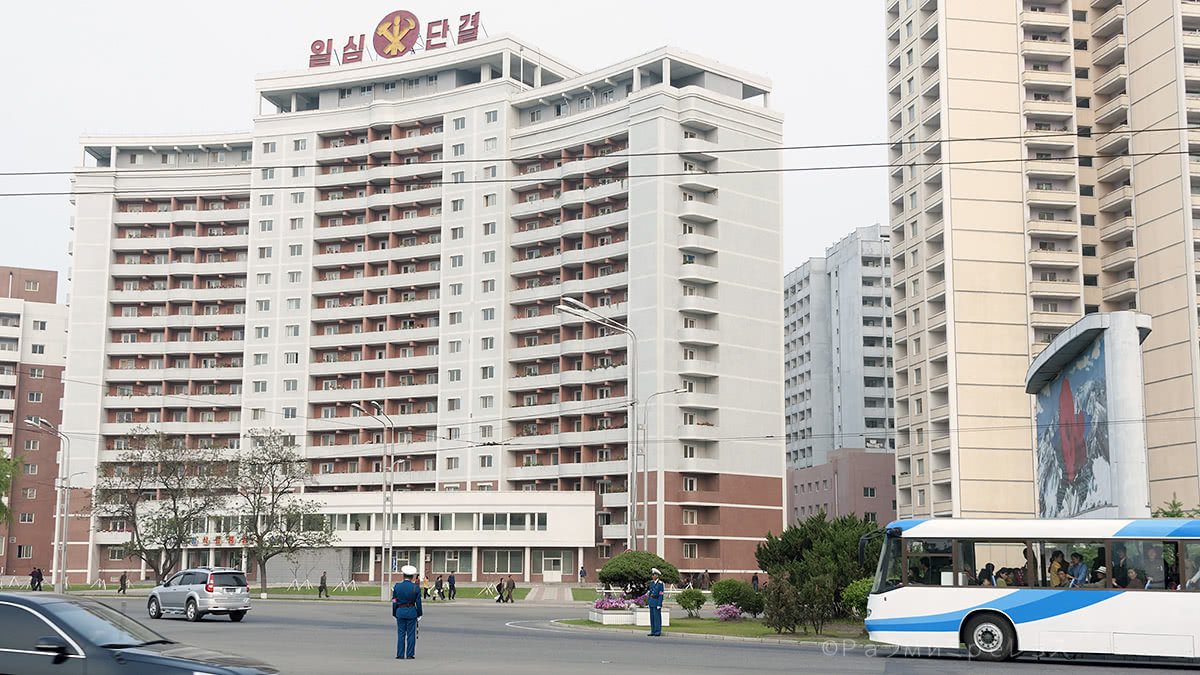
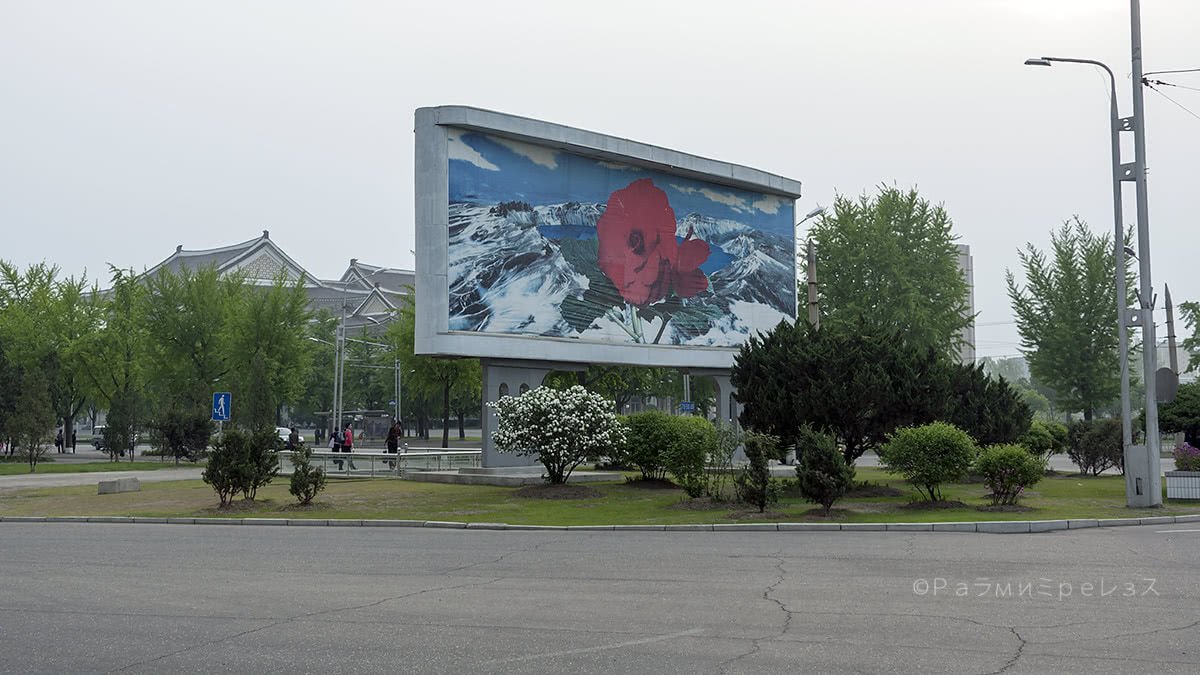
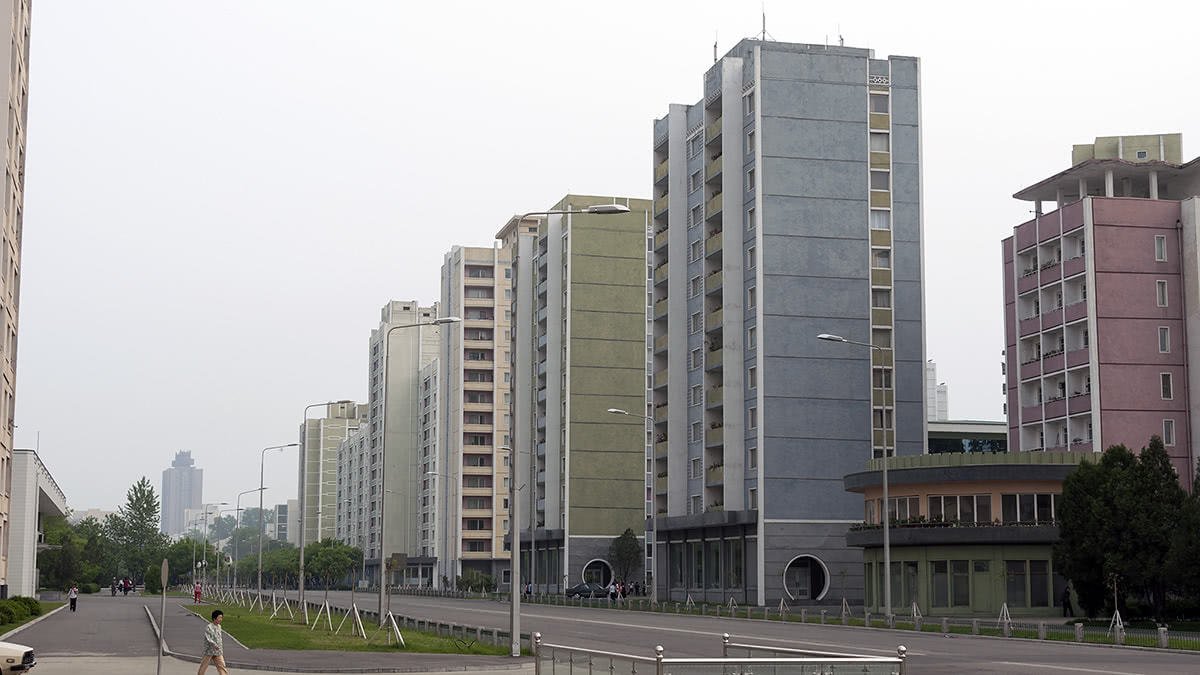
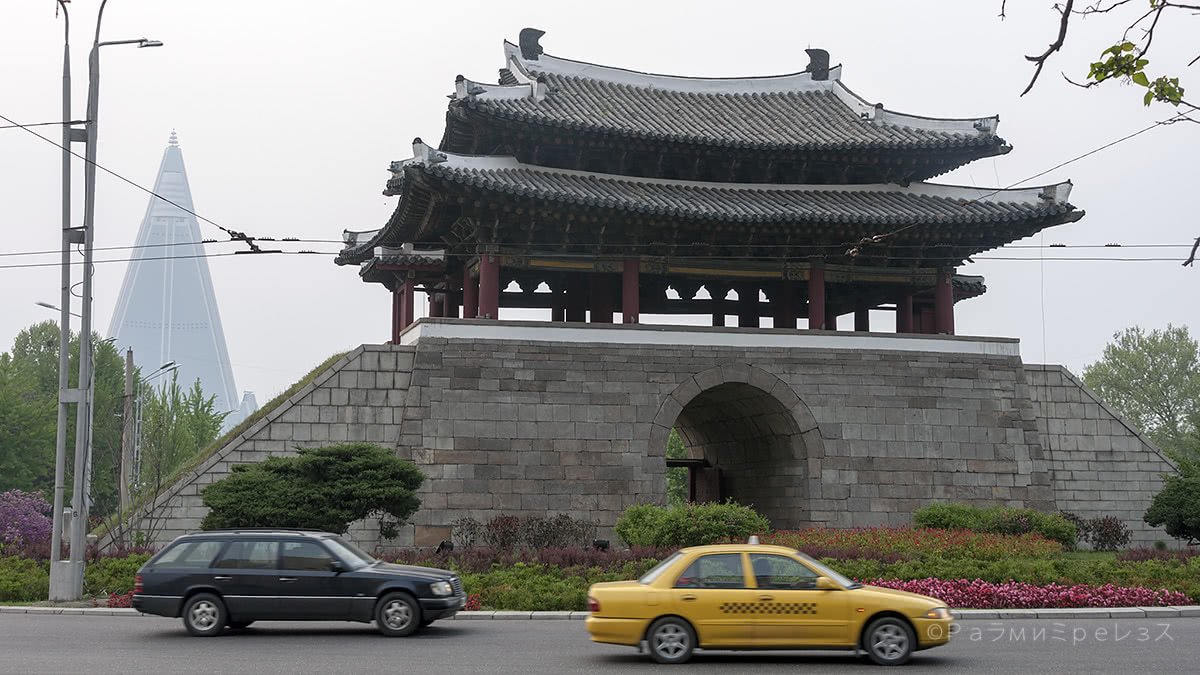
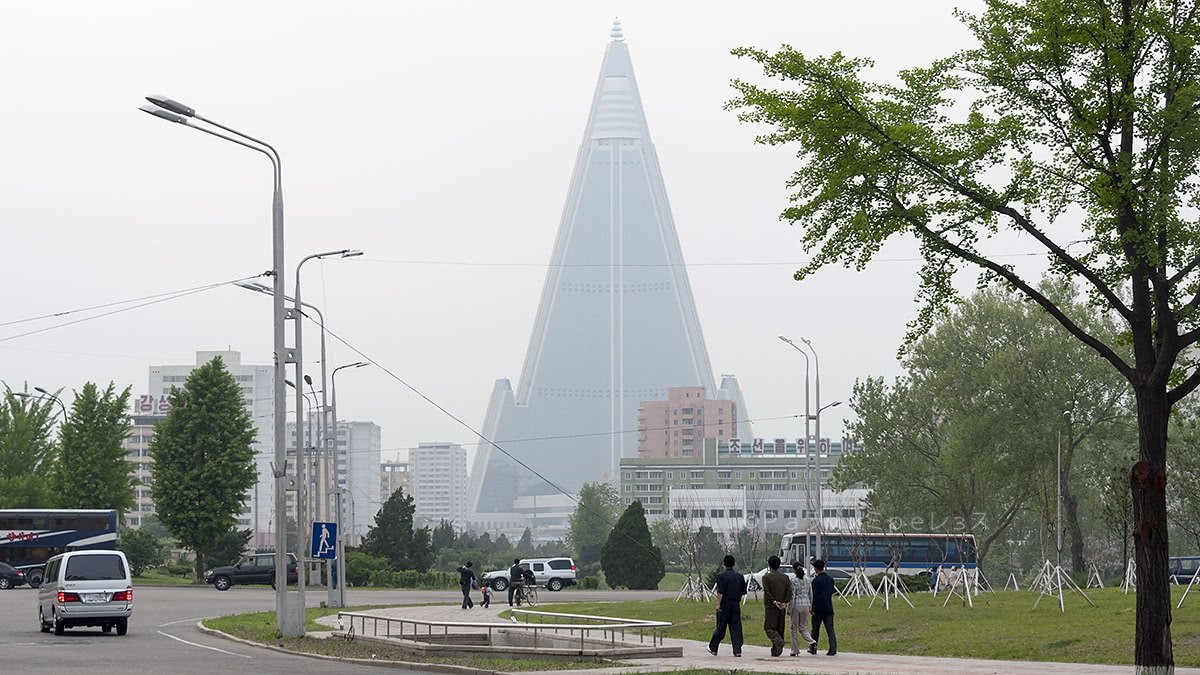
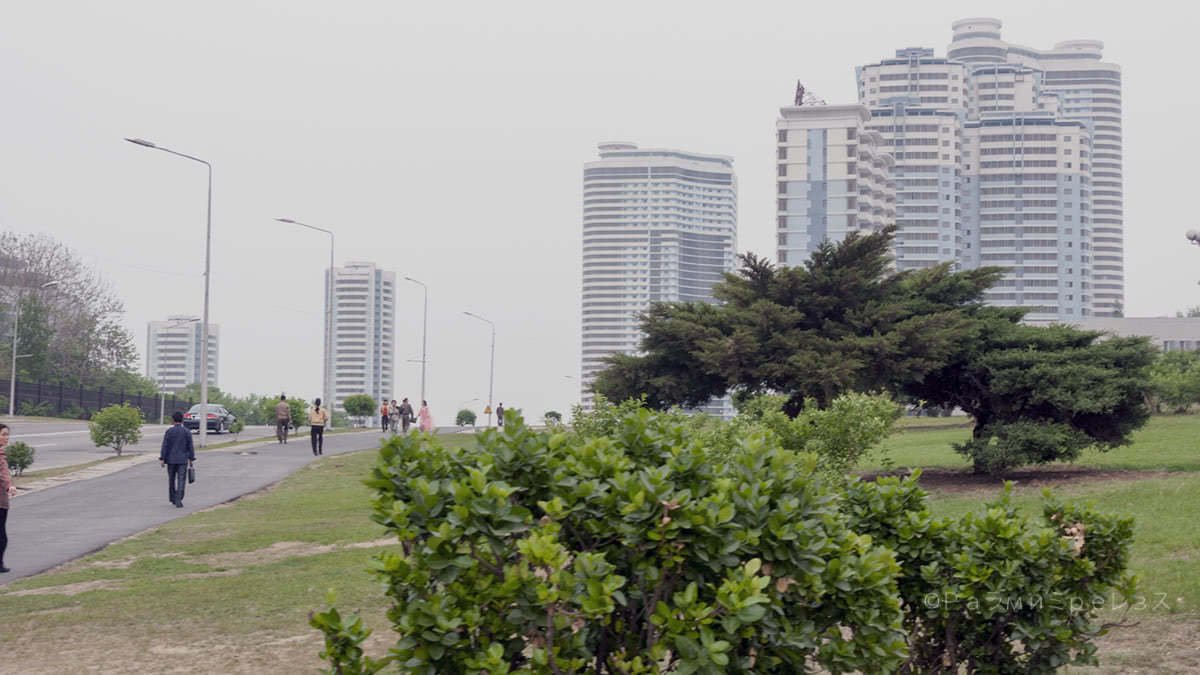
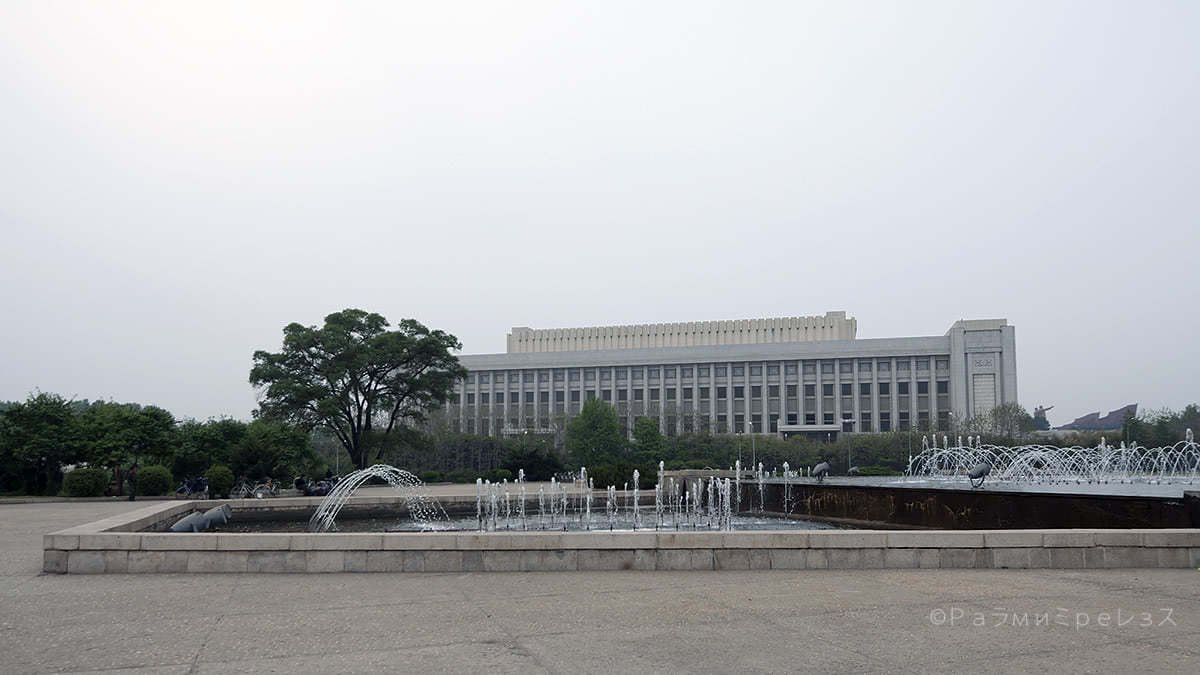

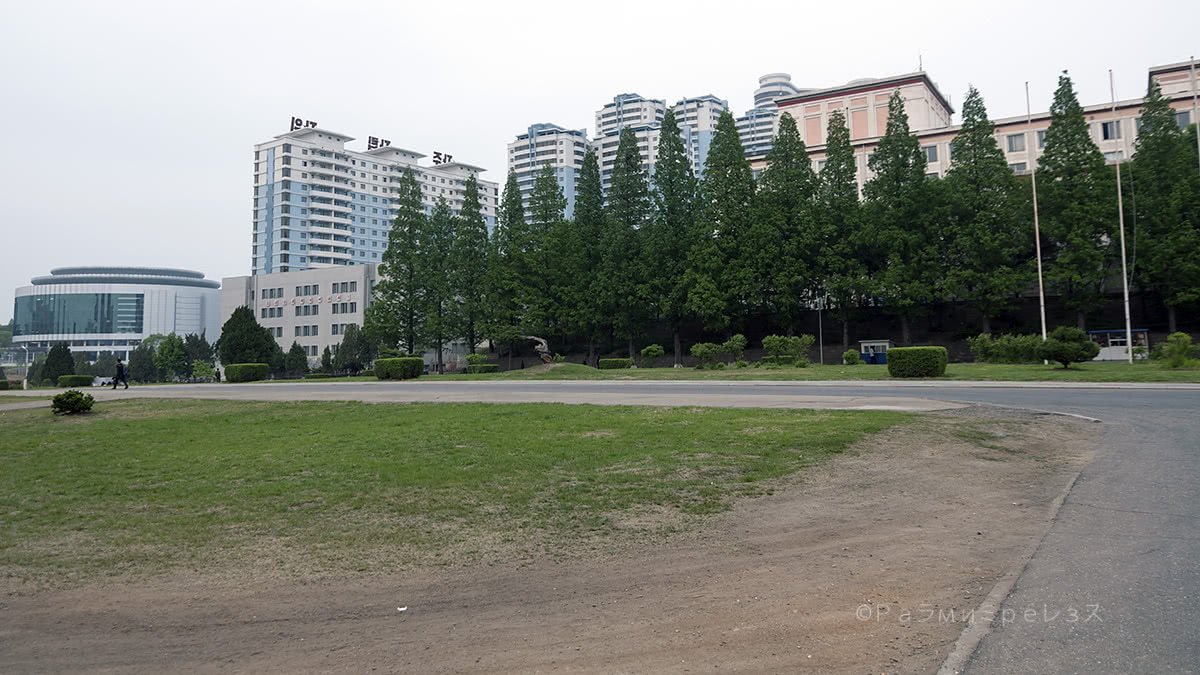
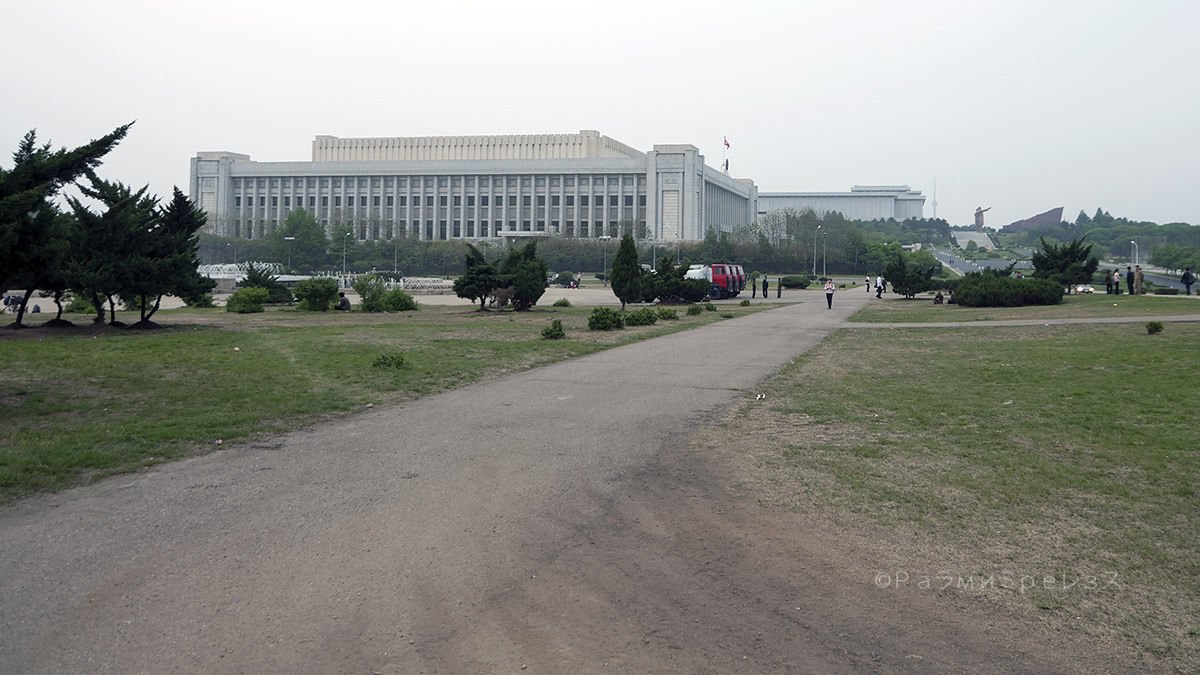

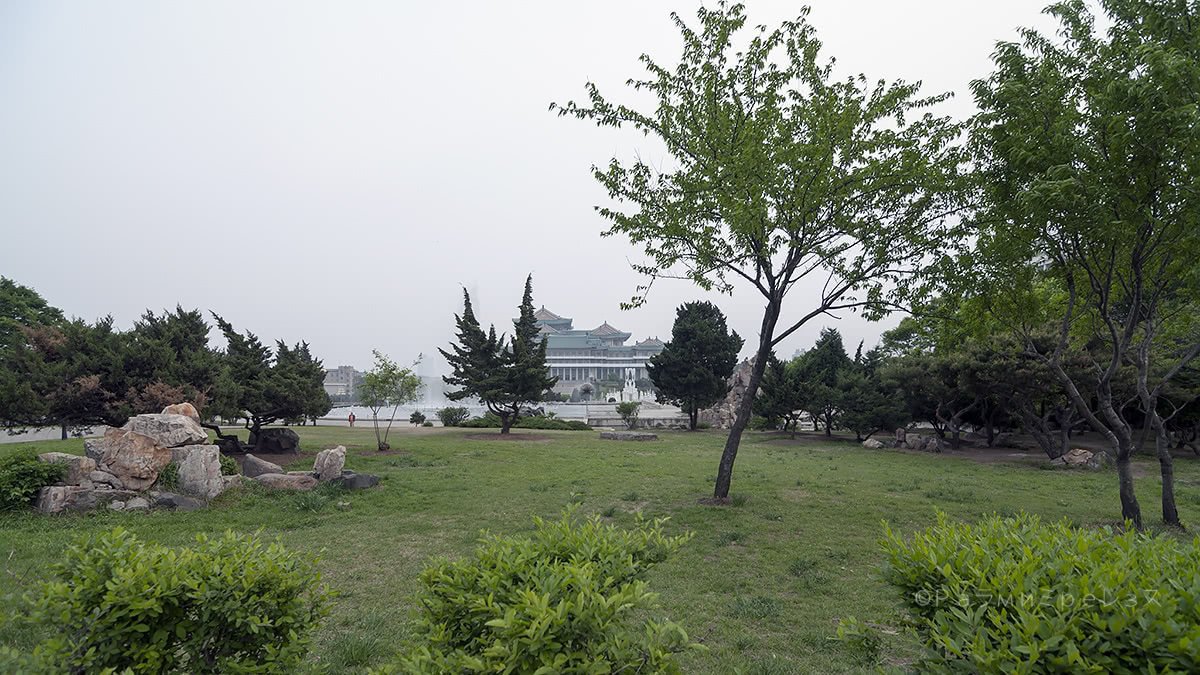
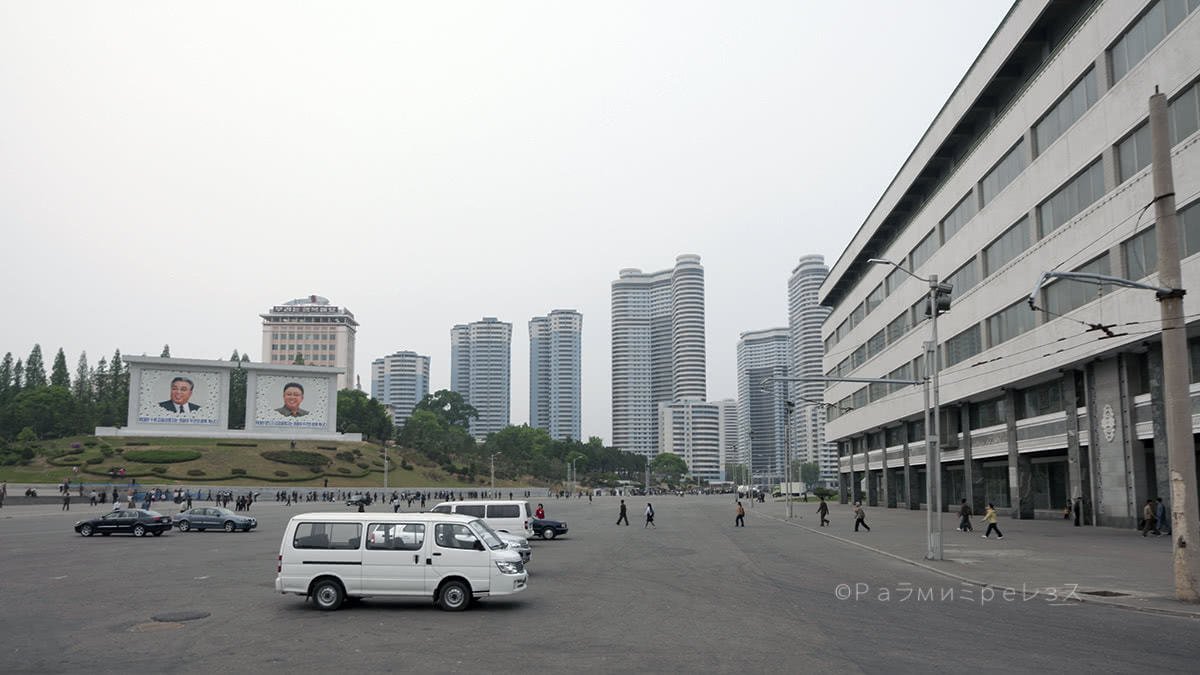
Pyongyang.
But evidently, it has its square-shaped communist touch.
There’s a huge monument honouring Kim Il-Sung and Kim Jong-Il in a place called Mansudae.
Actually, there are many monuments there, commemorating several things. But the most imposing ones are the bronze statues more than 20 metres high.
In the beginning, it was only Kim Il-Sung’s statue. When Kim Jong-Il died he got his own statue.
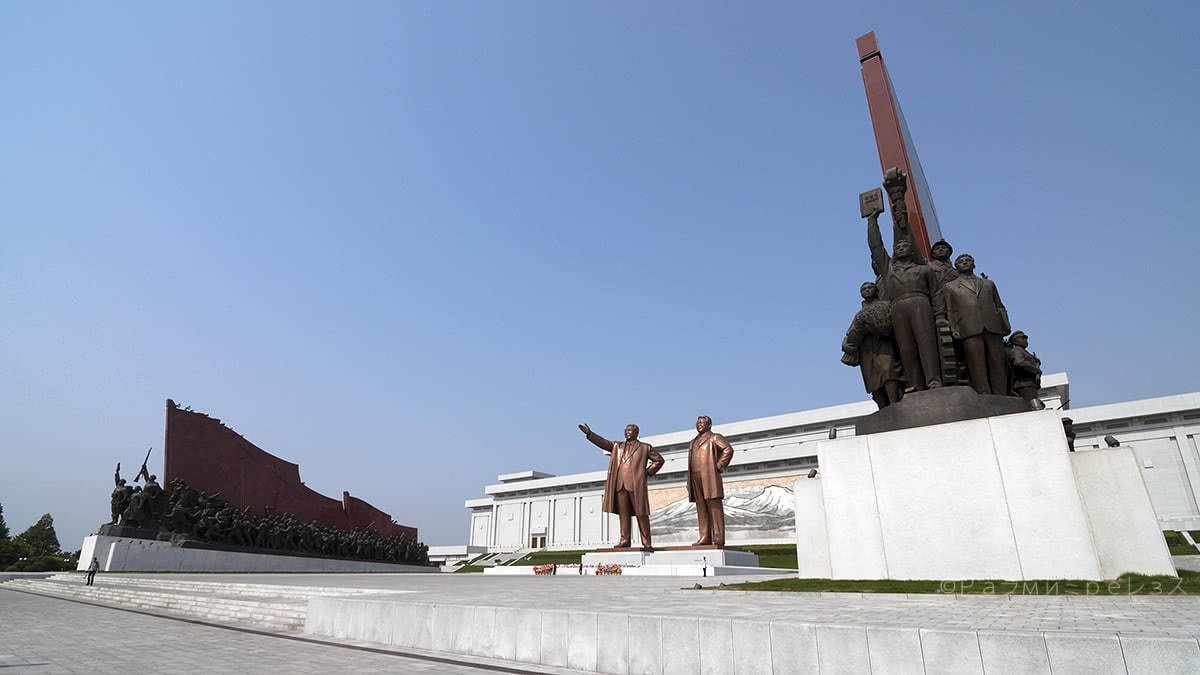
The arrival is via some stairs. Before going up, one needs to buy some flowers from a lady for offering.
Then one goes and offers them, and then they get “recycled” and re-sold.
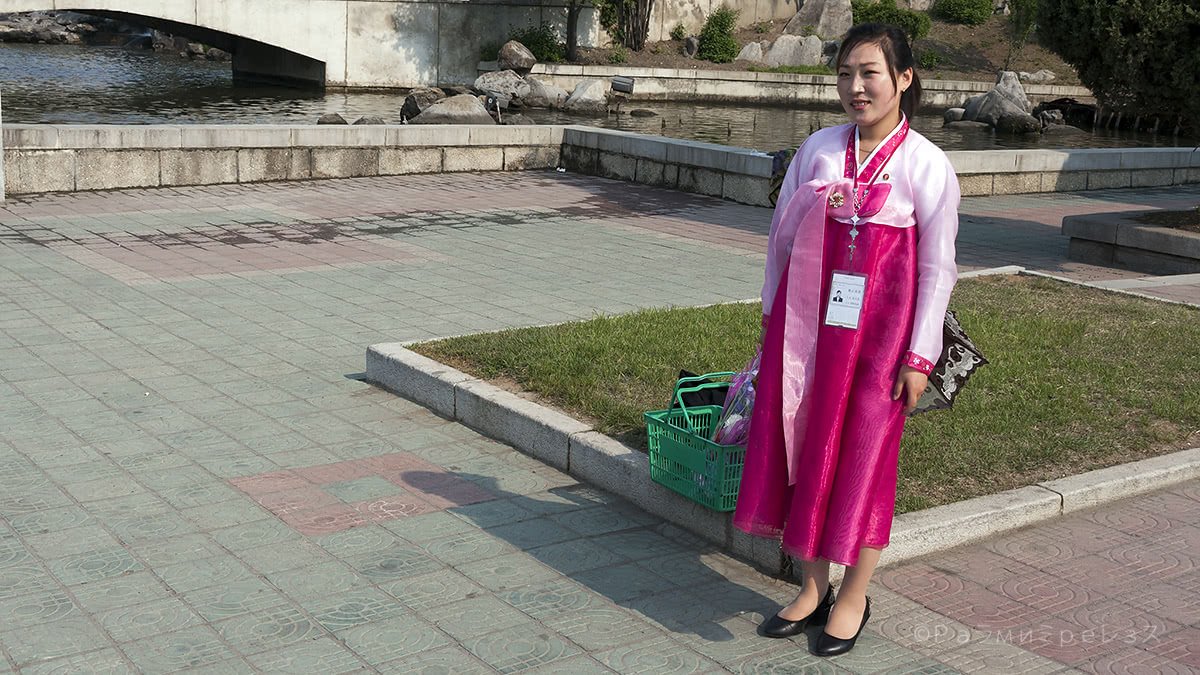
If you’re going to have your picture taken there, both statues need to appear in full without cropping them. Lest they get mad at you (and you don’t want them to be mad at you there).
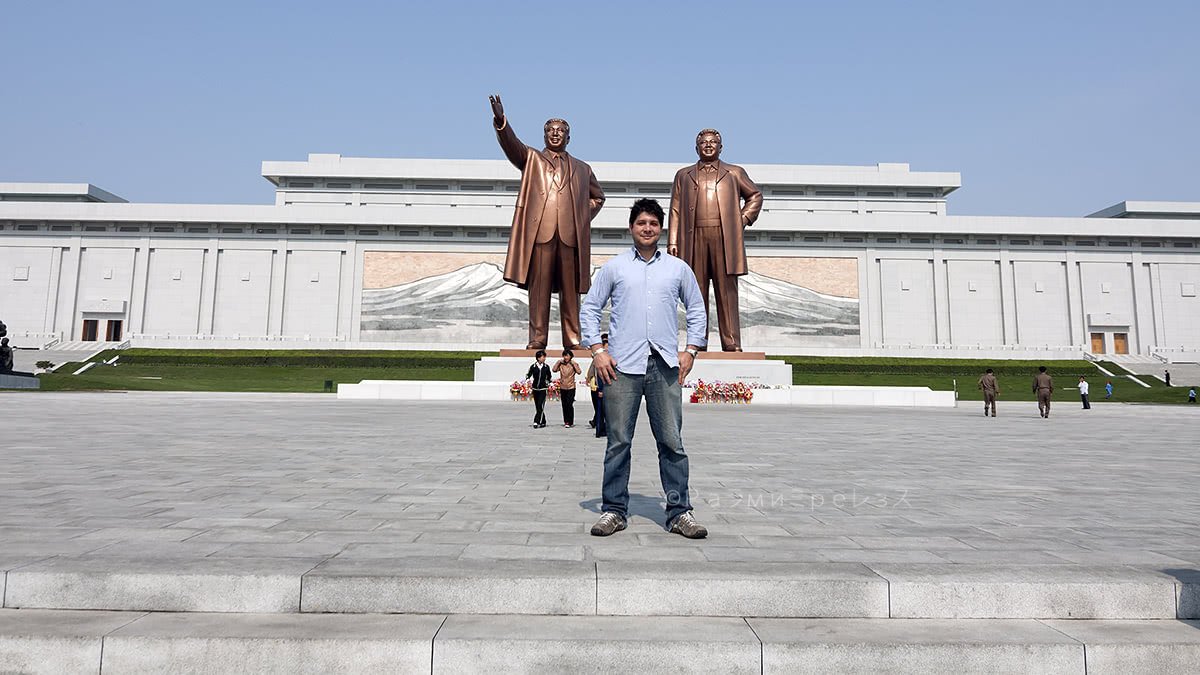
The original statue was made of gold or was golden-like, or something.
Rumour has it that China did not like so much opulence. And since they’re North Korea’s most important friends (and perhaps the only ones), they let it be known to them that they should be more low-key, or there was going to be trouble.
And that advice went heeded in Pyongyang. I can’t say anything for a fact, of course, it’s only a rumour as I say.
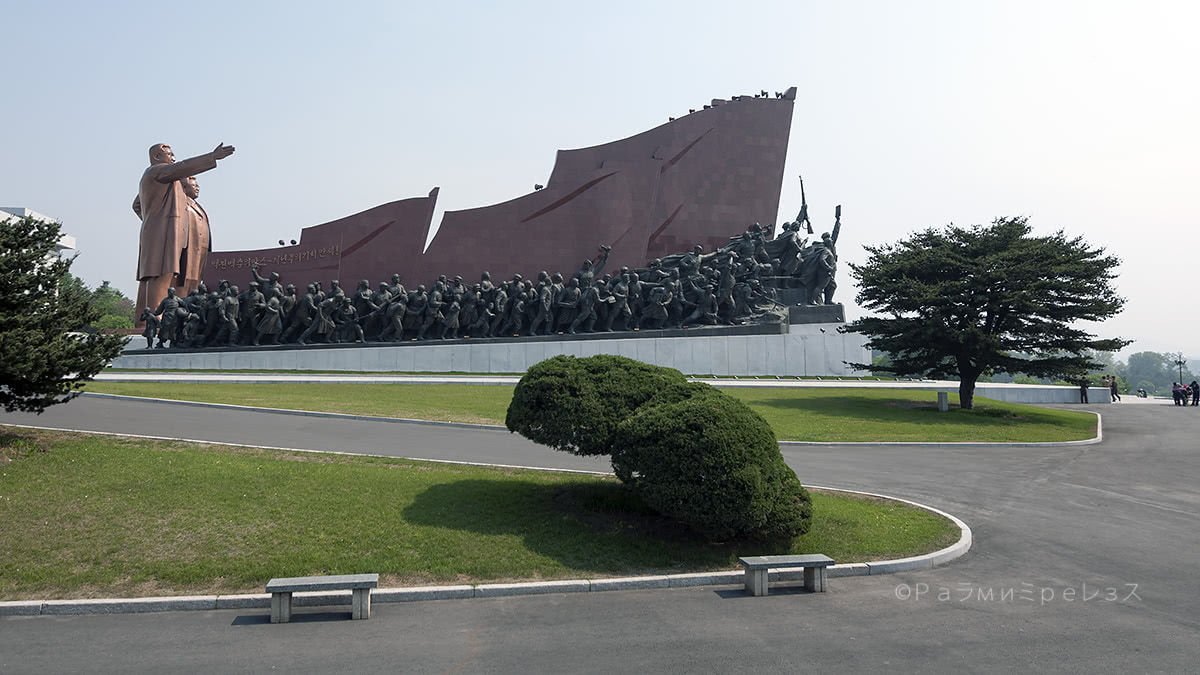
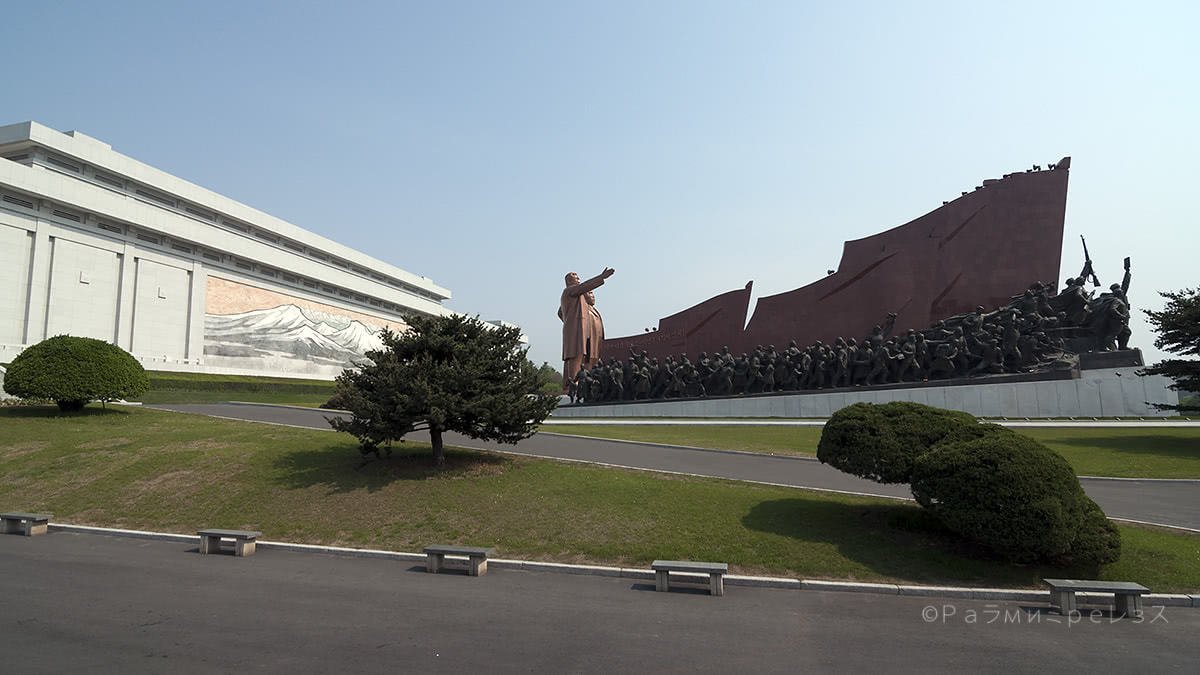
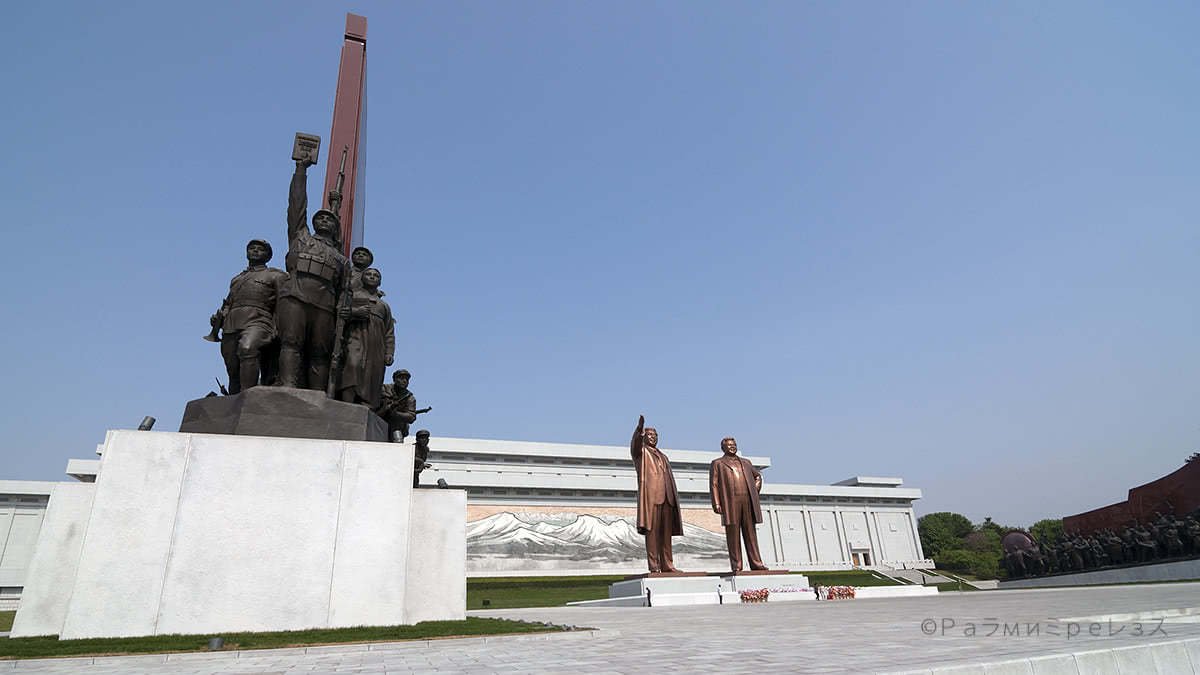
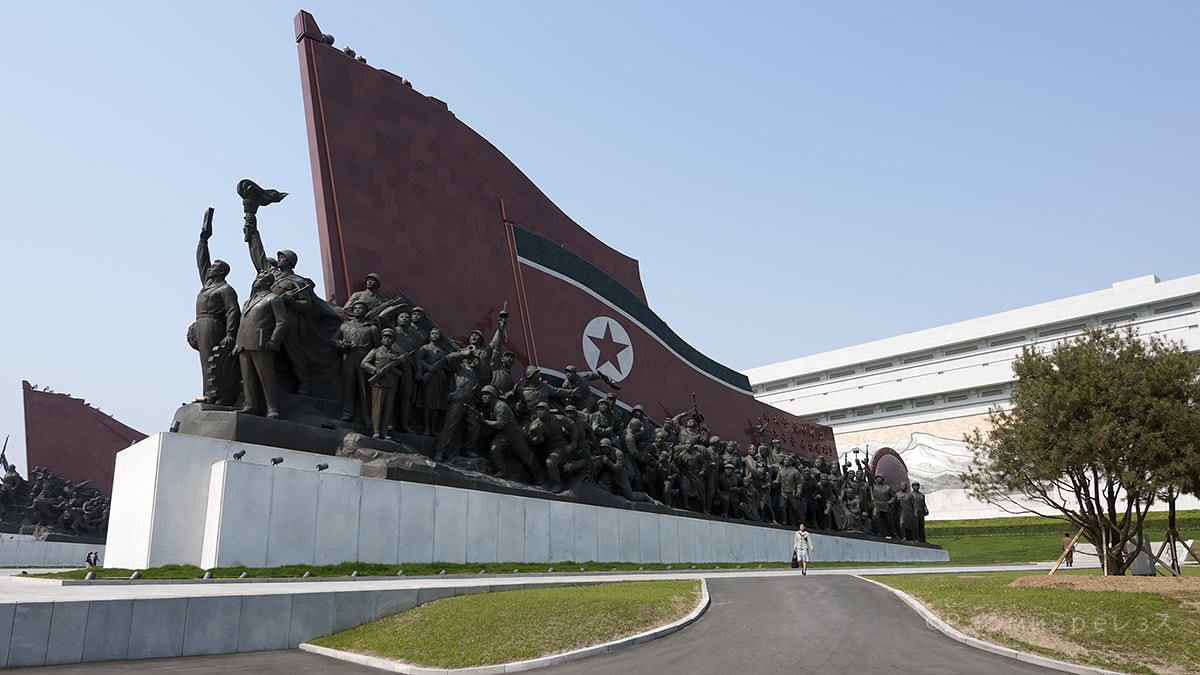
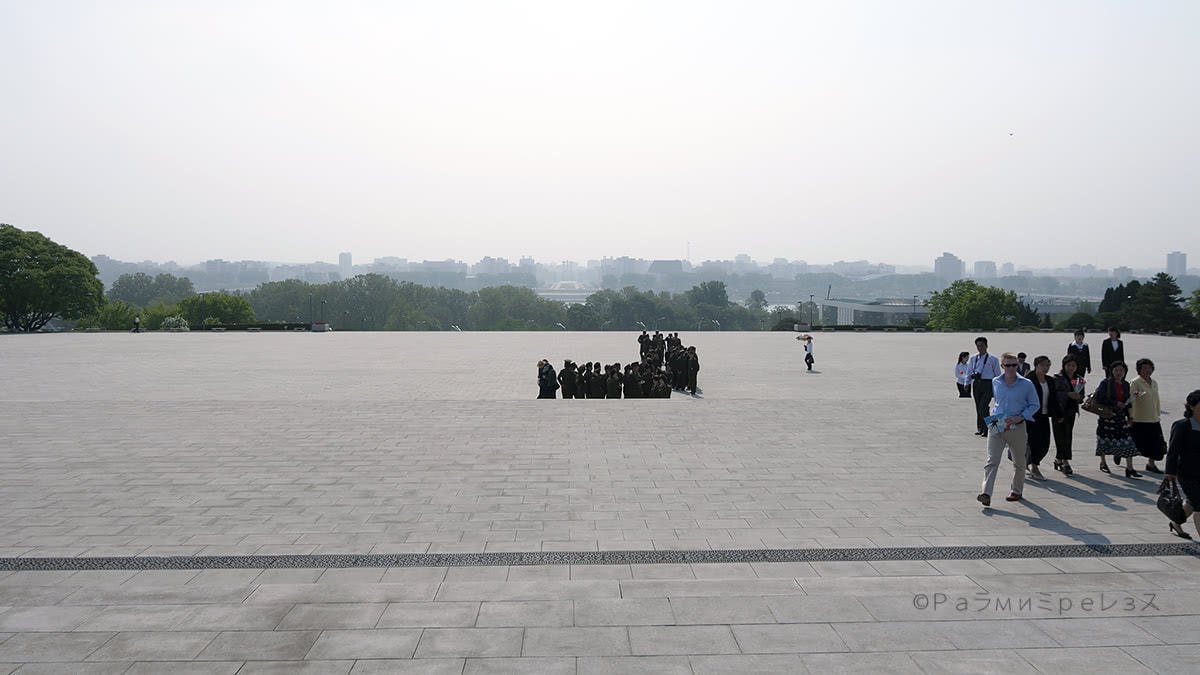
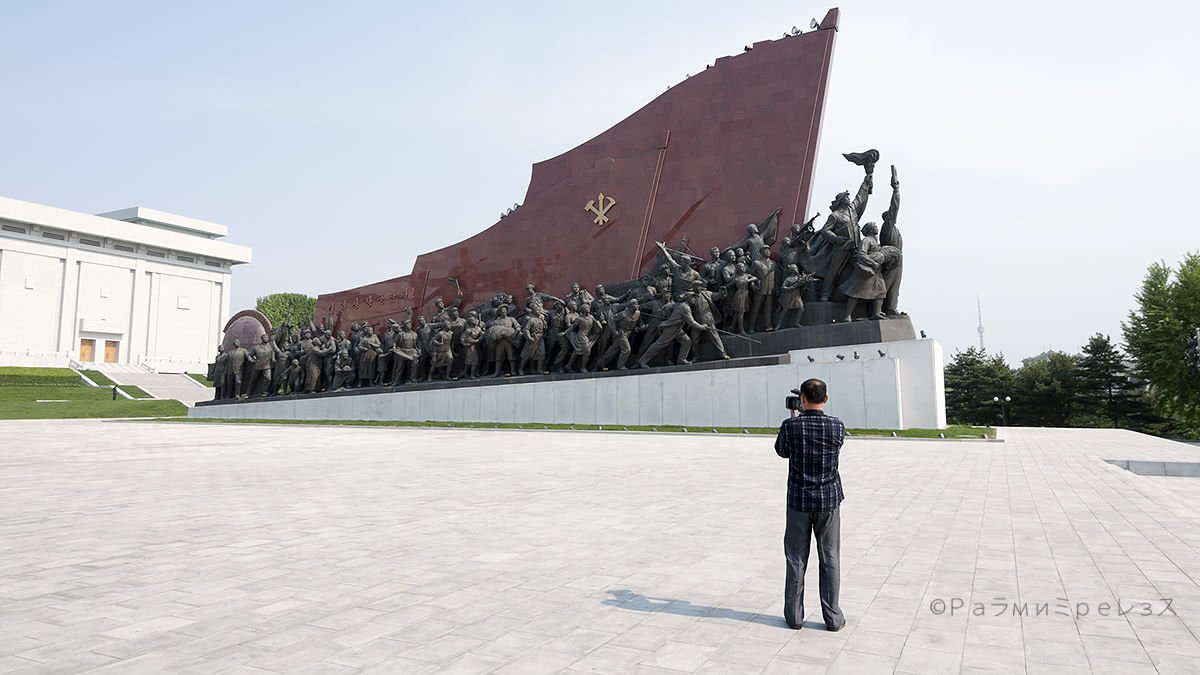
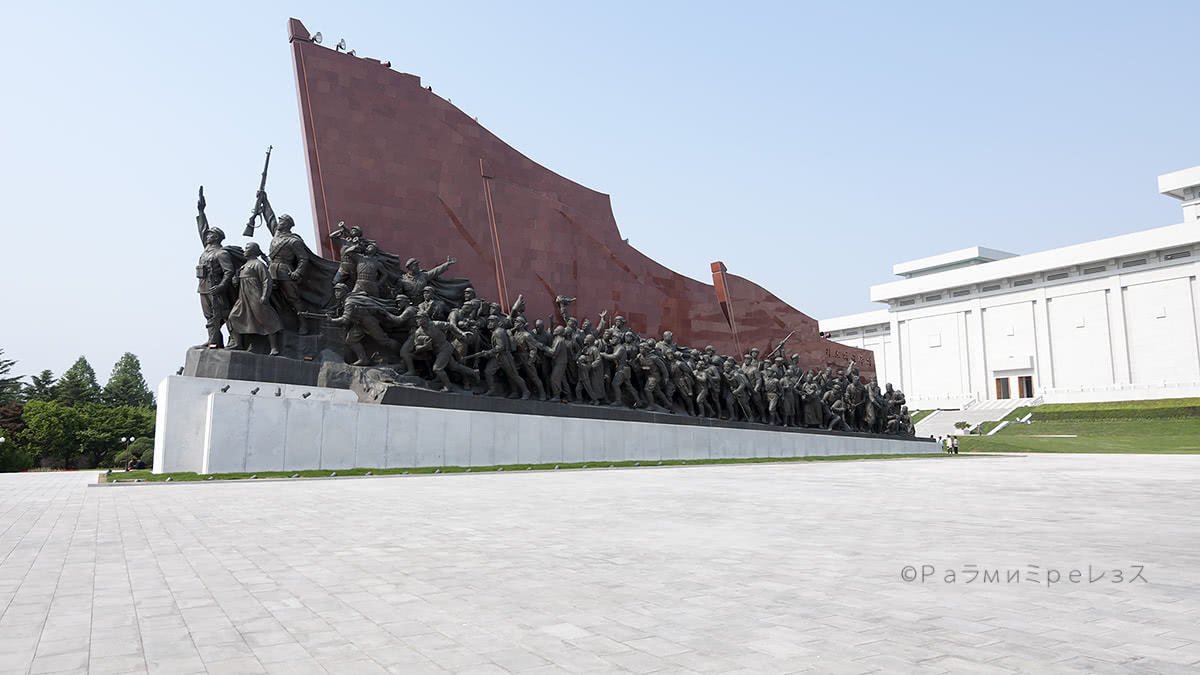

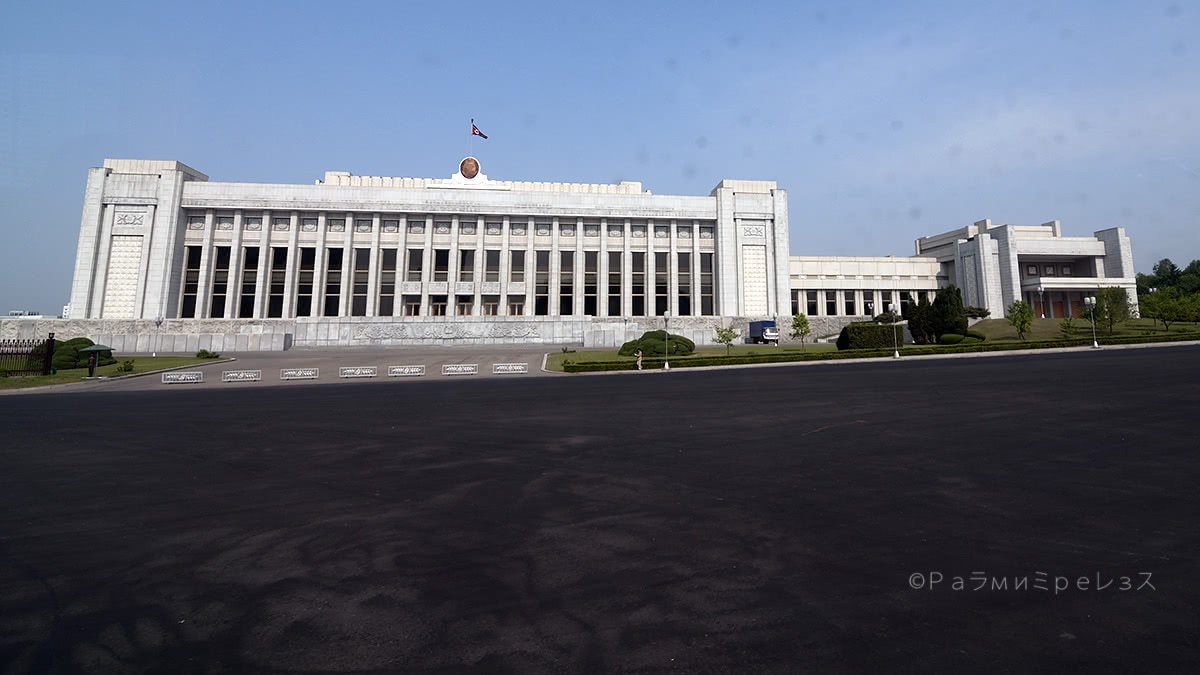
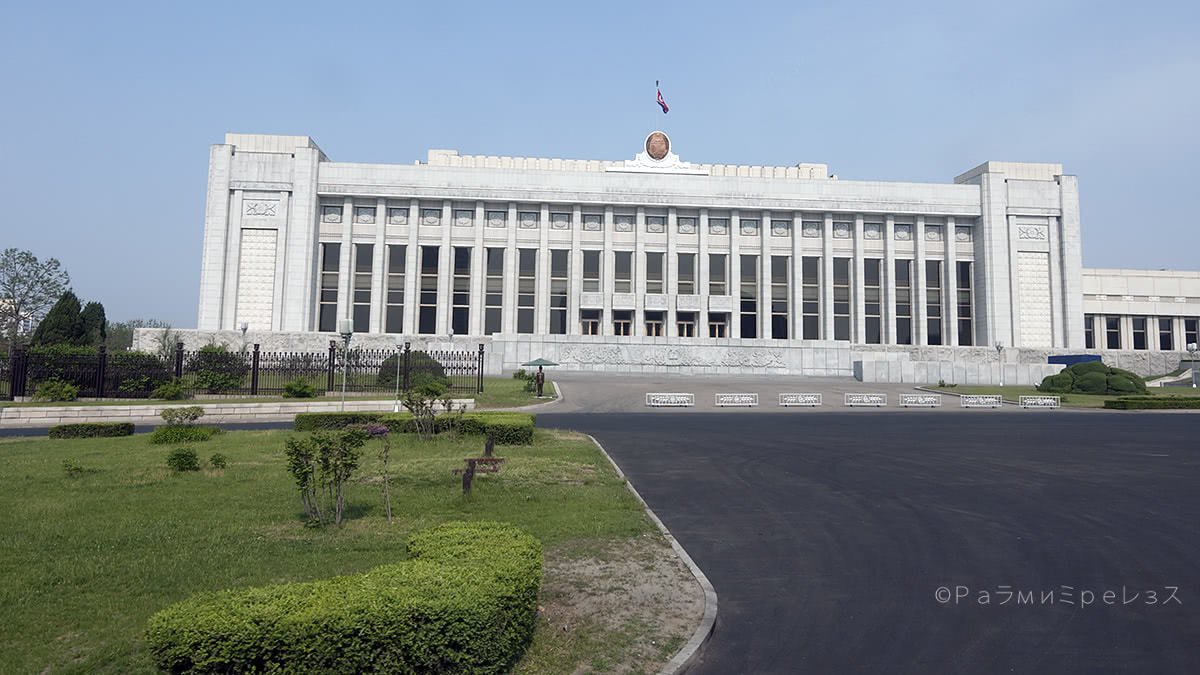
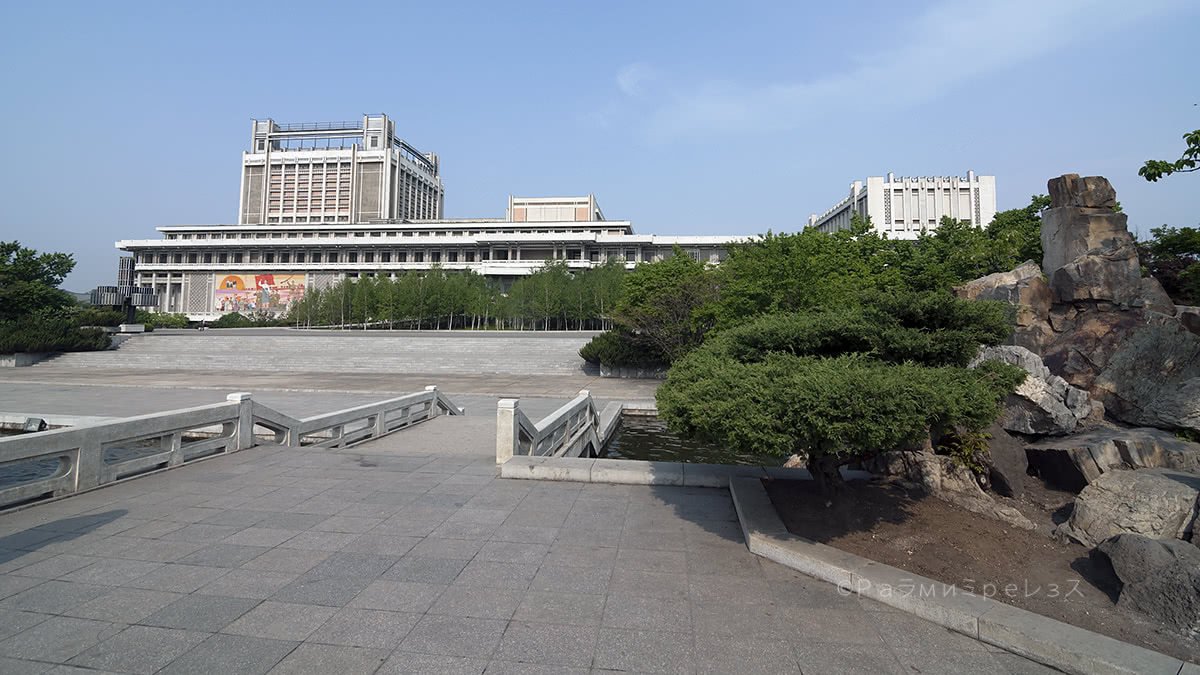
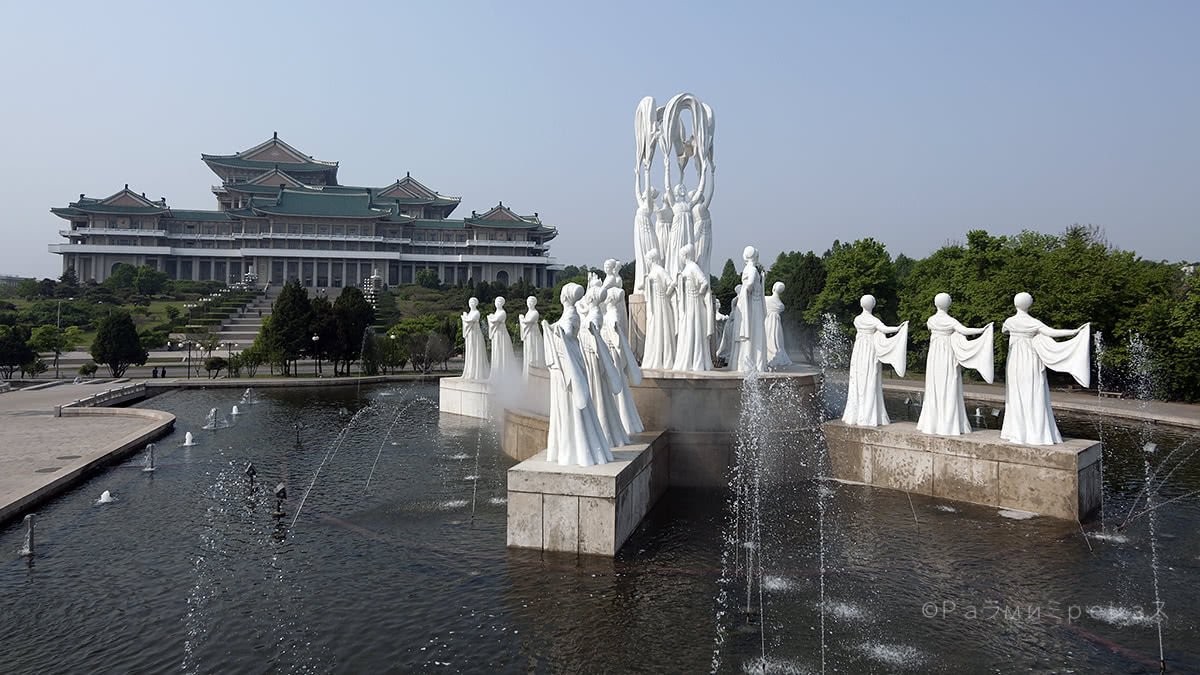
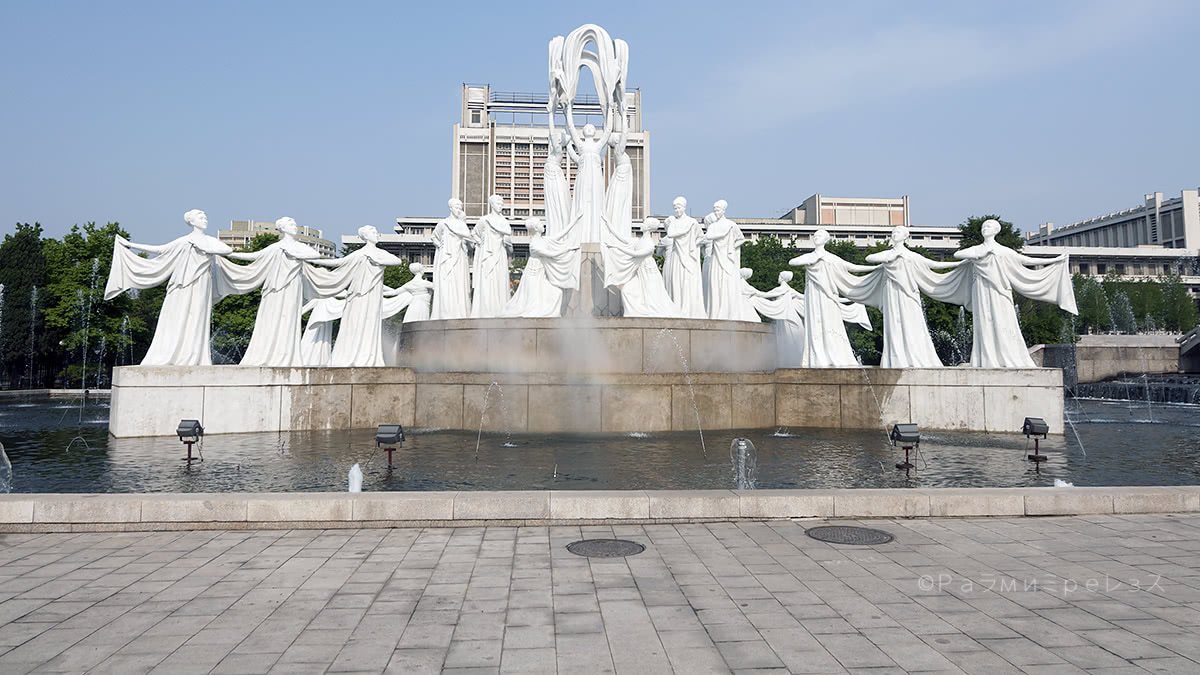
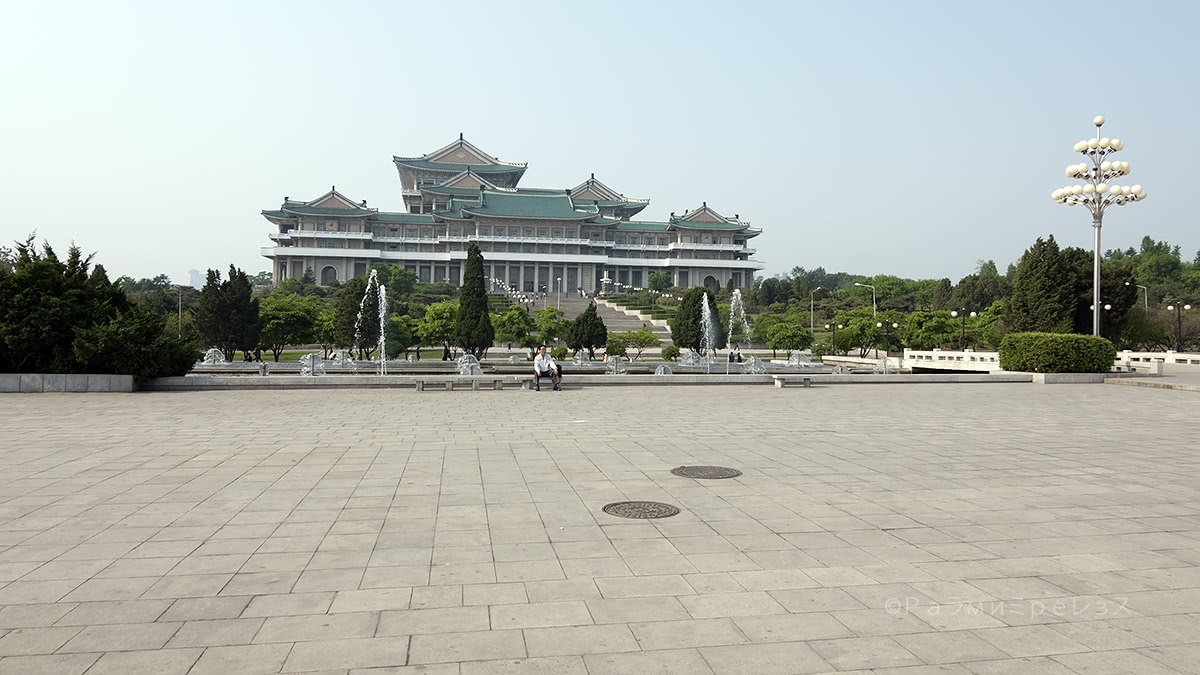
Mansudae.
Close to Mansudae, there’s also a huge statue of a Chollima.
It’s a mythological winged horse that, they say, goes fast as fuck and reaches any corner quick. Like a Colombian motorcycle chavtastic driver down a mountain road (this includes those chavs in high-end motorcycles as well, not all chavs ride the venerable RX-115).
Not just anyone can ride the Chollima, they say.
They made it to commemorate the “Chollima Movement”. It was a movement that Kim Il-Sung made to encourage improvements to production at the end of the 50s.
They use the Chollima in North Korea for many things. Especially when it’s about speed in achievements, it’s called “Chollima speed”.
There’s a Pyongyang metro station called like that as well.
Chollima.
The Mangyongdae native house is pretty close to Pyongyang.
They say Kim Il-Sung was born and raised there as a poor peasant. It has some pots, pans, and cookware they say belonged to his family.
This account is disputed by other people who say that Kim Il-Sung was born in a middle-class family, and spent a good deal of his childhood in China. But as with everything, I can’t say for a fact.
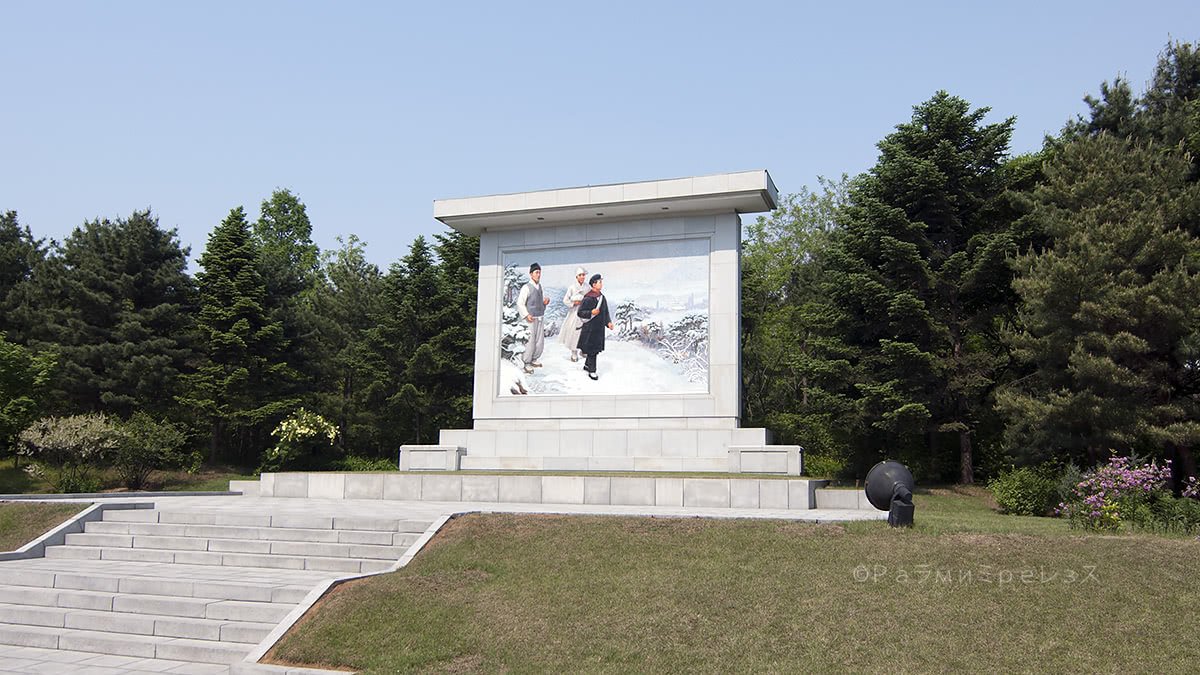
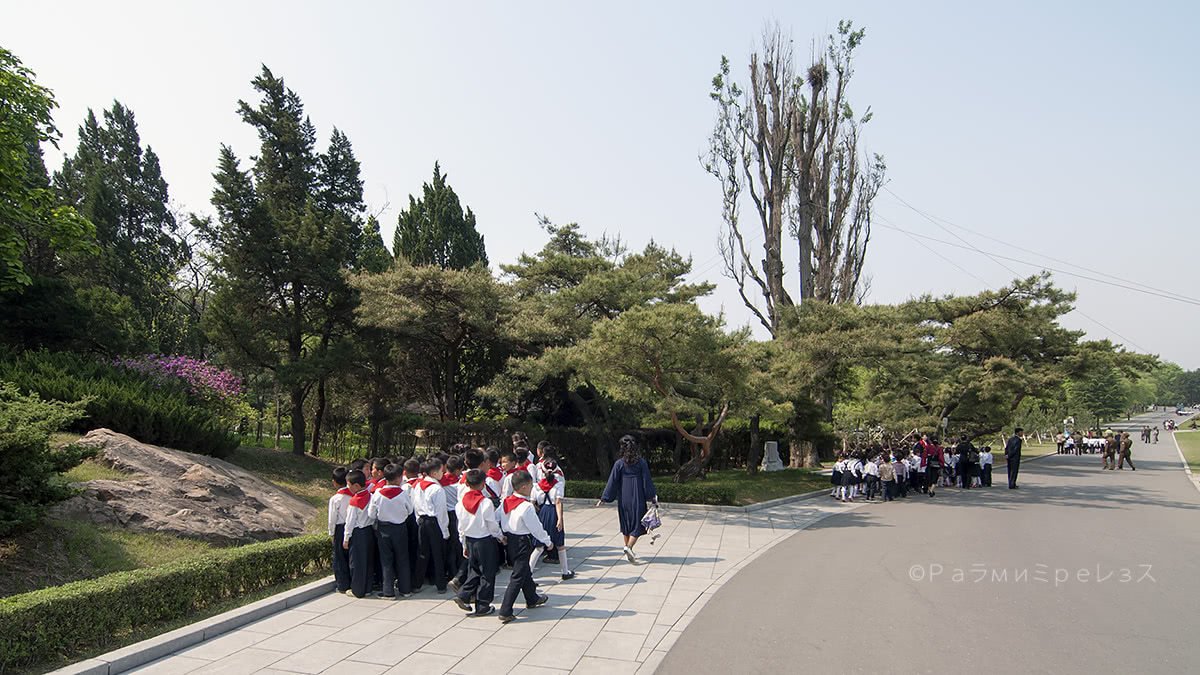
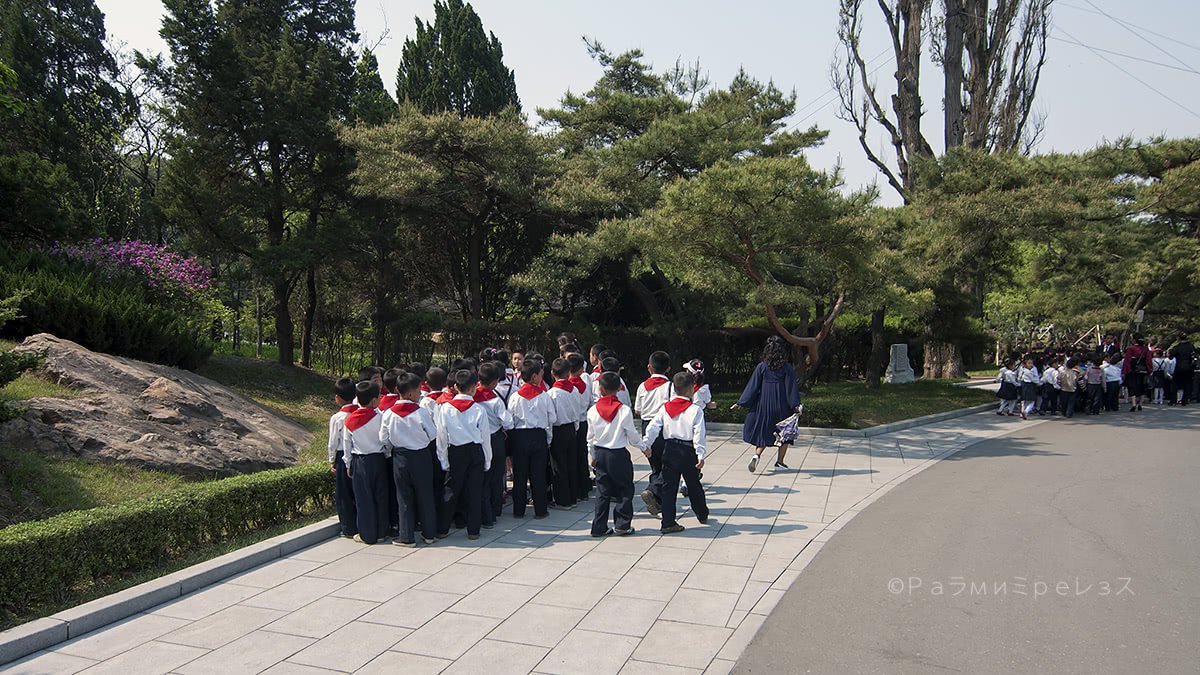
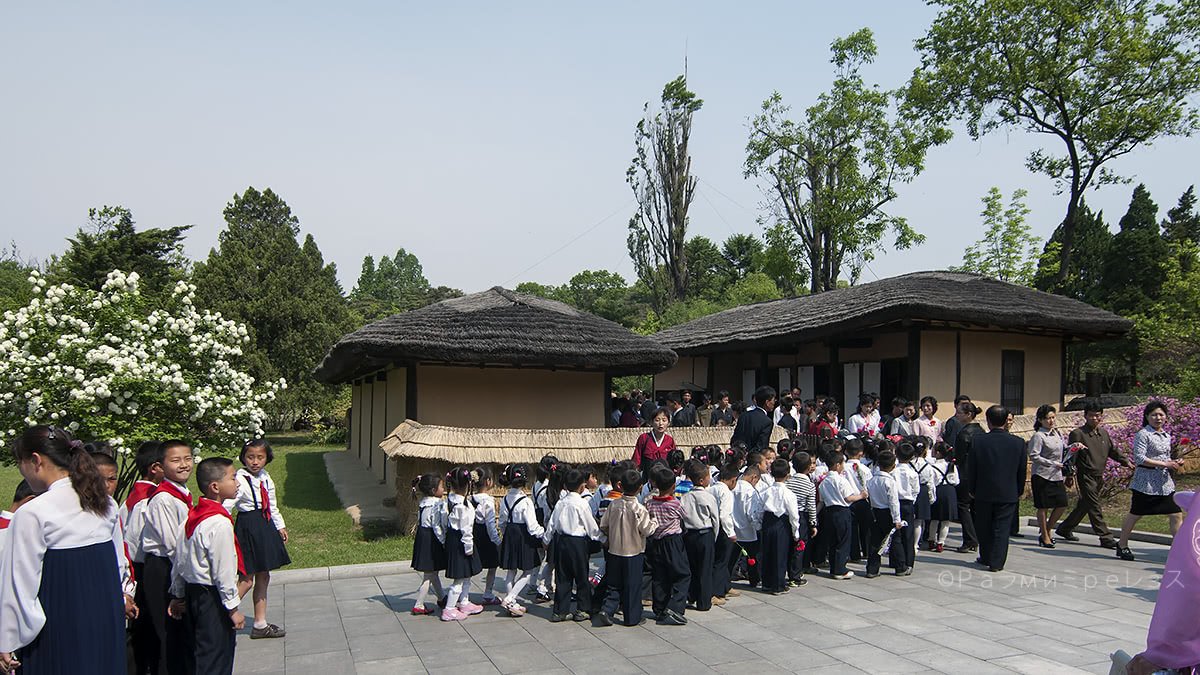
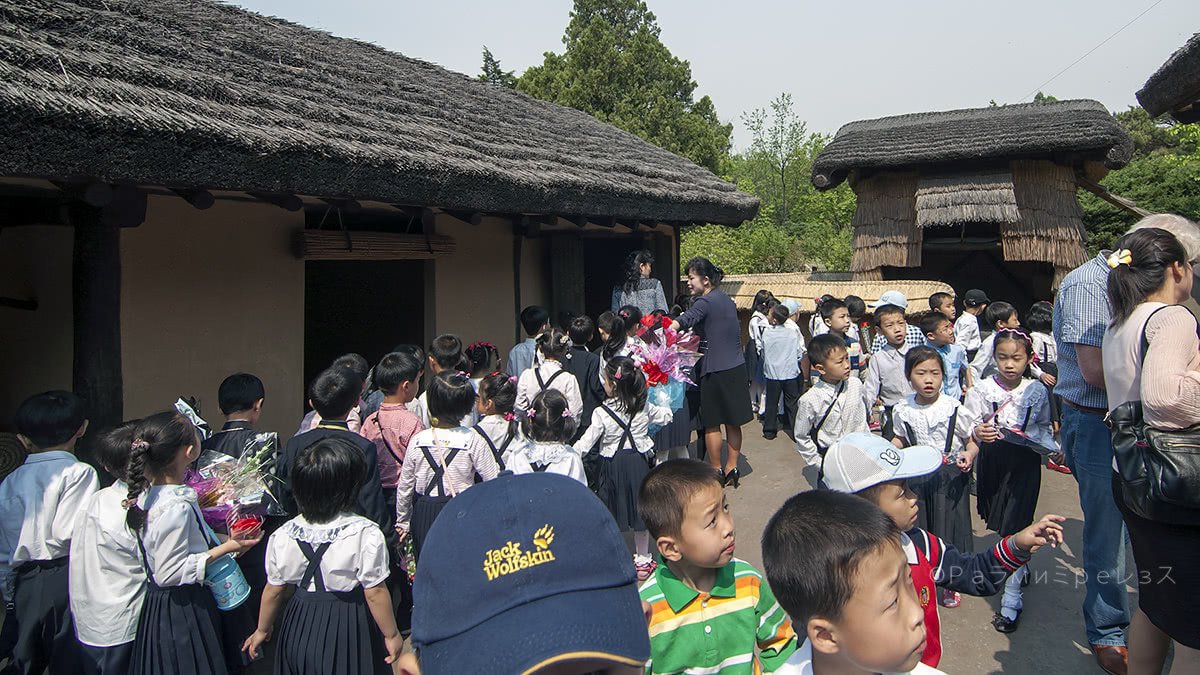

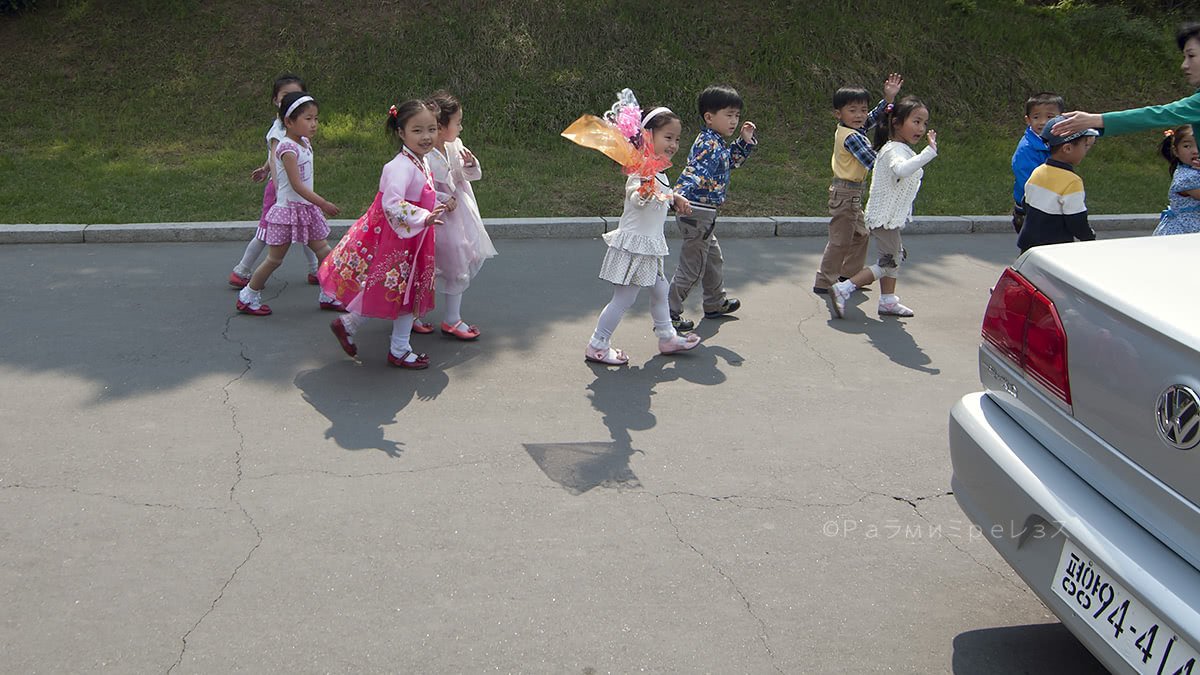
Mangyongdae Native House, and the children.
It’s an almost mandatory pilgrimage place for whoever is able to go. When I went there, there were many kids of school age going with their teachers.
Perhaps about grades 1 to 3 in the Colombian system, right when you’re learning to read, write, add, subtract and so on.
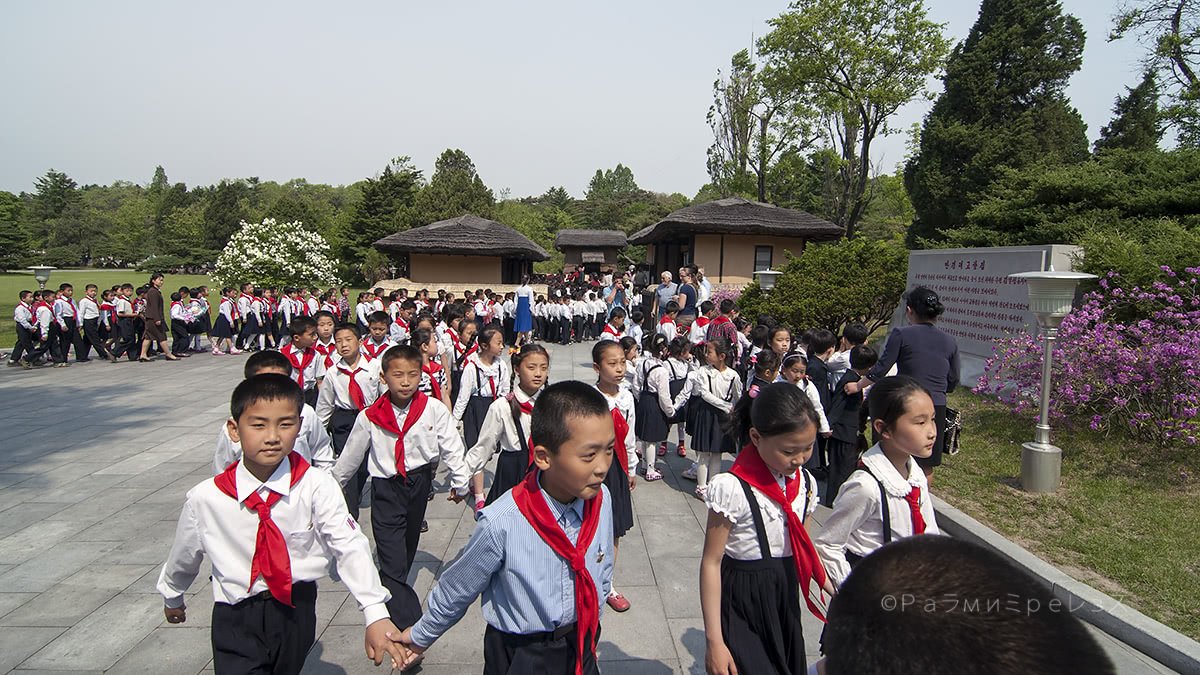
There I saw two curious things for the first time.
The first thing is that there were many soldiers, but they weren’t doing very “military-like” tasks. They were doing gardening works around the place with their own hands, weeding and that sort of thing.
I’ve read in several parts, that often they send soldiers to do that kind of tasks. Or to reinforce any project that the government needs, as labourers, to finish them at “Chollima speed”.
I’ve read that Pyongyang Airport’s new terminal was one such project.
The second thing I saw there was a van with some speakers on the roof.
The information I have is that there are many of those, and they roll around the country with songs to “cheer” the workers. Also, with simple spoken propaganda.
So you’re a solder fed up with weeding, and one of those cars stops beside you, and starts playing something like:
– “Tinkywinky, oh great leader, Dipsy I’ll die for the regime, Laalaa fuck the United States, Po, I’ll nuke you Teletubbies Say, Heeeeee-lo!”
And so, you’re refilled with Captain Planet’s energy to keep weeding full of love for the regime. Besides, you remember your childhood and the Kim-Park-Teletub show. Gooo Planet!

Haití Continental.
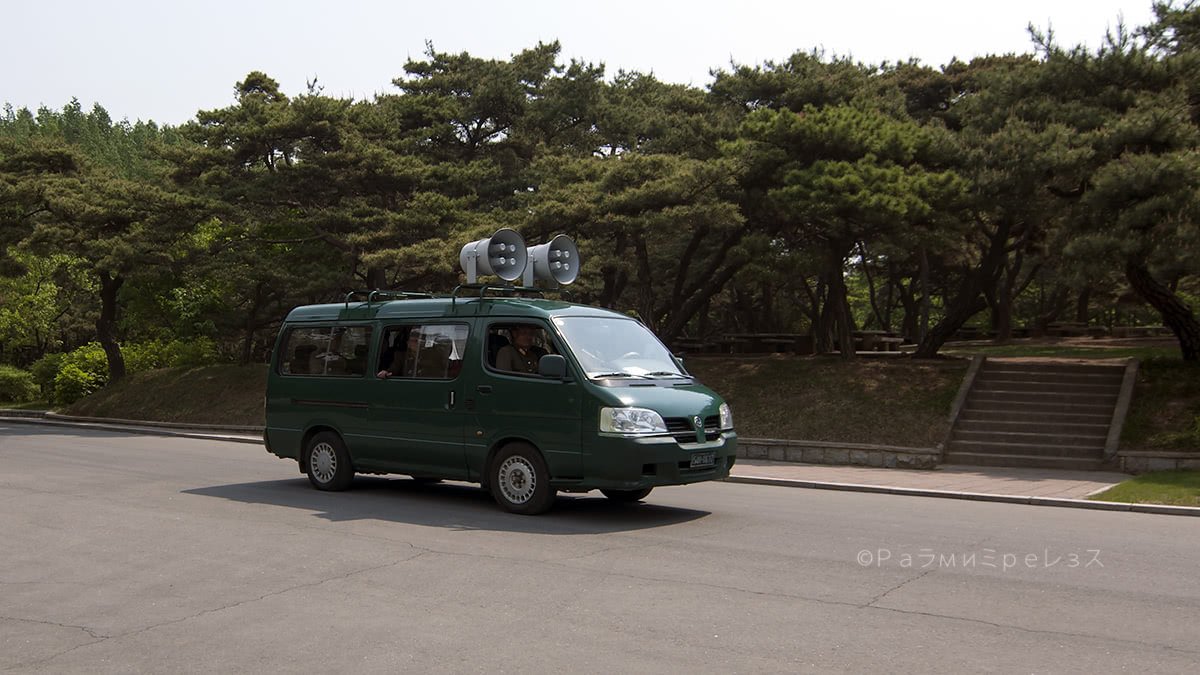
Not far from there is the Mangyongdae children’s palace.
It’s a big building where children of school age go and take part in after school activities for many hours. This is not very different from what they have to do in South Korea with so much extra tutoring.
They teach them music, calligraphy, dance, taekwondo, and other things. When I went, I was shown a theatre play as well.
Of course, in the entrance, there’s a statue of Kim Il-Sung with some kids. And inside various paintings about “the love that Kim Il-Sung and Kim Jong-Il have for all the children”.
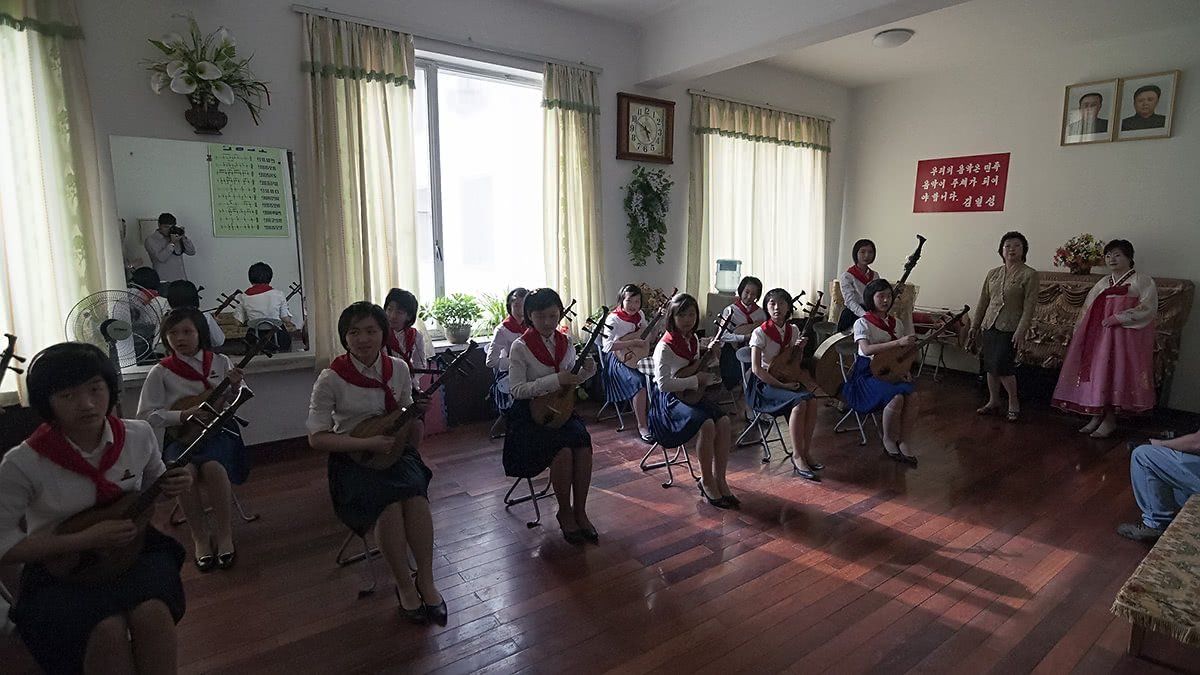
It’s not crystal clear for me if it’s mandatory for them to go. Nor how do they choose who gets to go, nor whether what one sees is the normal day-to-day or a choreographed act for foreigners. But it’s interesting nonetheless.
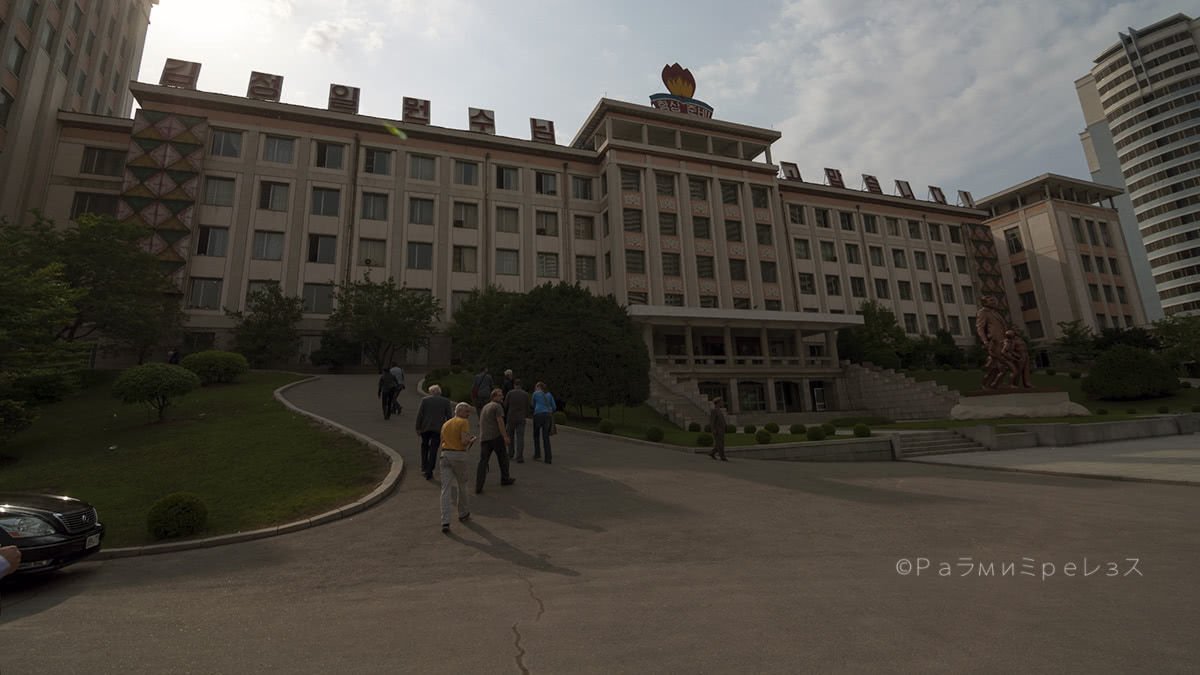
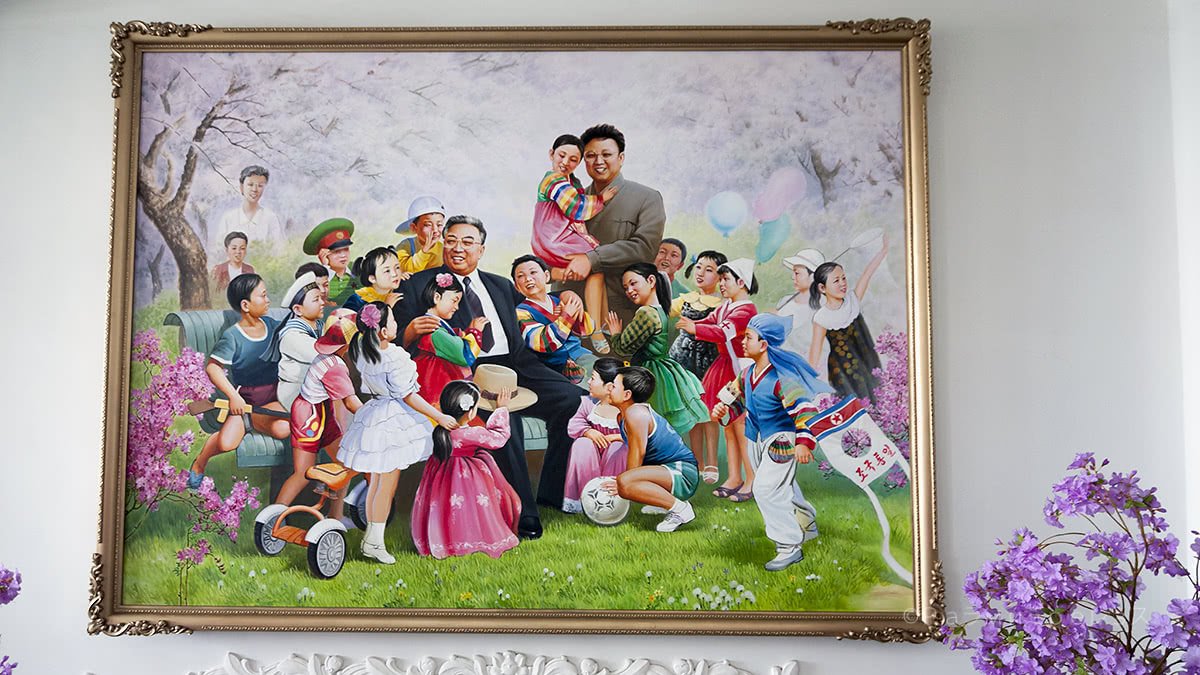
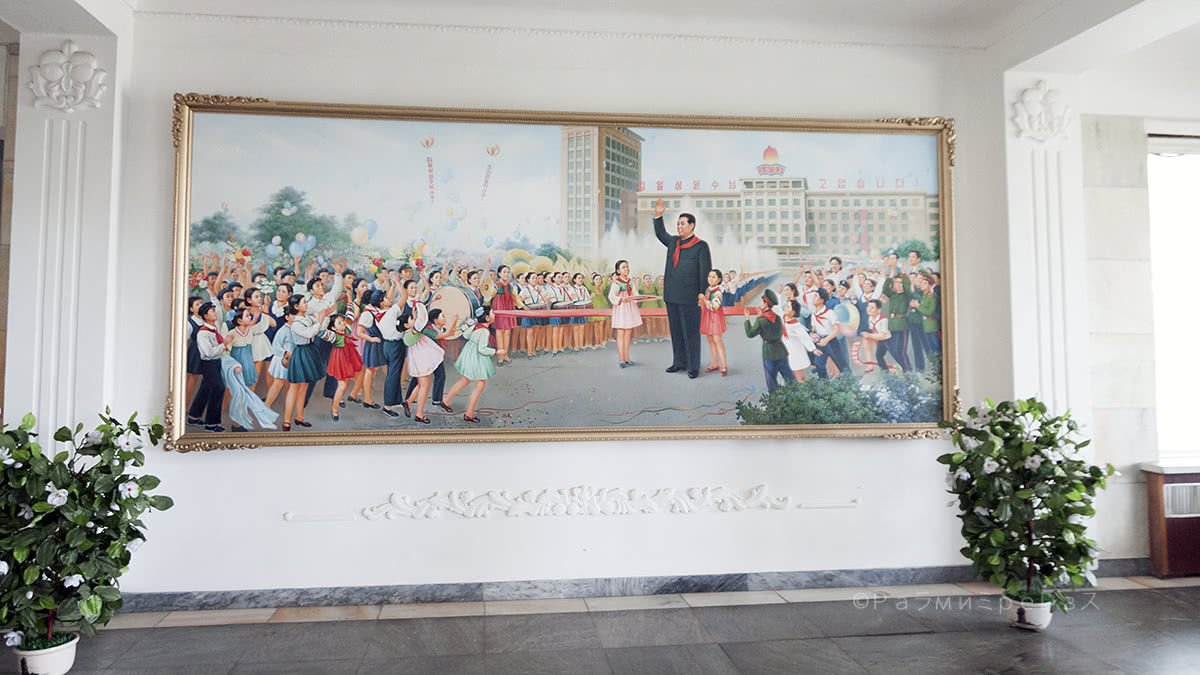
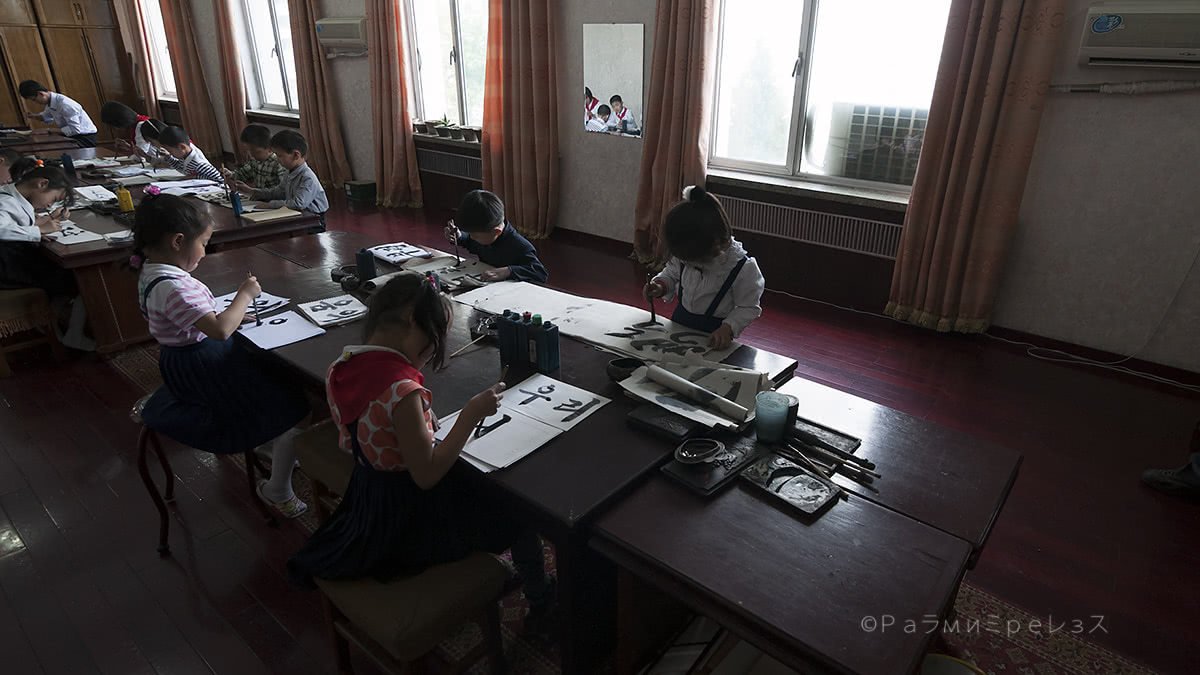
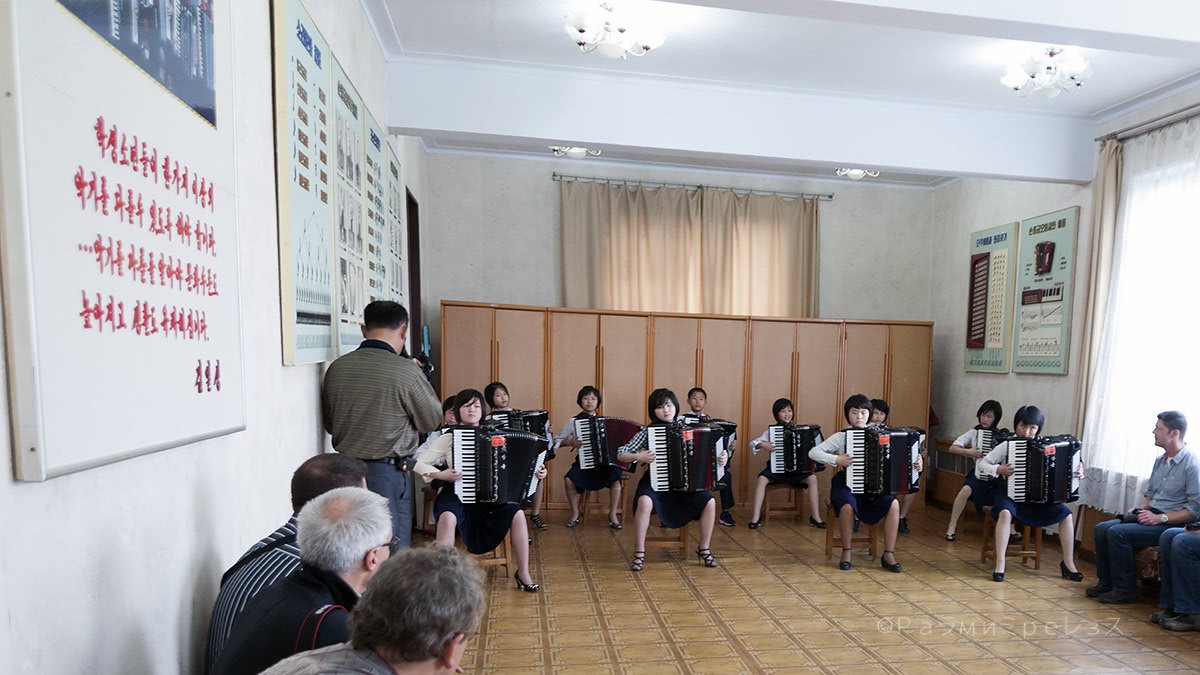
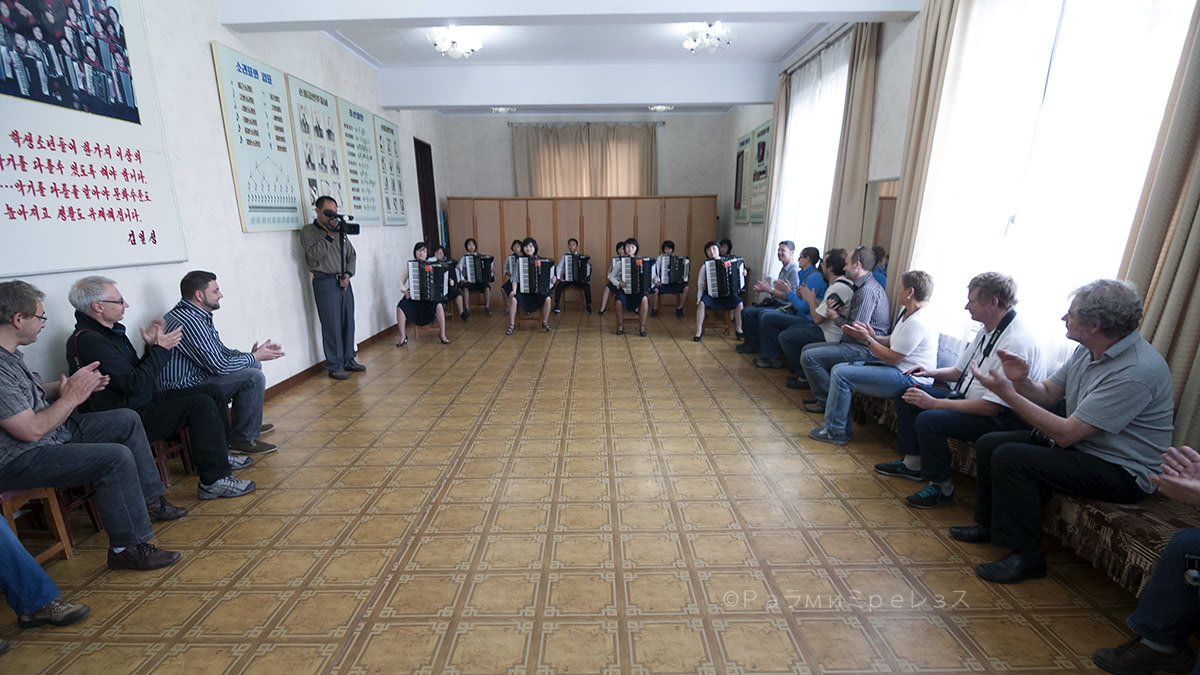
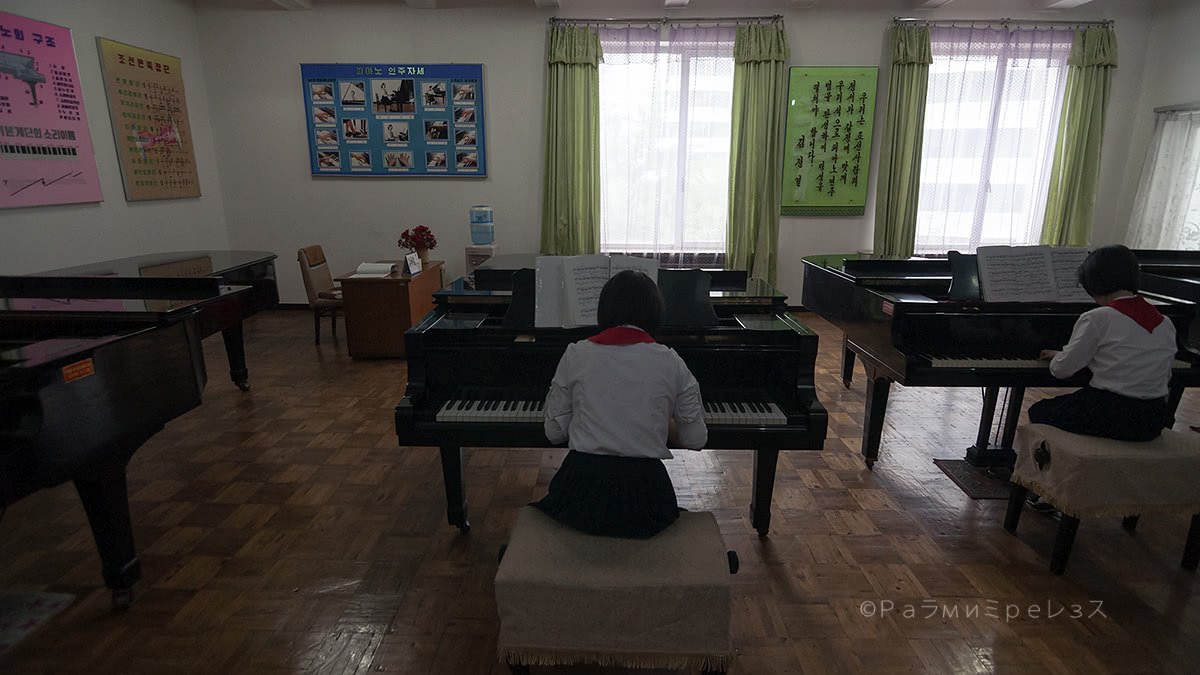
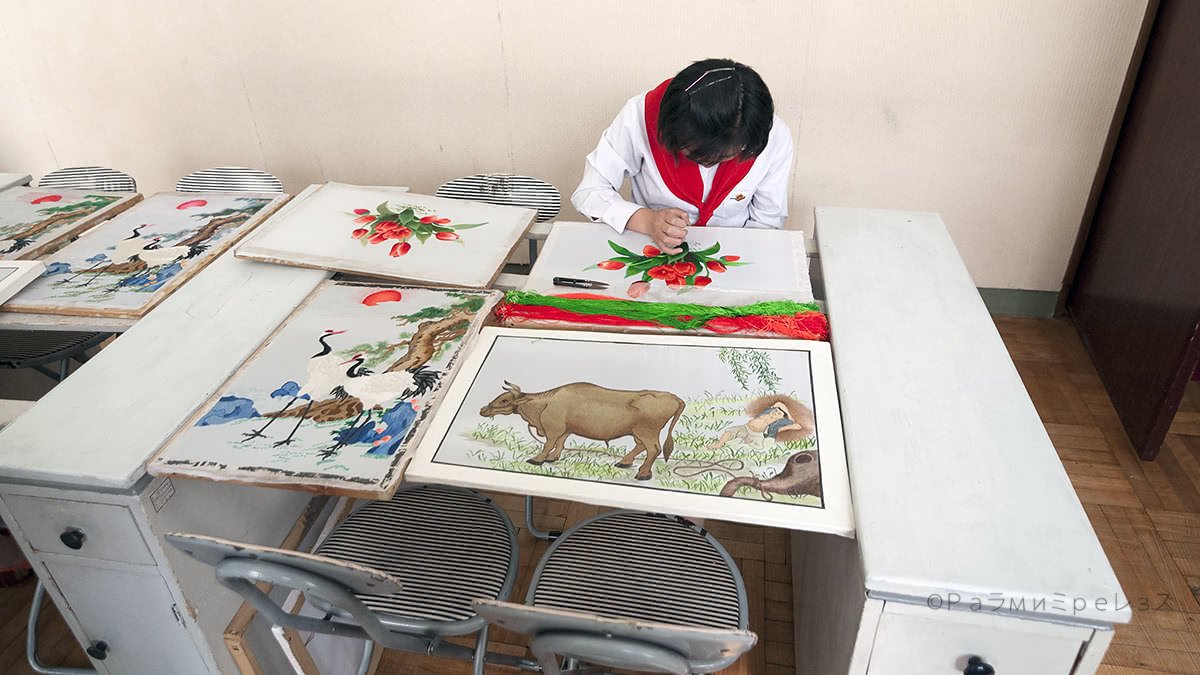
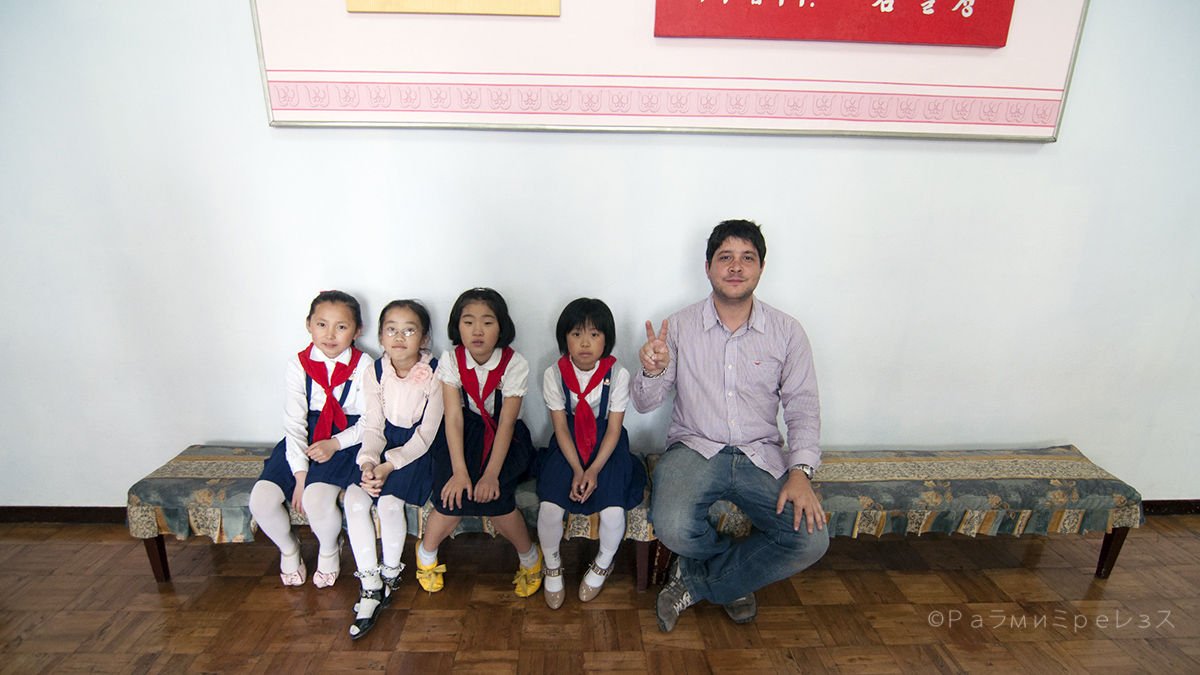
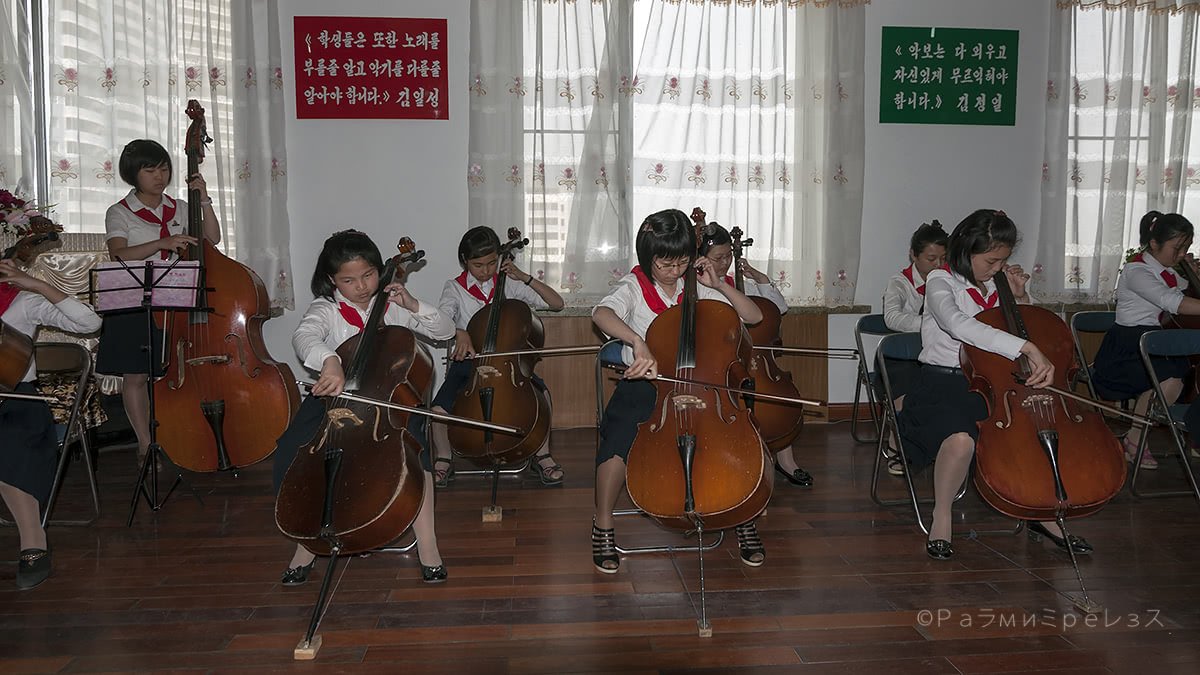
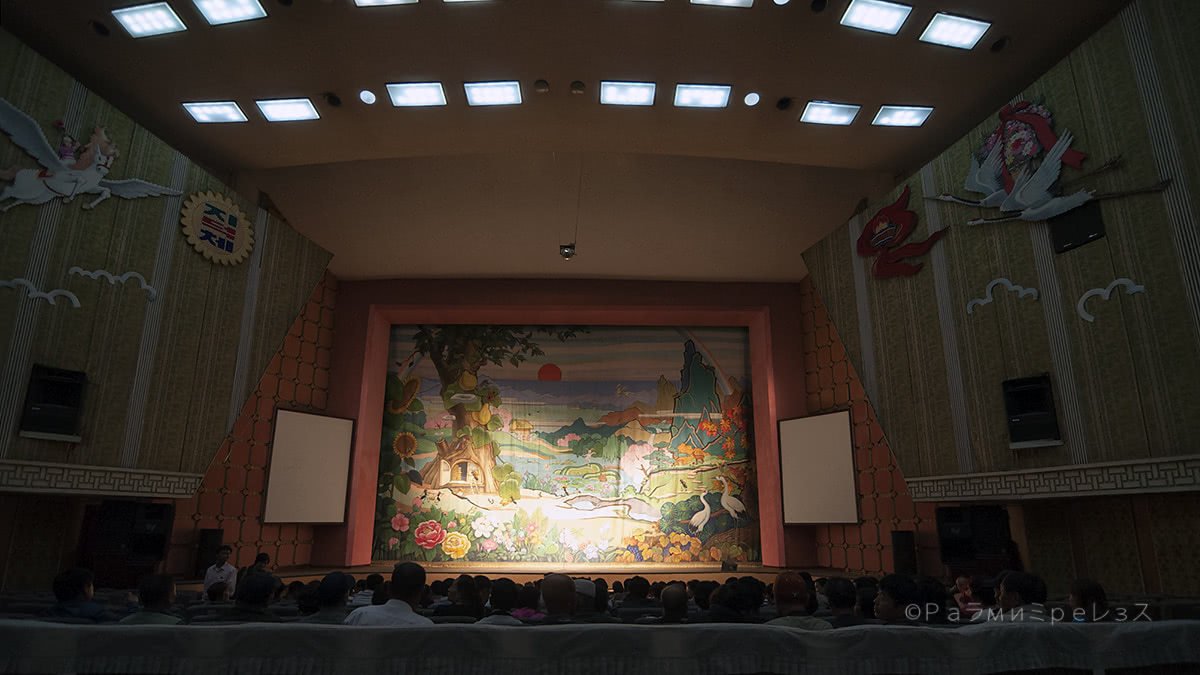
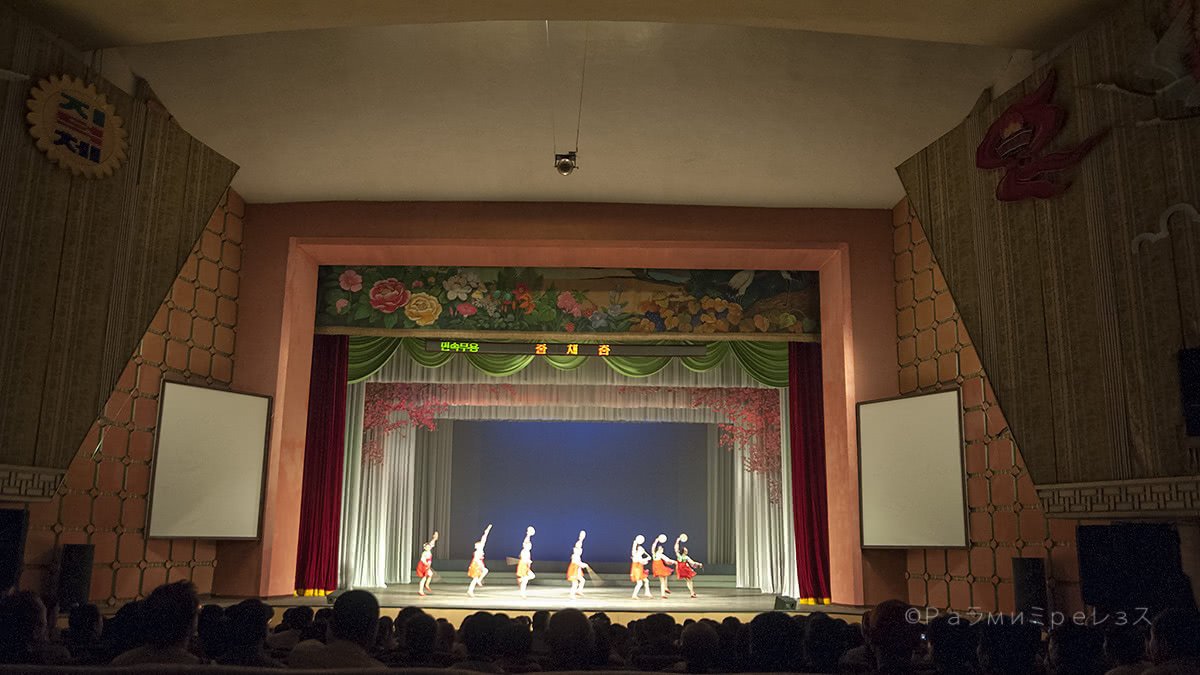
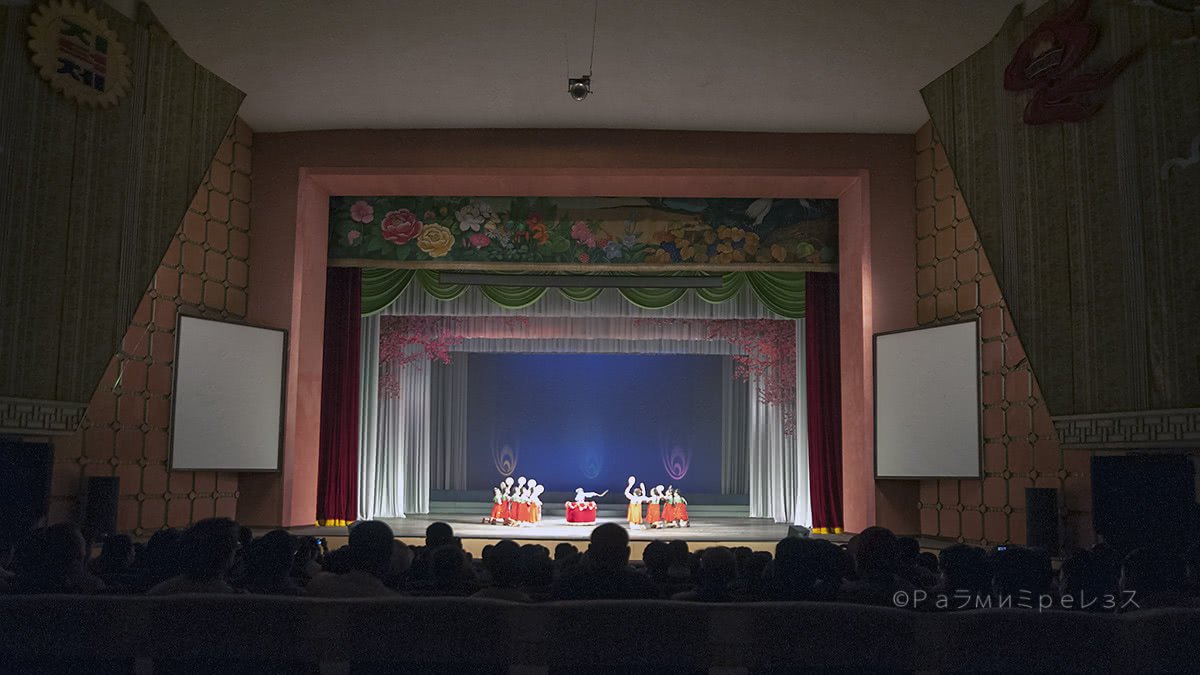
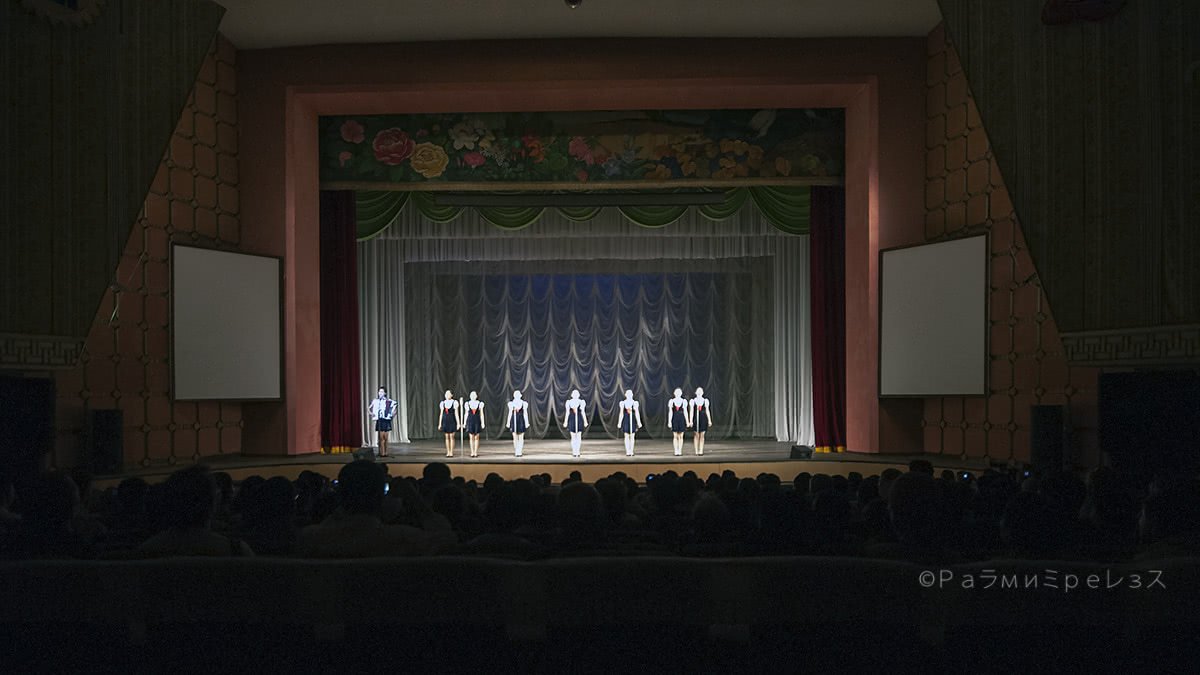
Mangyongdae Children's Palace Hana.
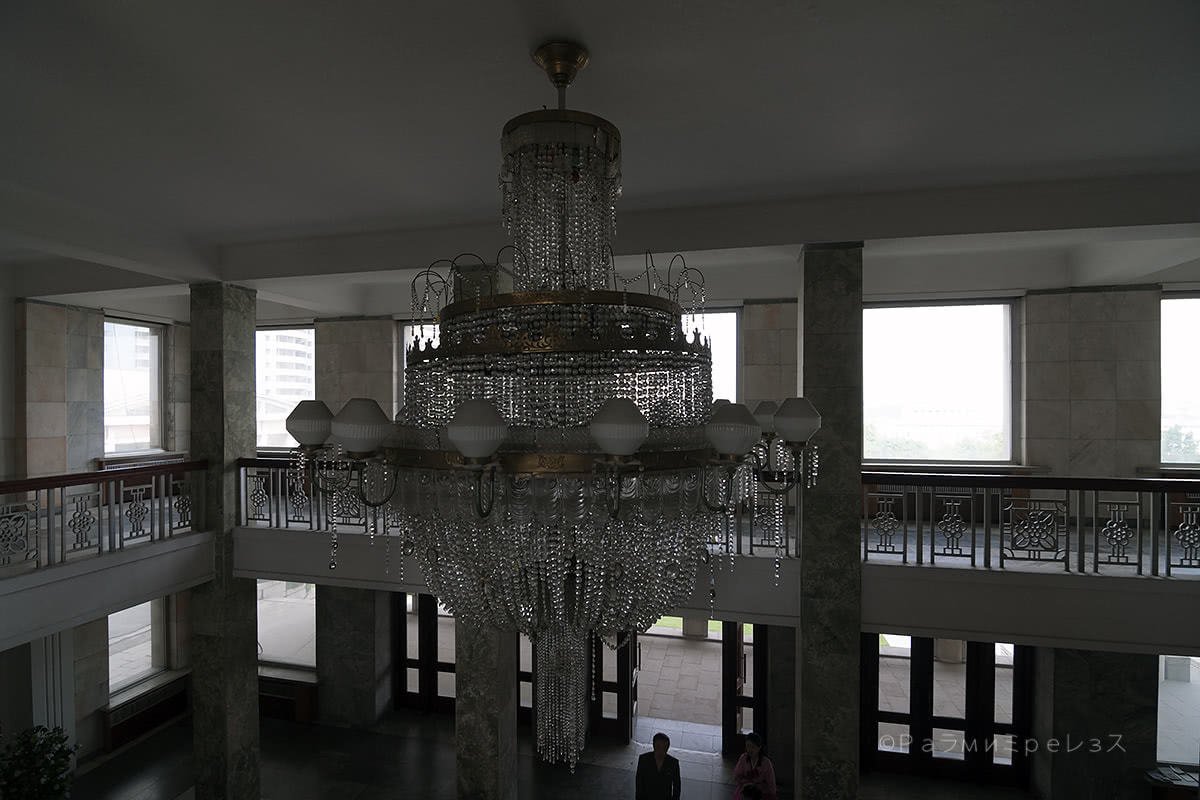
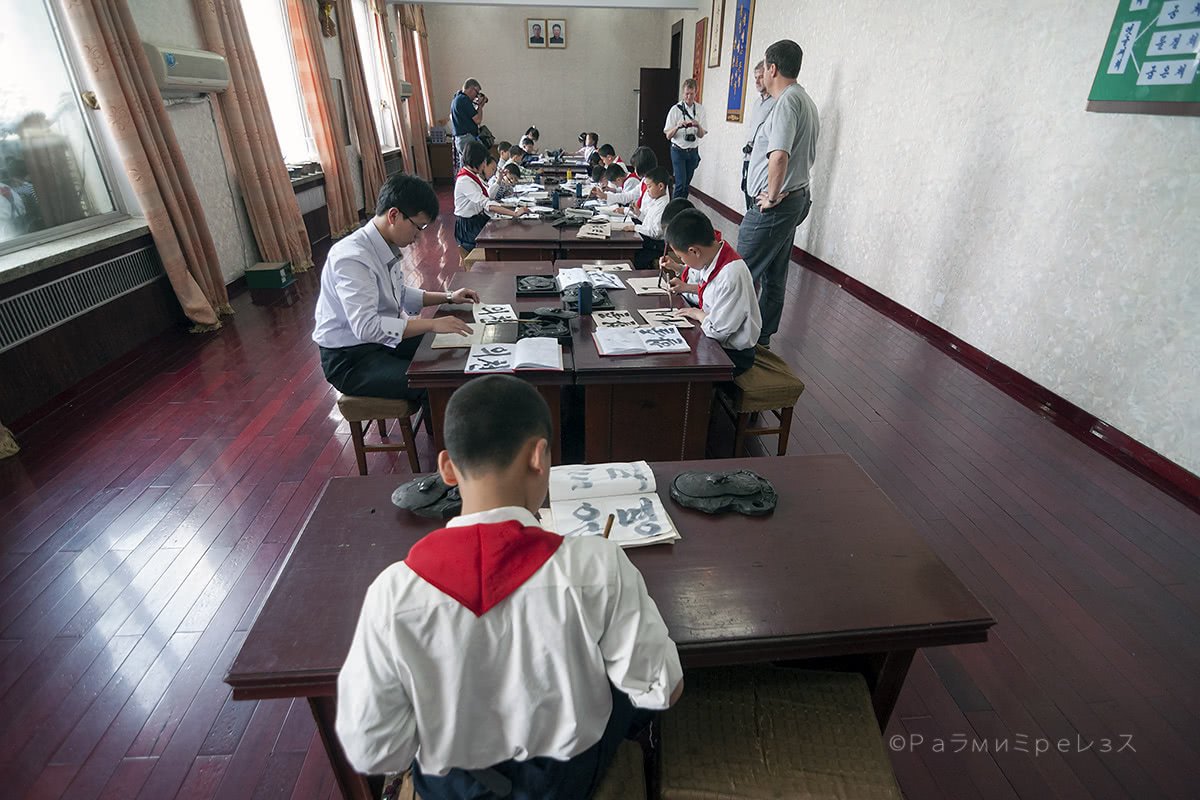
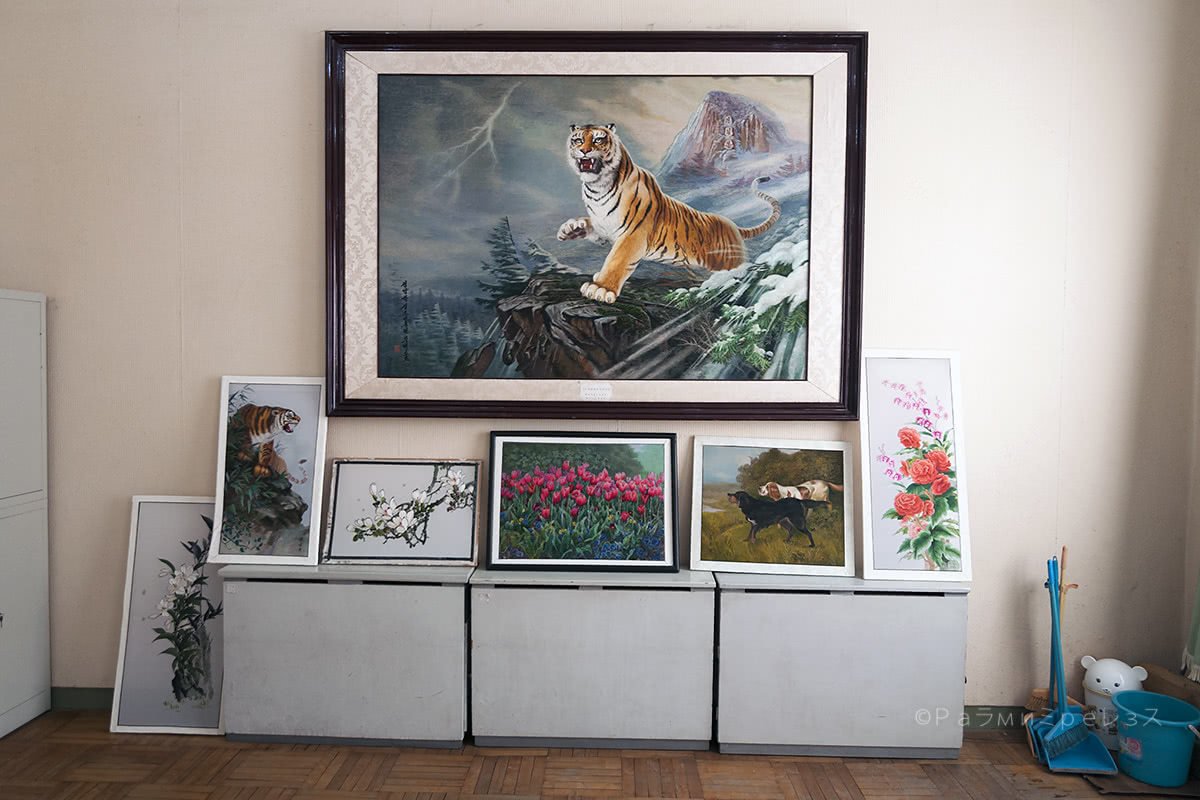
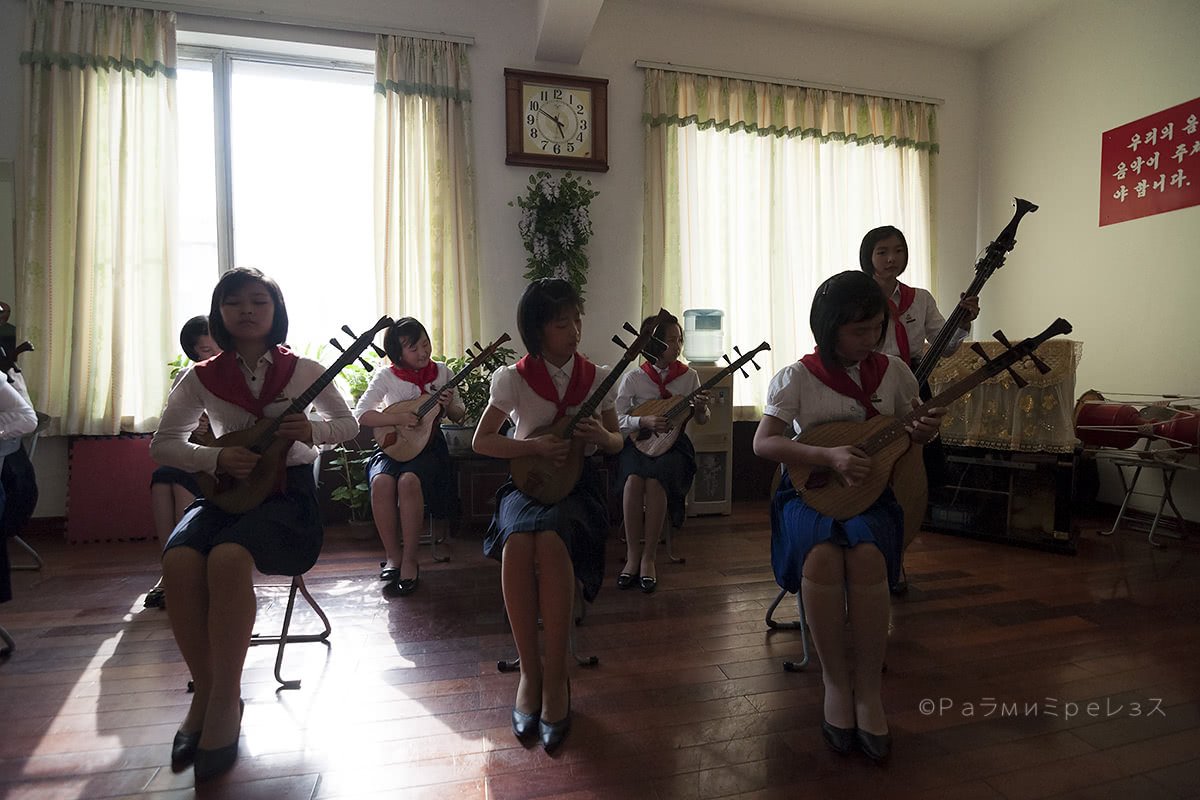


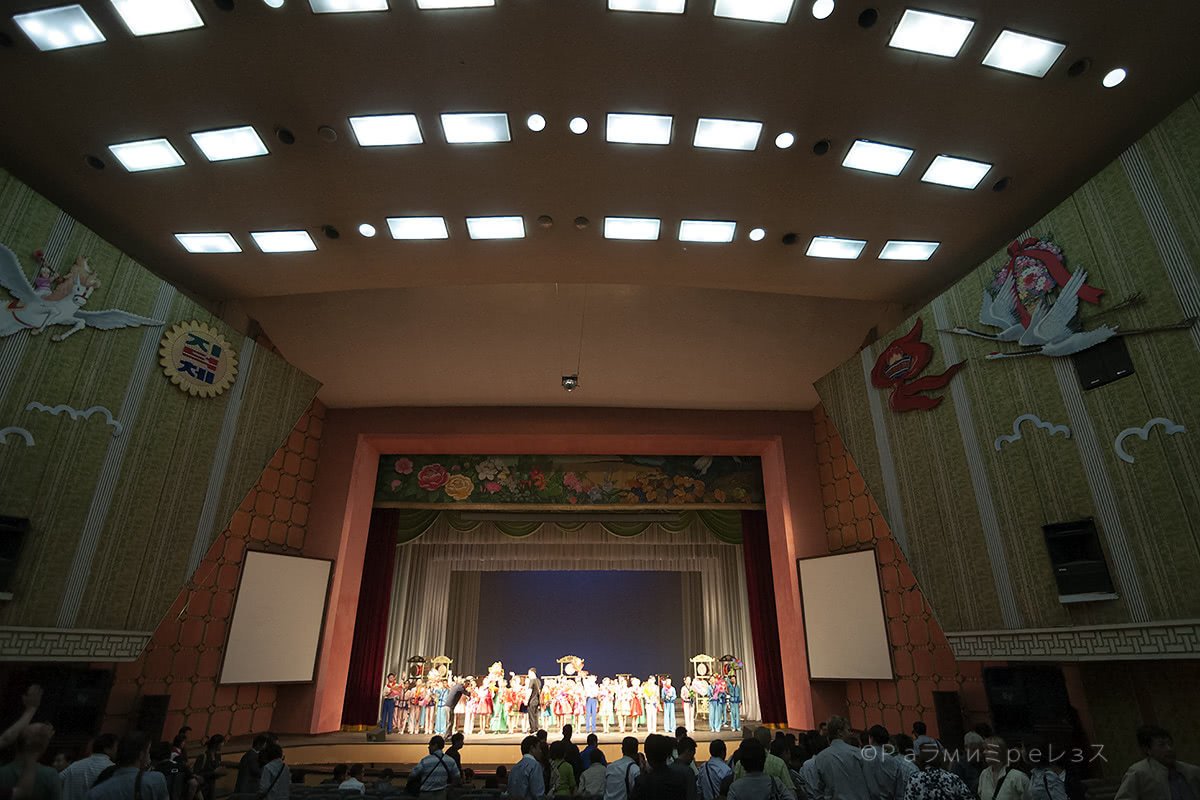
Mangyongdae Children's Palace Dul.
All that made me remember when I was in first grade starting elementary school. There was this little group where I practised taekwondo in the school, and once they took me to a competition and I won a medal.
The director was a guy called René, like the frog –Kermit the Frog is “La Rana René” in Colombia-.

Disney.
That group was dissolved, and that was the end of my taekwondo career. But I am still able to beat you with my yellow belt, you hear?!
From that experience, I was left with the memory of the numbers in Korean… Hana! Dul! Set! Net! Daseot! Yeoseot! TAEK-WON-DO!
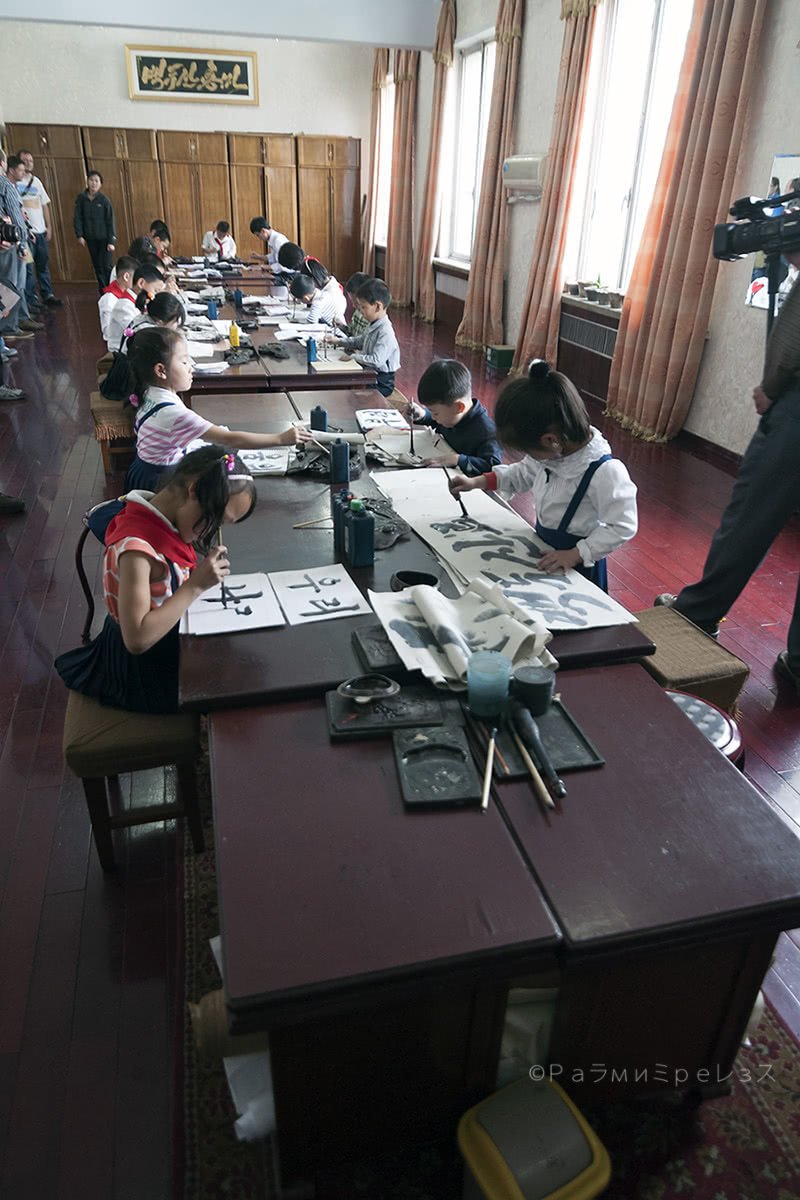
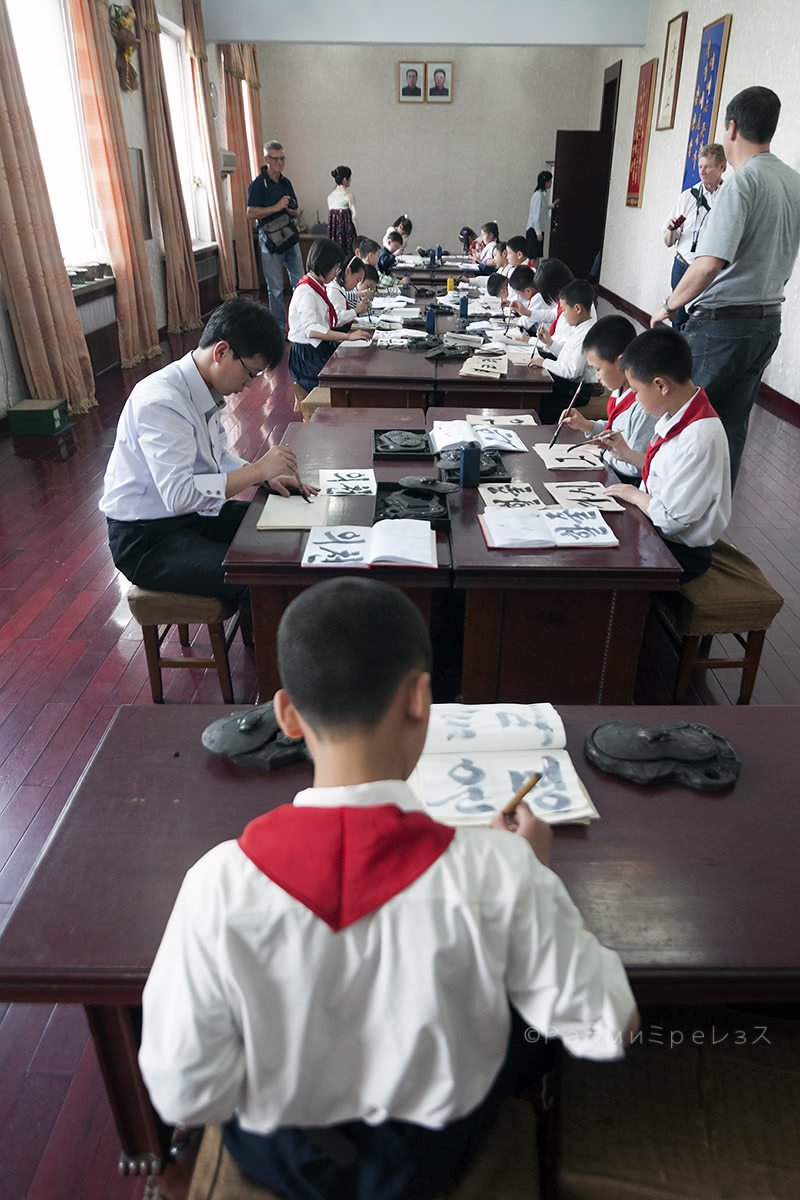
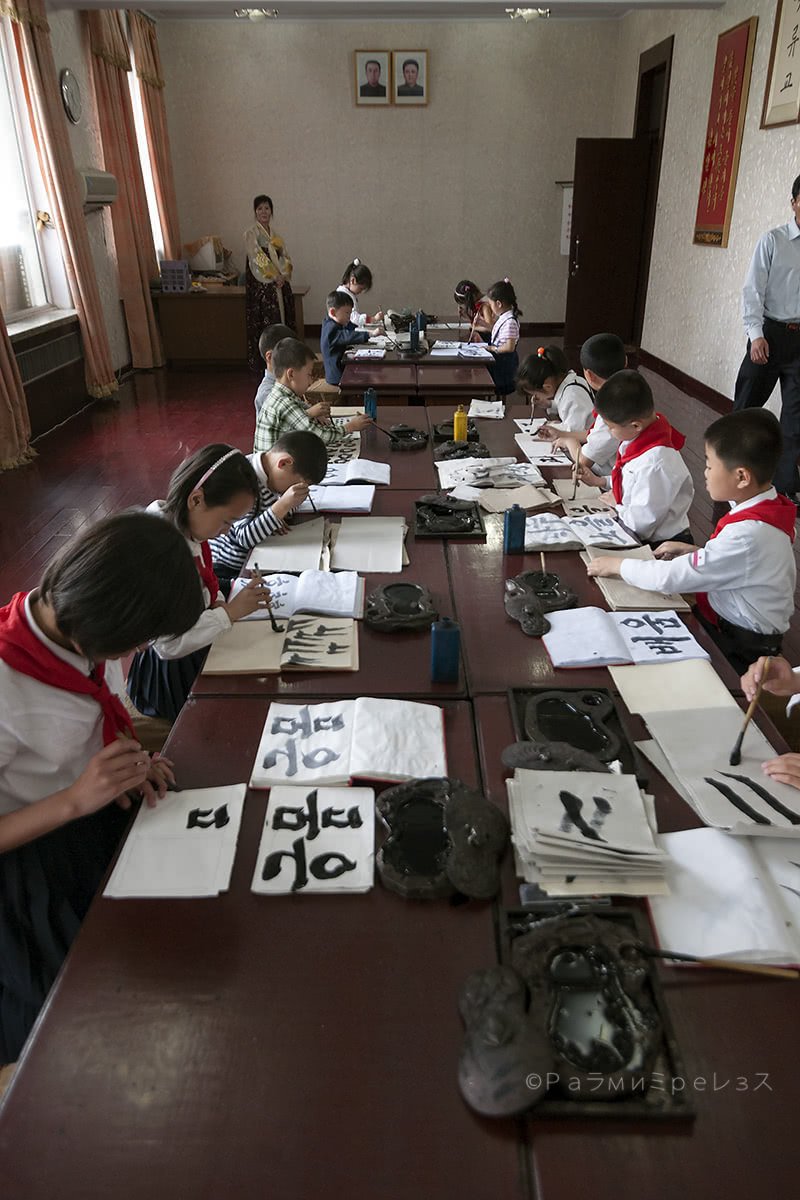
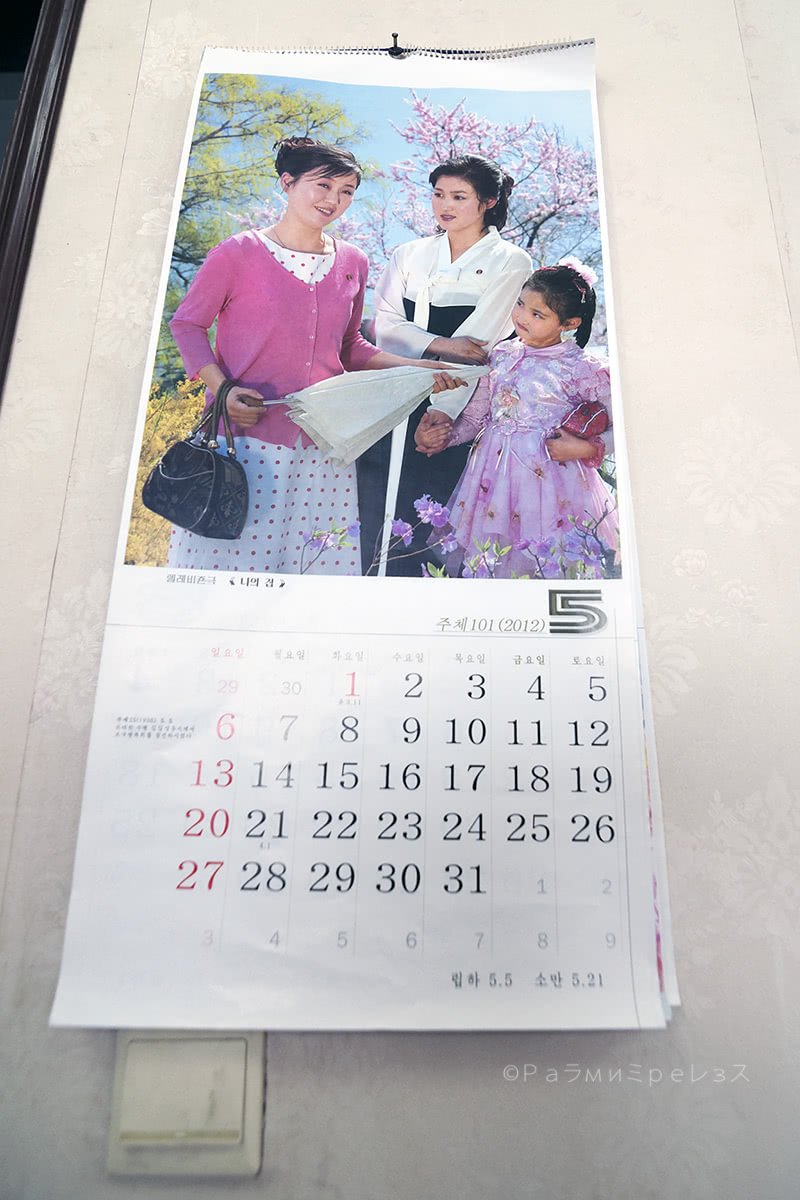


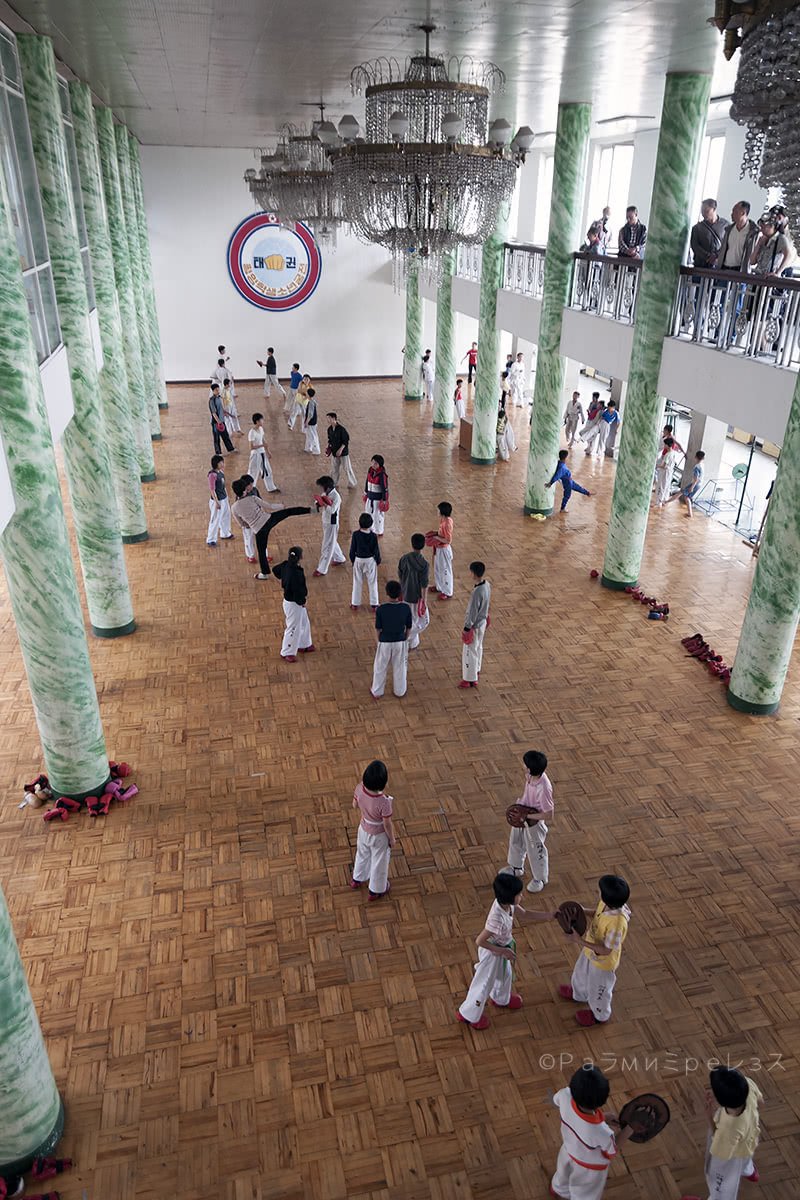
Mangyongdae Children's Palace Set.
People in Pyongyang move in buses that are linked to some catenaries. I don’t recall having seen many stand-alone buses doing public service.
They also move in traditional trams, in the metro or by walking. Those with cars are very few, and from that minority, most belong to the government or the military. The elite within the elite that Pyongyang is already.
Tram and bicycle.
As a foreigner, you were only allowed to ride the King Long bus. Buuut you could also have a very pre-planned stroll around two stations of Pyongyang’s Metro for good measure.
My understanding is that people who go nowadays get a much longer stroll in the metro.

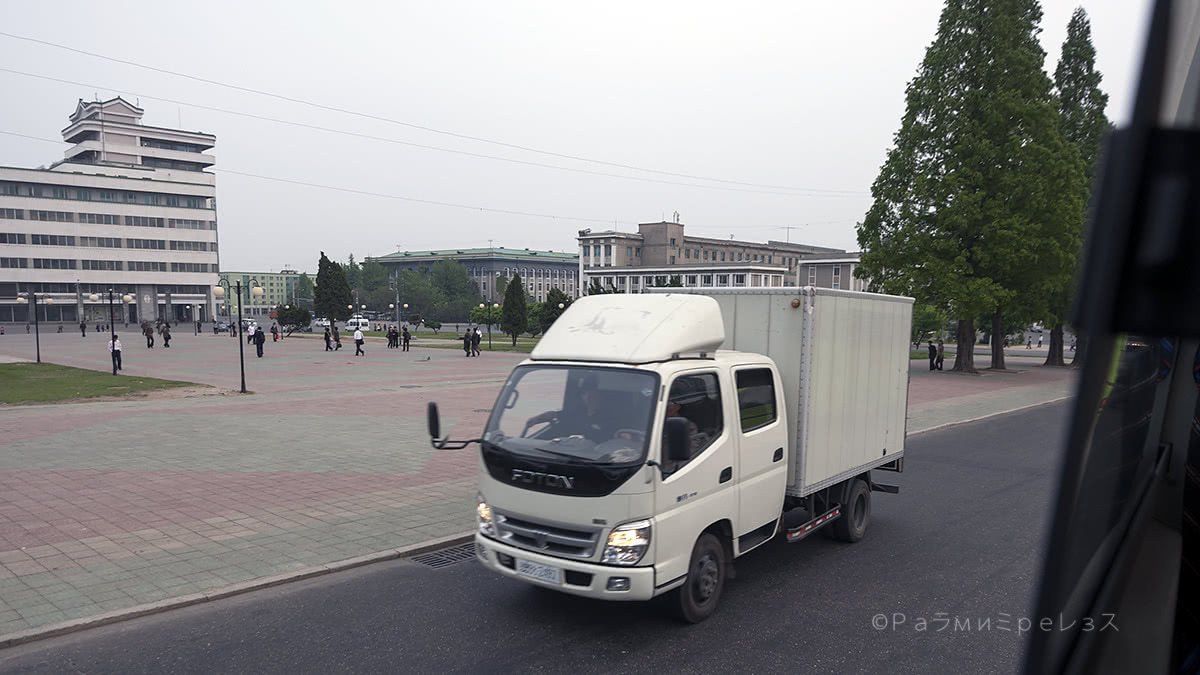
Ramírez.
(Colombian Foton advertising, listen to that symphony!)
I saw some taxis around as well, but I don’t know how’s the general use.
I don’t think that just about any citizen can take one and pay whatever the cab fare is worth.
I don’t know if they carry that amount of money with them, nor do I know if cabs are expensive in general.
Are they authorised to use them freely? Who knows.
I don’t know either if taxis “don’t go there” like Colombian taxis, or whether on the contrary they’re executed if they refuse to go there.
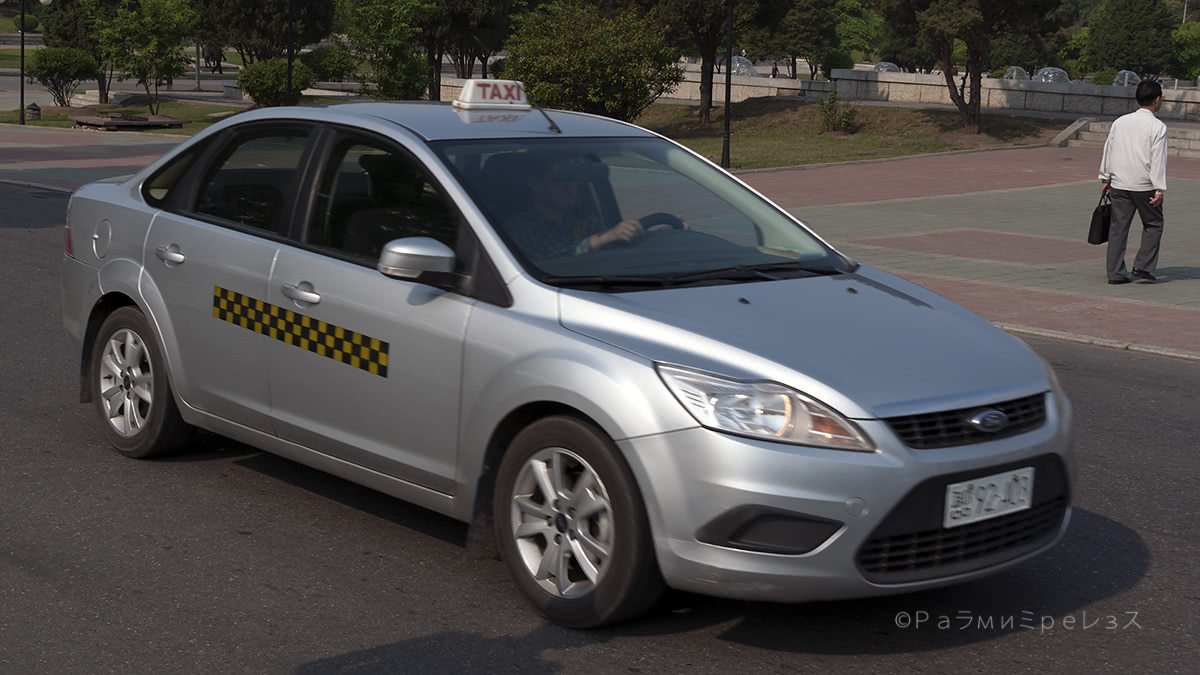
Ramirez.
Some of those taxis were alike some taxis that used to work many years ago in Medellin.
Some Renault 12 based, Romanian made, Dacia 1300s.
Nicolae Ceaucescu, Romania’s dictator, was friendly with Kim Il-Sung and their countries had business, and they made state visits to each other back in the old days…
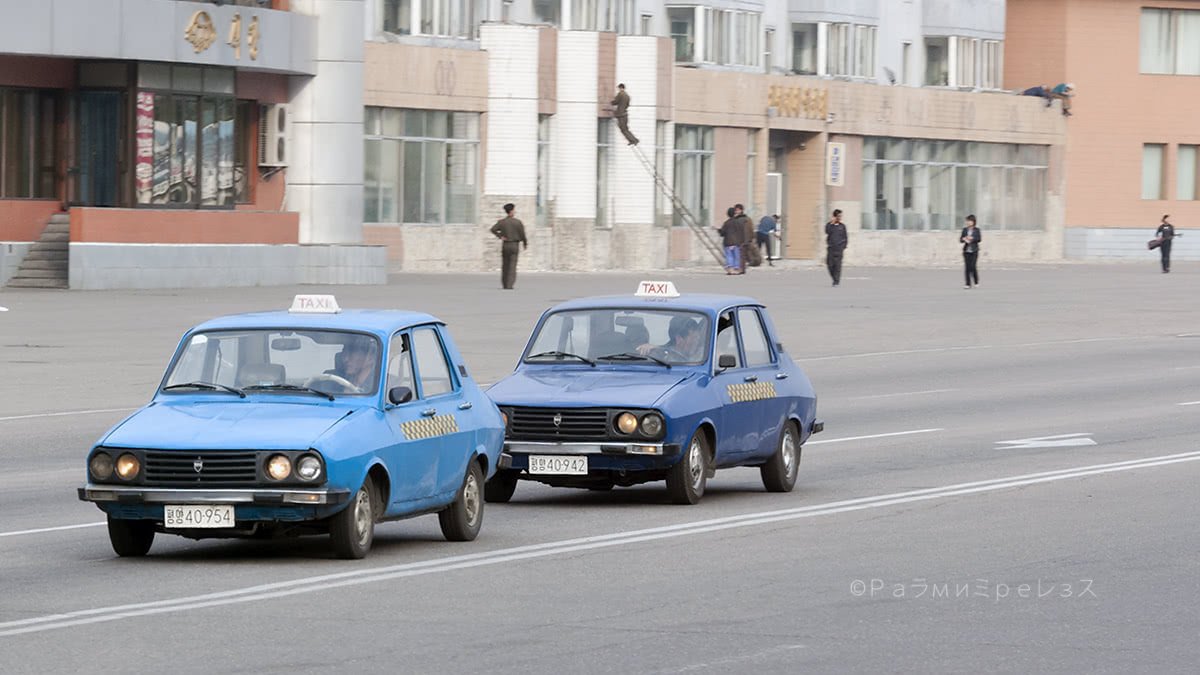
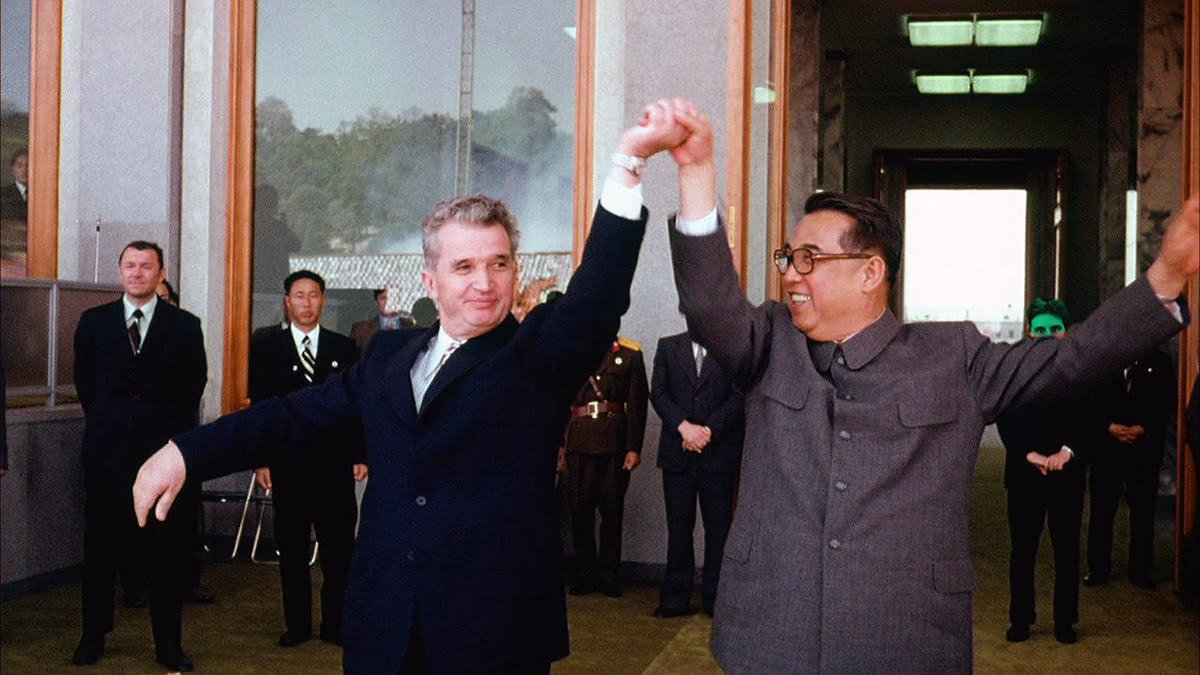
Historical Times Tumblr
Perhaps, those taxis are a product of those times.
Pyongyang’s metro started functioning in September 1973. It’s entirely underground, and its stations are more than 100 metres deep. So it doubles as an anti-bomb shelter.
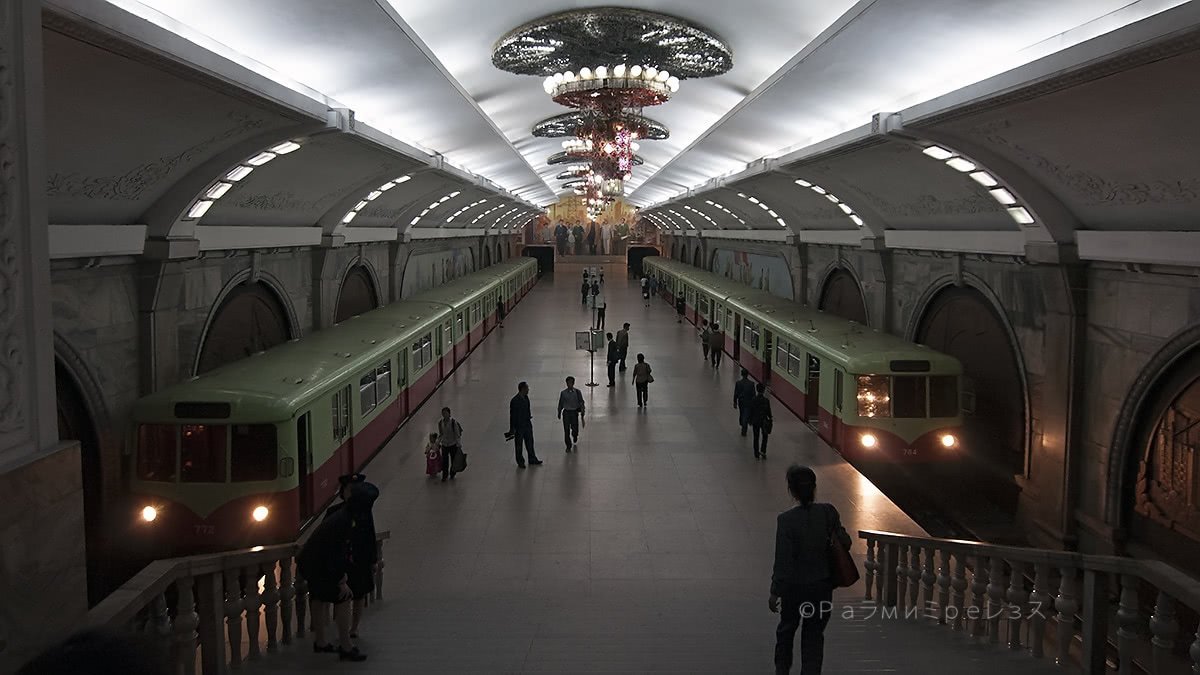
Like most metro systems of communist or formerly communist countries, this one has art. Alluding to topics like the revolution, the regime, and other such things.
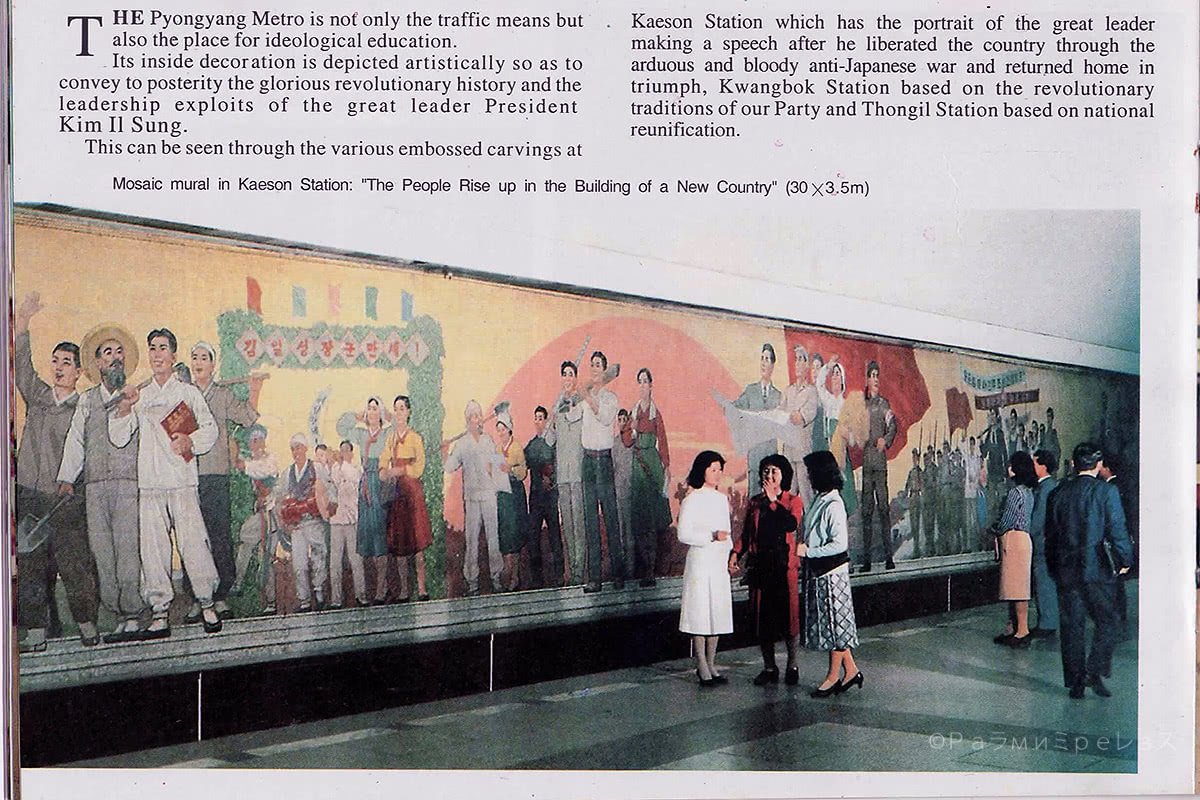
Ramírez.
The trains used to belong to the Berlin metro, and they have photos of Kim Il-Sung and Kim Jong-Il inside.
There are many conspiracy theories about the metro. One of them is that there is another metro underneath the “public” one that connects government centres (like the metro-2 theory about Moscow’s metro).
Or that the only stations that actually exist are the ones they show foreigners, and the rest of the map is an invention.
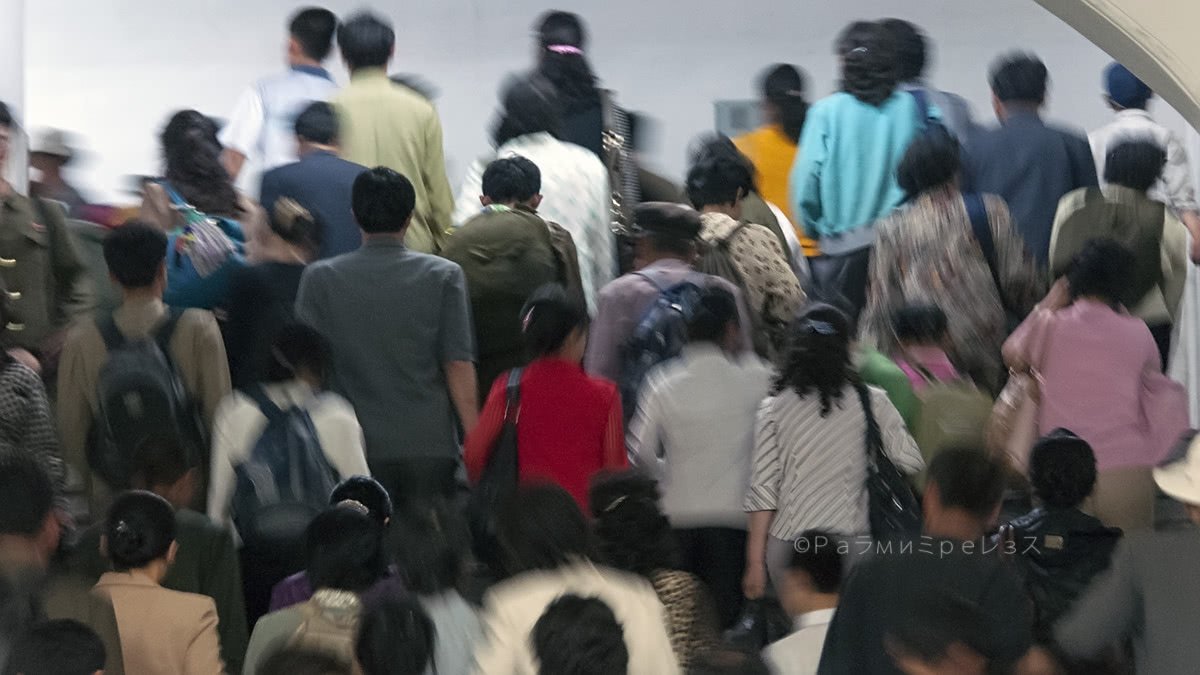
I fell in love in Pyongyang's metro.
Ramírez.
It wouldn’t surprise me if the first theory is real, since Kim Il-Sung and Kim Jong-Il were afraid of travelling by Airplane. They would reach their many mansions outside Pyongyang via underground trains.
At some point, they even went all the way to Europe by train (in fact, Kim Jong-Il died on-board a train). The second theory seems pretty far-fetched to me, but what the hell do I know.
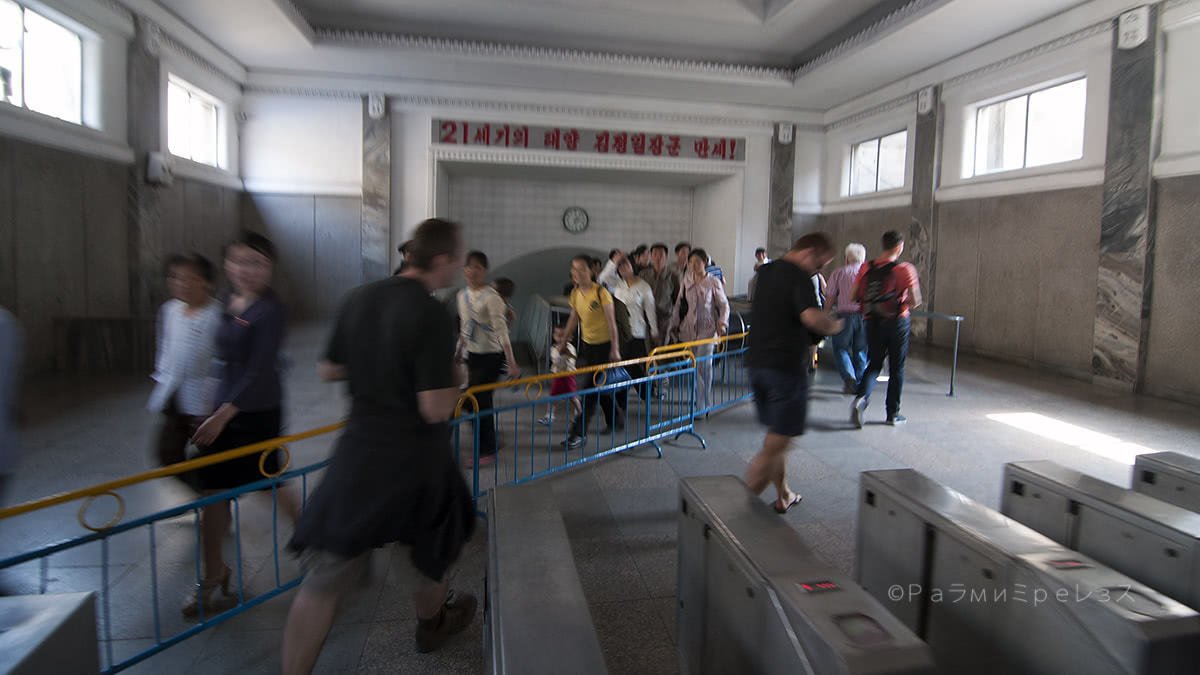
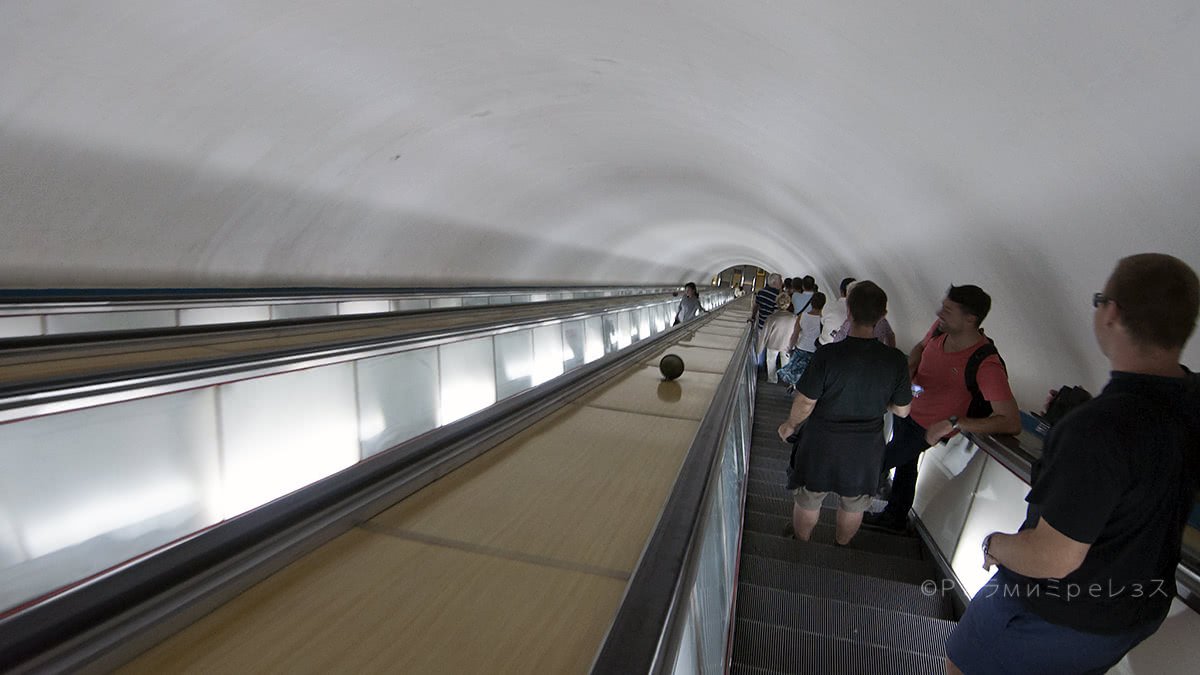
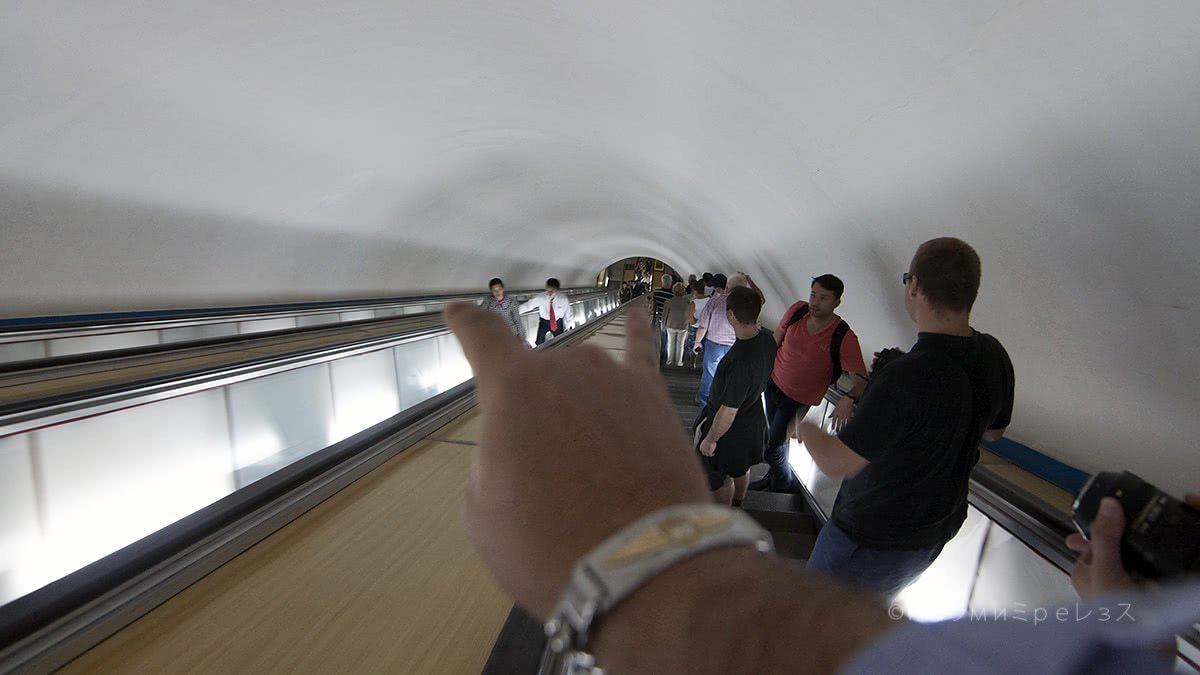
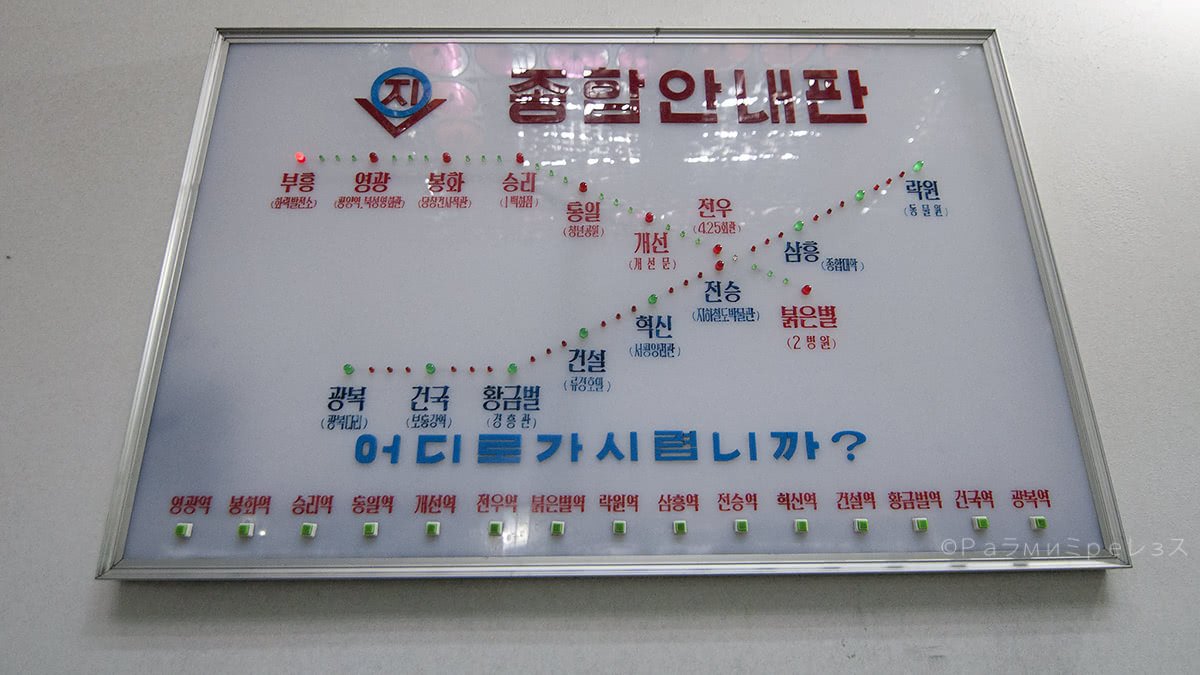
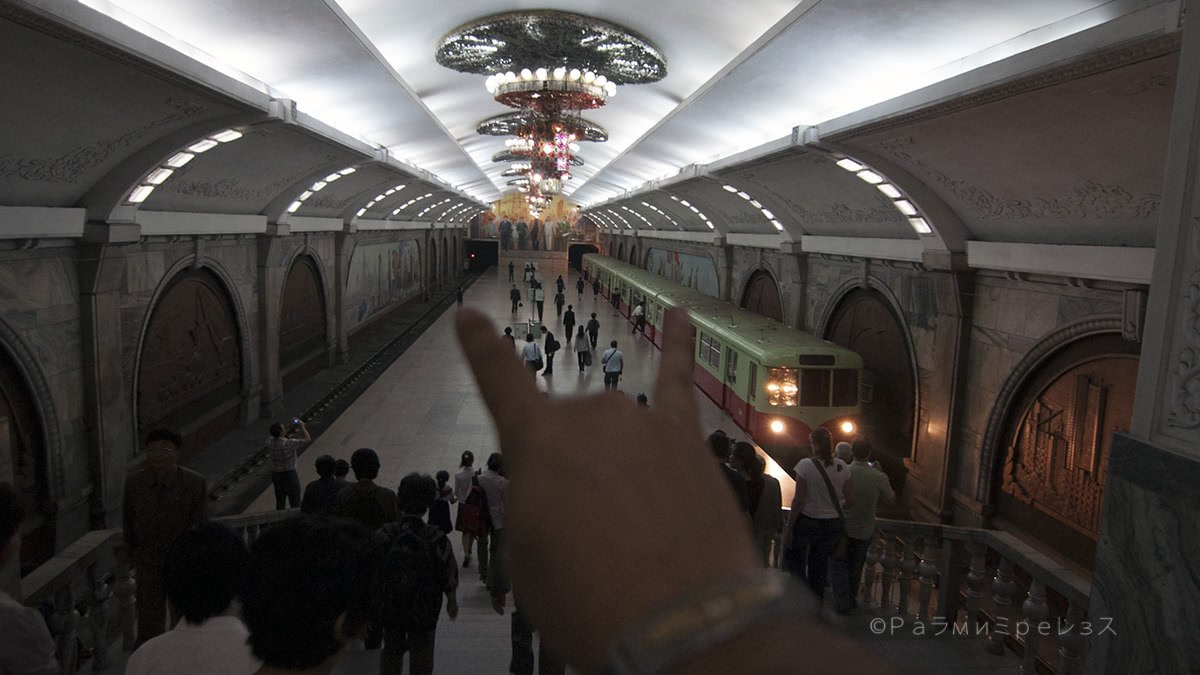
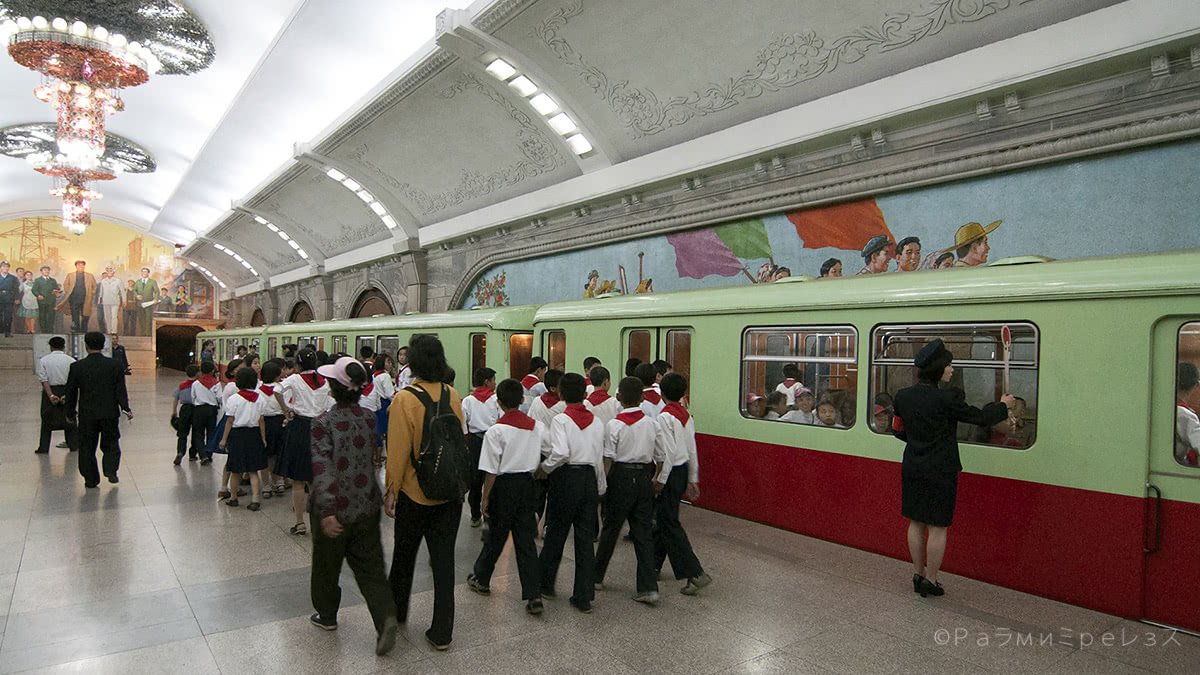
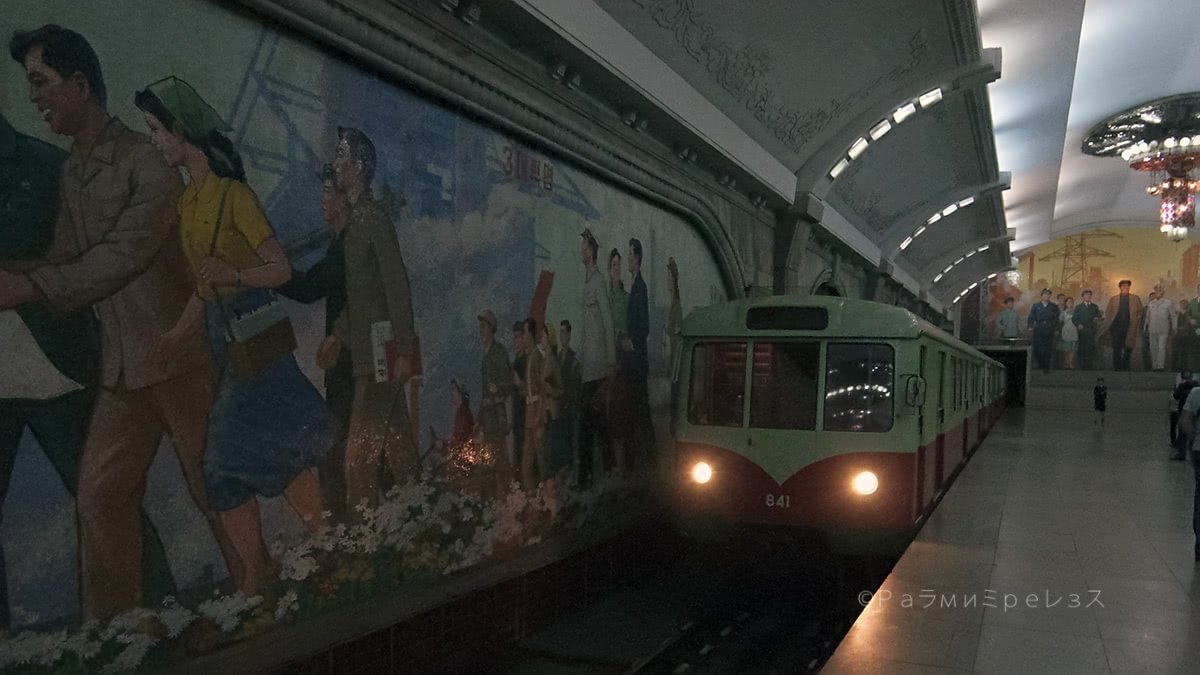

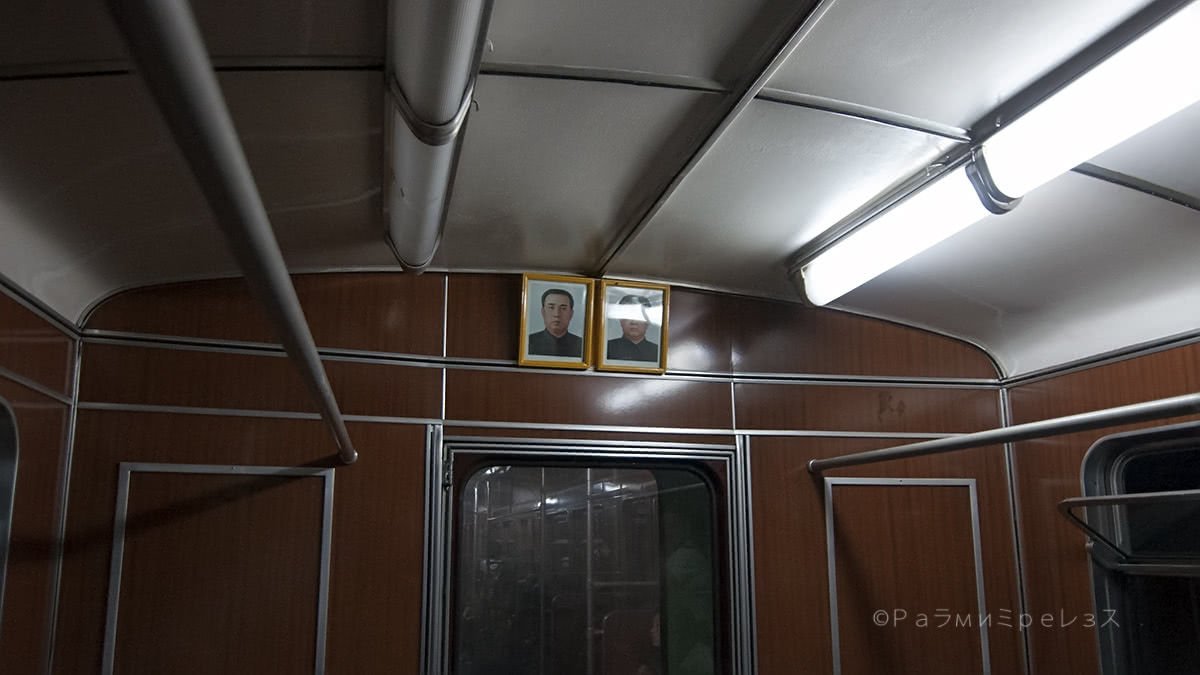
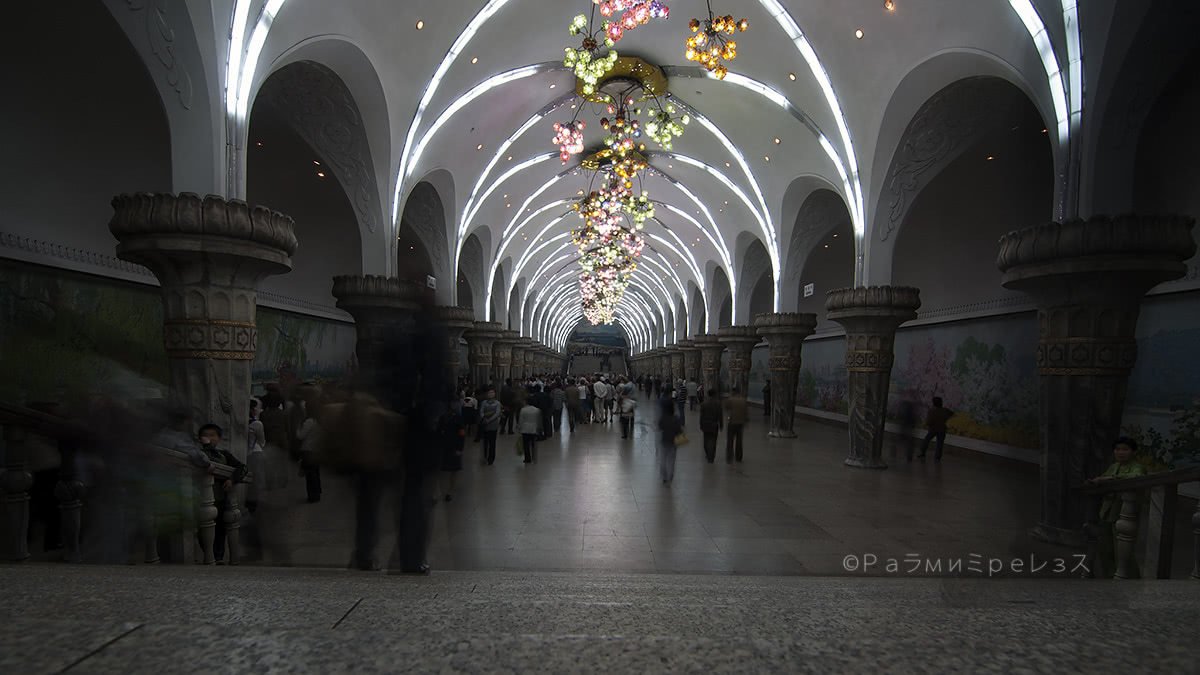
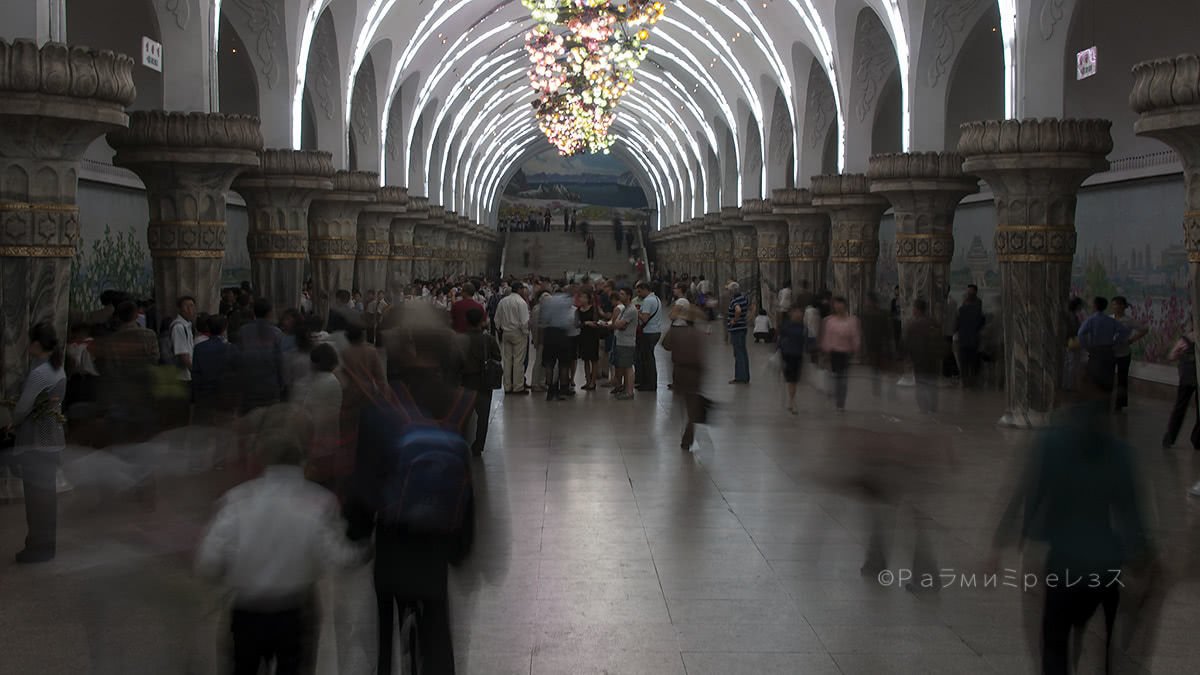
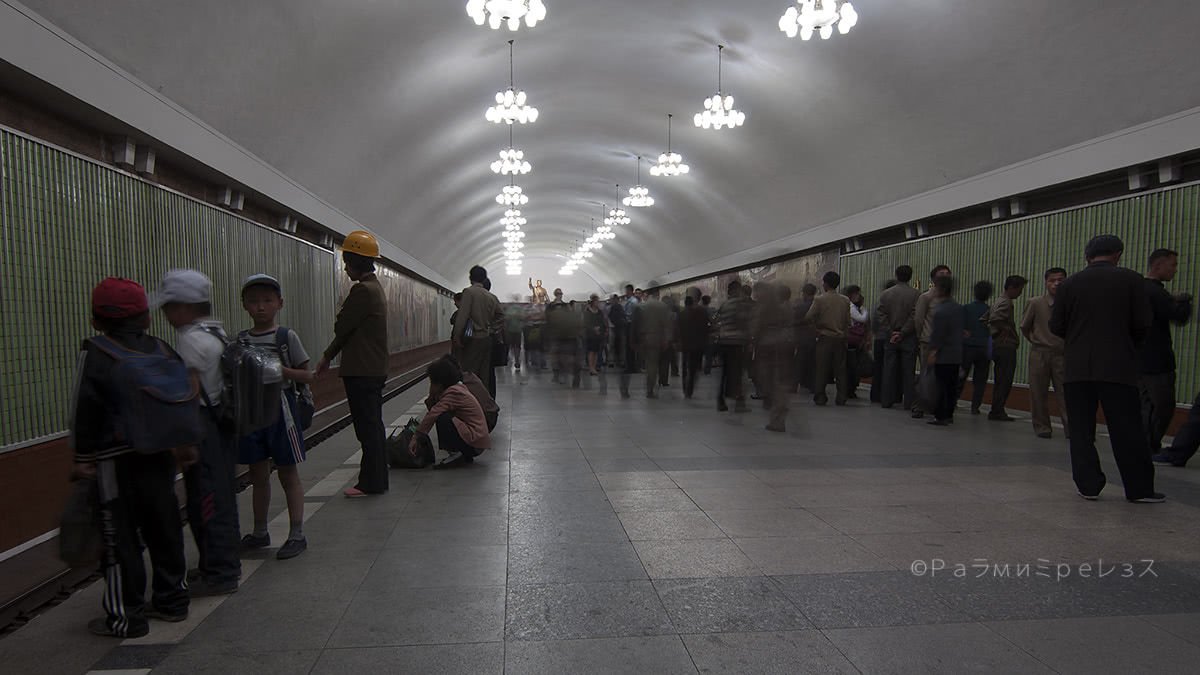

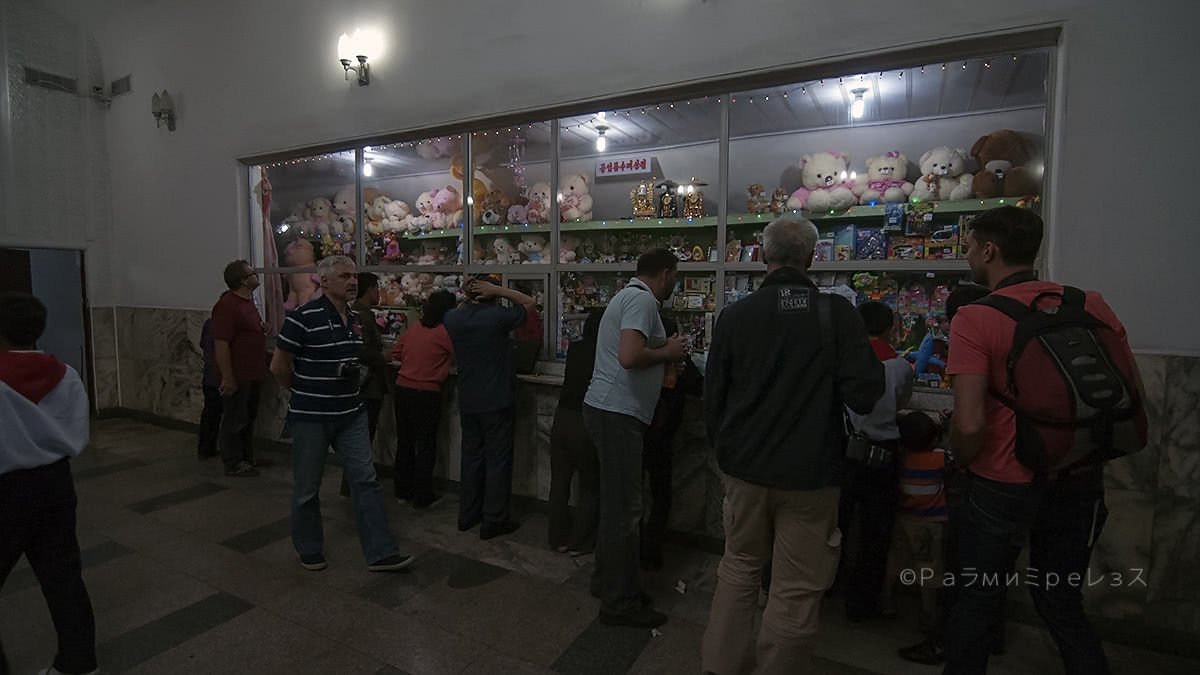
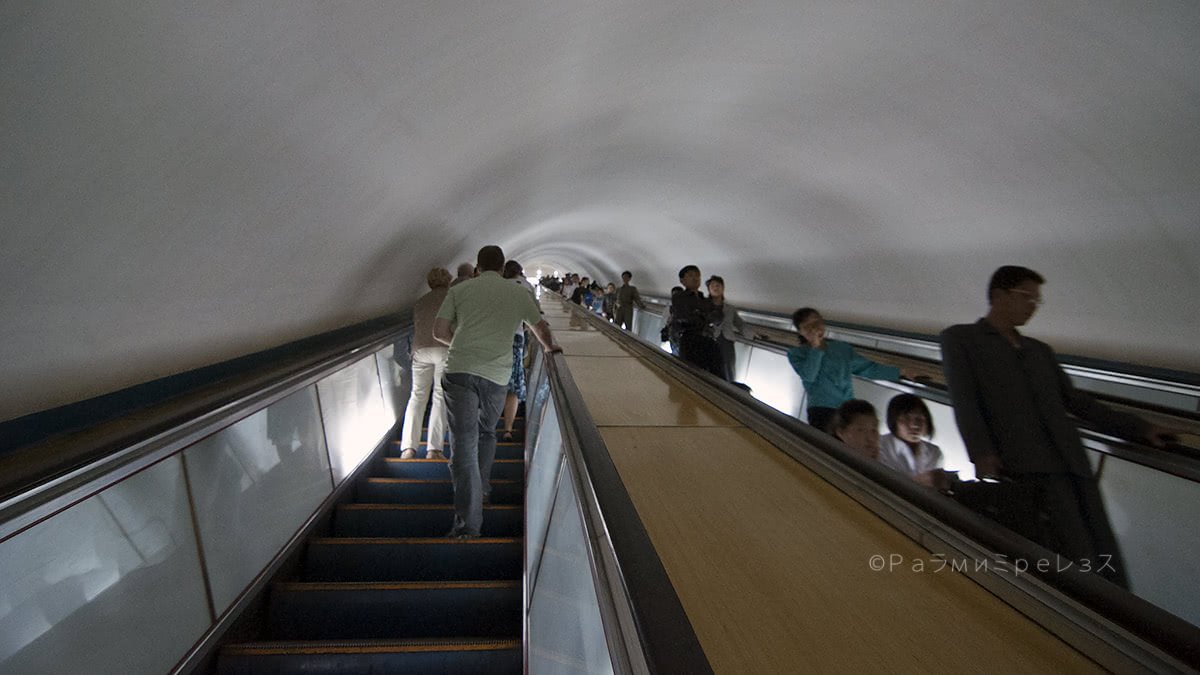
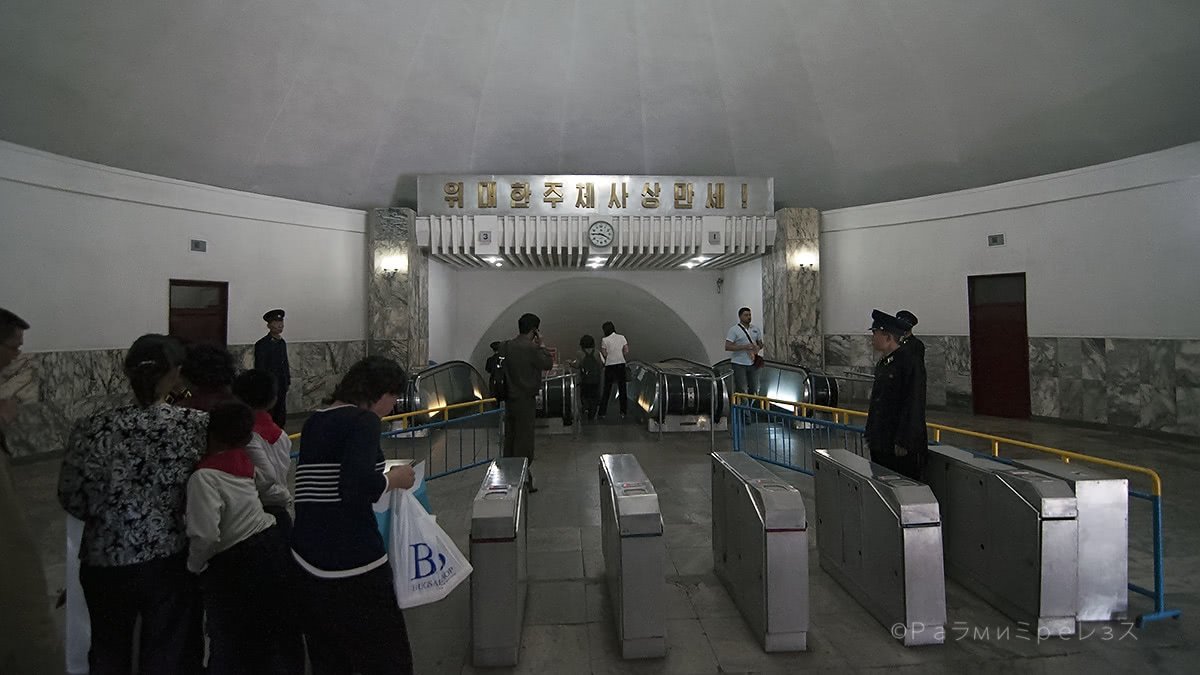
Pyongyang Metro.
North Korea has a state ideology that in the beginning was what we could call a garden variety Marxist-Leninist communism, broadly speaking.
As time went by, it became something else they call “Juche”. Due to the geo-political-social-morbid-didactic developments that were taking place.
Also, because of Kim Il-Sung’s regime idea of what it had to do to obtain self-sufficiency. And to maintain the personality cult toward him, and later, toward his son and grandson.
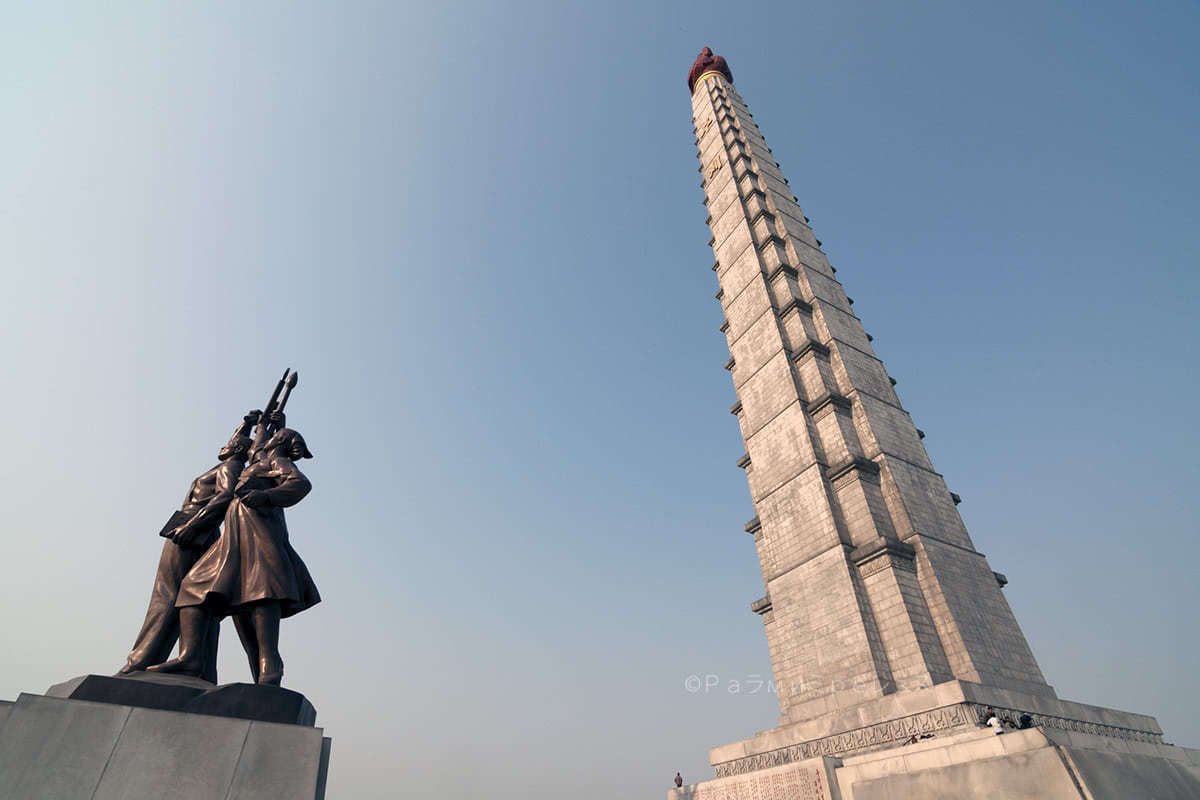
Ramírez
This is all broadly speaking as I say because it’s a pretty complex matter.
Although I’ve read more about it than I’m going to write here, I do not consider I know enough to be able to elaborate on the topic without feeling a little awkward.
That awkwardness one feels when one doesn’t know shit about what one’s talking about, or that at least I feel.
I’ve known many people who seem to enjoy being in that situation, and the dumber the bigger shit they think they are… Dunning-Kruger effect at its purest.
The thing is, people way much more knowledgeable than I am on the topic say that it’s a mixture of socialism in the exterior, with nationalism in the interior.
Wherein the Kim family is the saviour of the Korean people. And some elements that go against what we could call classic Marxism-Leninism. Or at least the one that was present in the Soviet Union back in the day.
Of course, they also have a monument for this ideology in Pyongyang. It’s called the Tower of the Juche Idea, and it’s a sort of obelisk that was also inaugurated for Kim Il-Sung’s 70th birthday.
They say it also contains the same 25.550 blocks for each of his living days up to the time of the inauguration.
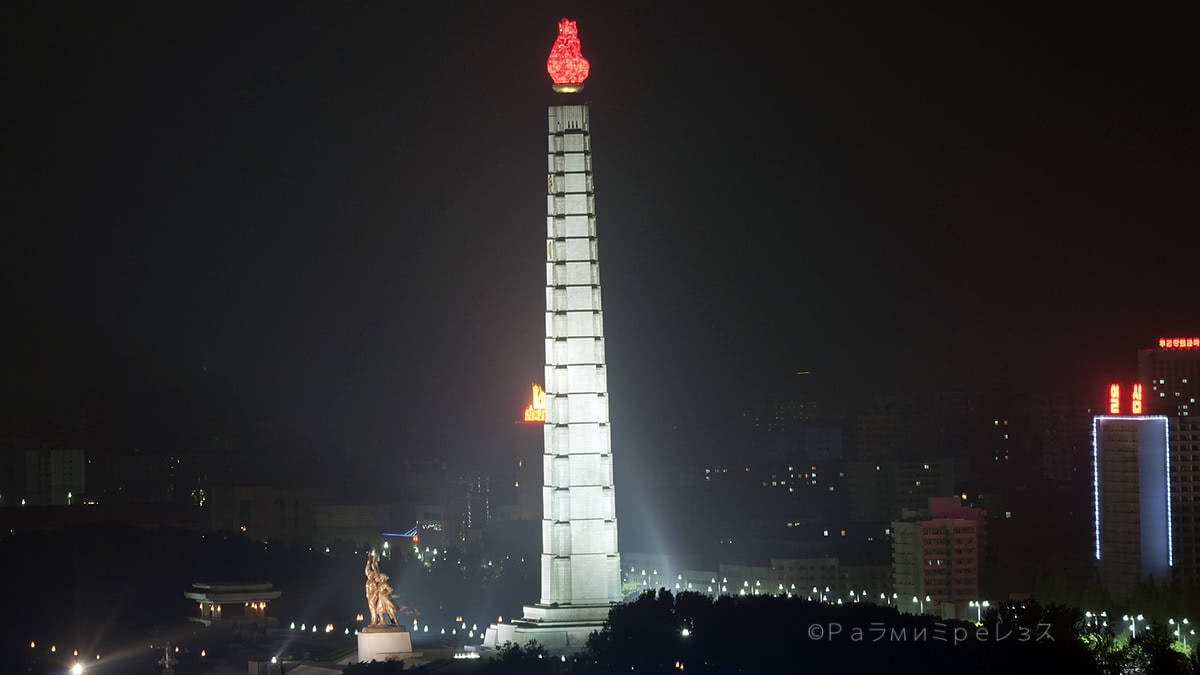
They say the tower is about one metre taller than the Washington Monument on purpose.
About right for the leader’s ego size competitions. Like when you’re going on your little Renault Twingo and stop at a traffic light, and some guy in a big Toyota Land Cruiser begins to look down on you.
And then, when he has to exit the car 3 blocks away because it left him stranded, you realise he’s 1.50m tall. A true story in the mean streets of Medellin.
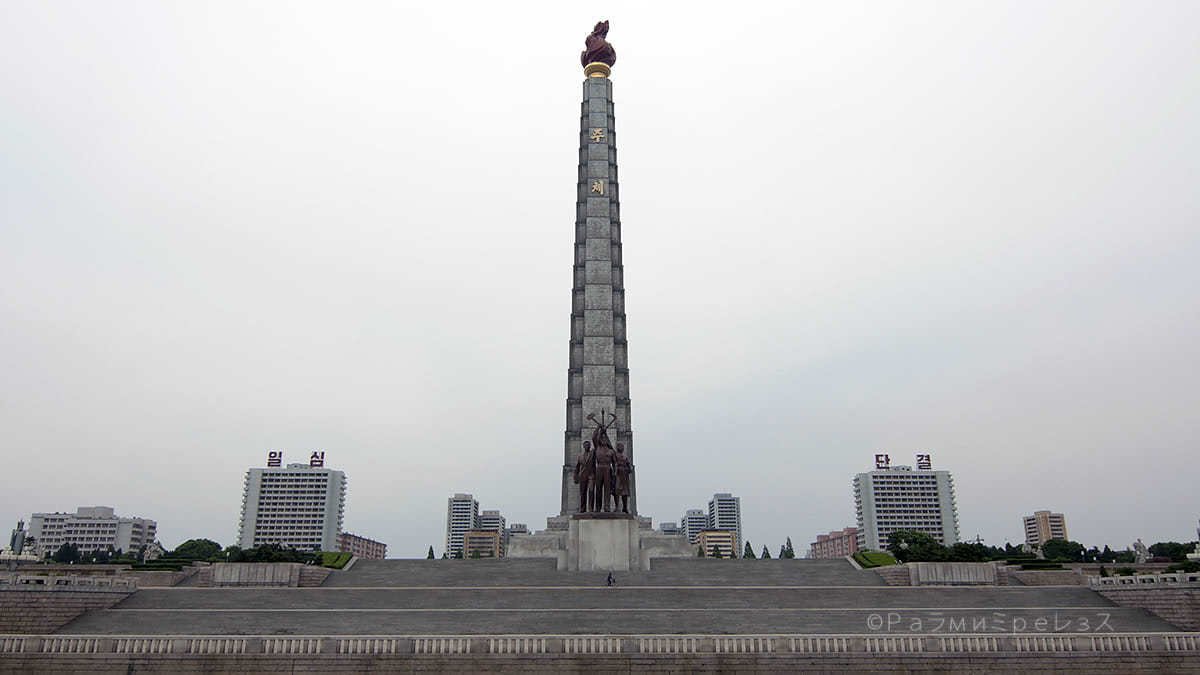
I can picture Kim Jong-Un telling Donald Trump:
-“My tower is one metre taller”
And Trump saying:
-“My hands are yuuge and more than 9000 million people went to my possession”.
Before North Korea was left in such isolation, back when communism or like-minded ways of thought were a force to reckon with in a good part of the planet, they somehow tried to export this ideology they have.
In the lower part of the tower, there is a sort of lobby full of gratitude and commemoration plaques sent by international committees that studied the Juche idea, or by interested individuals.
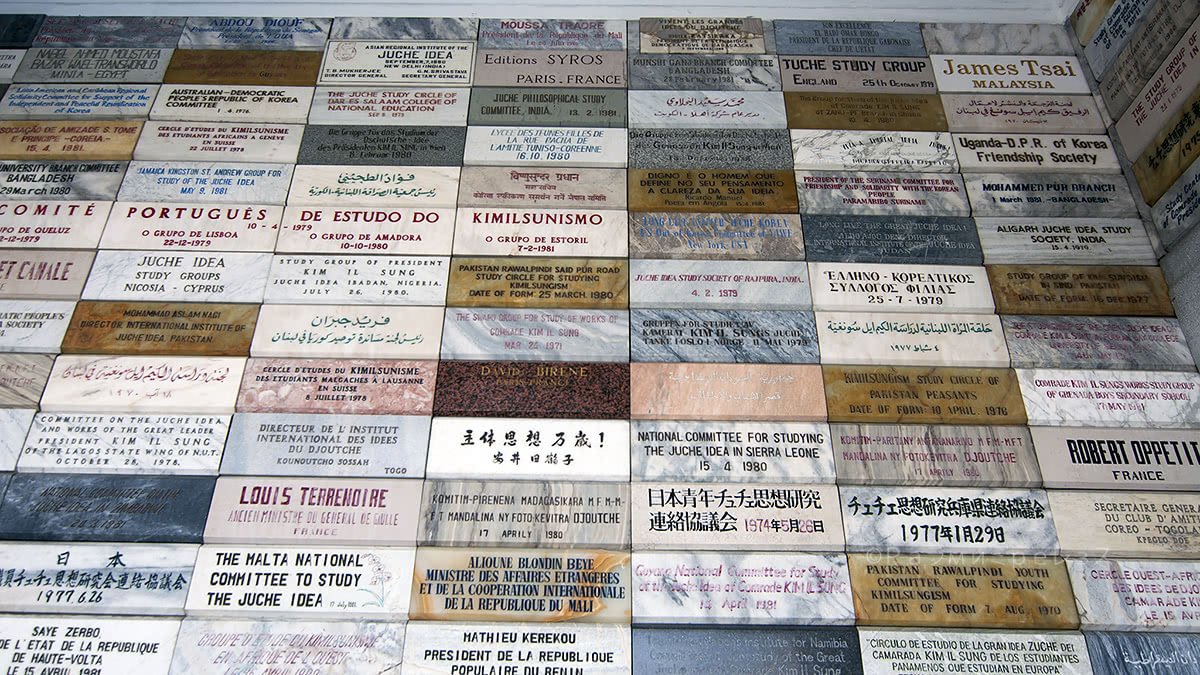
There, you have the possibility to go up the tower on a lift.
And from up there a great view of Pyongyang can be had, as seen in the gallery below. When you’re done you exit via some passageway.
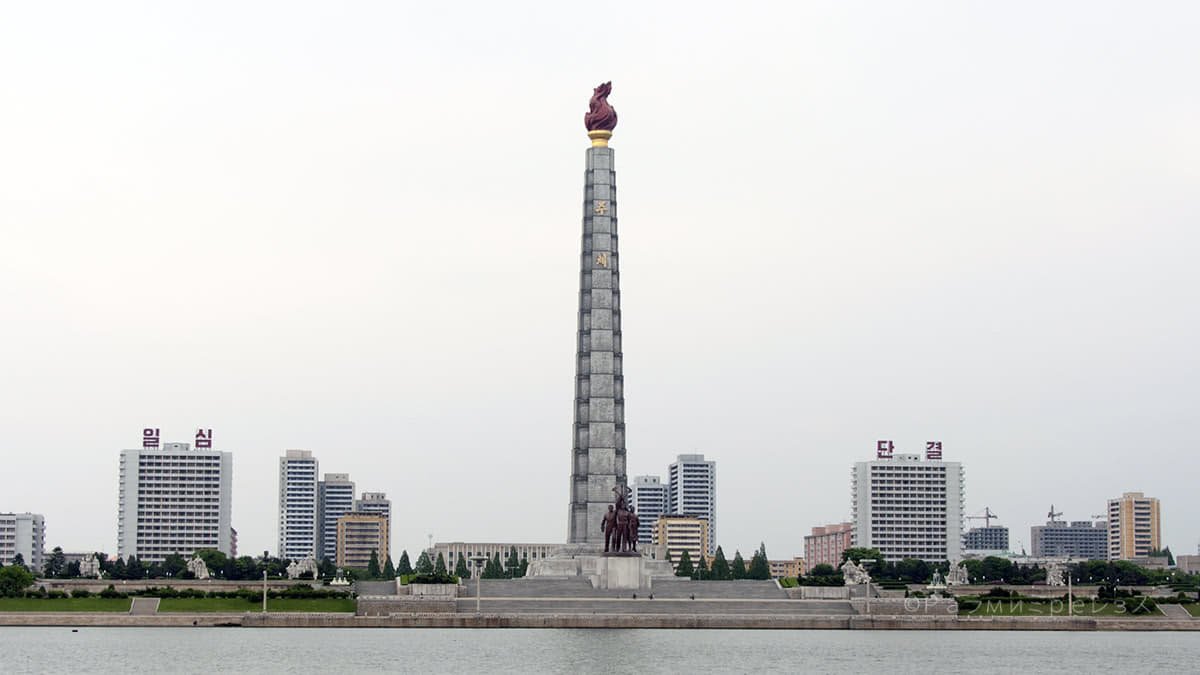
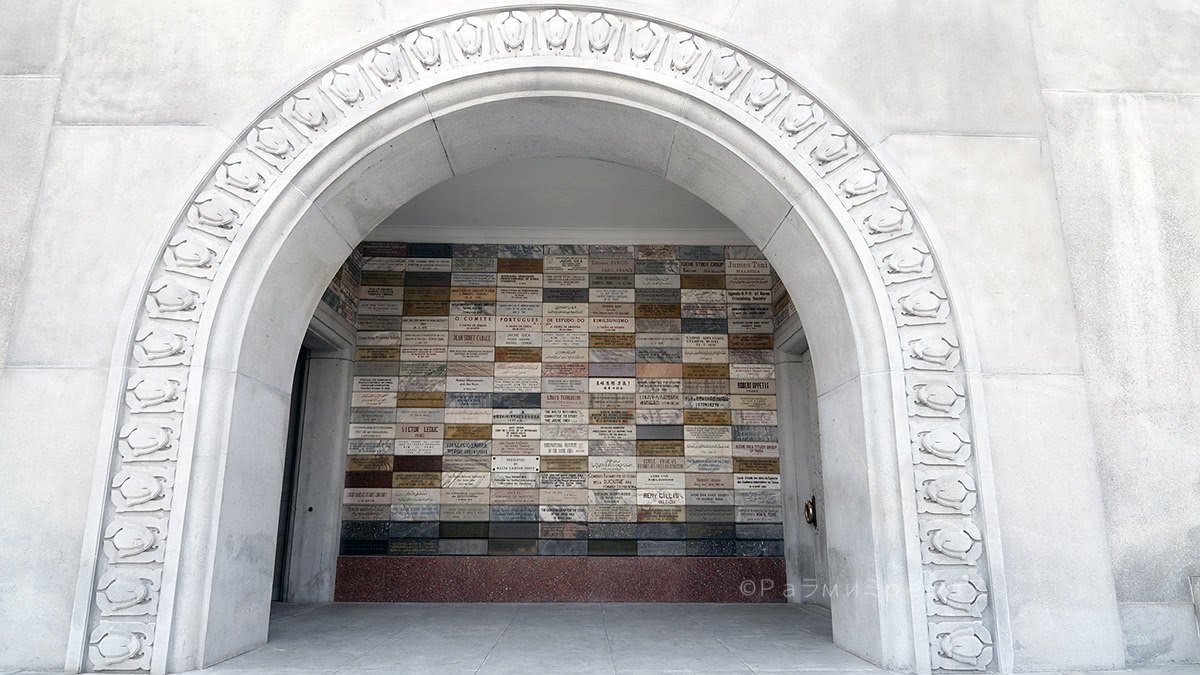
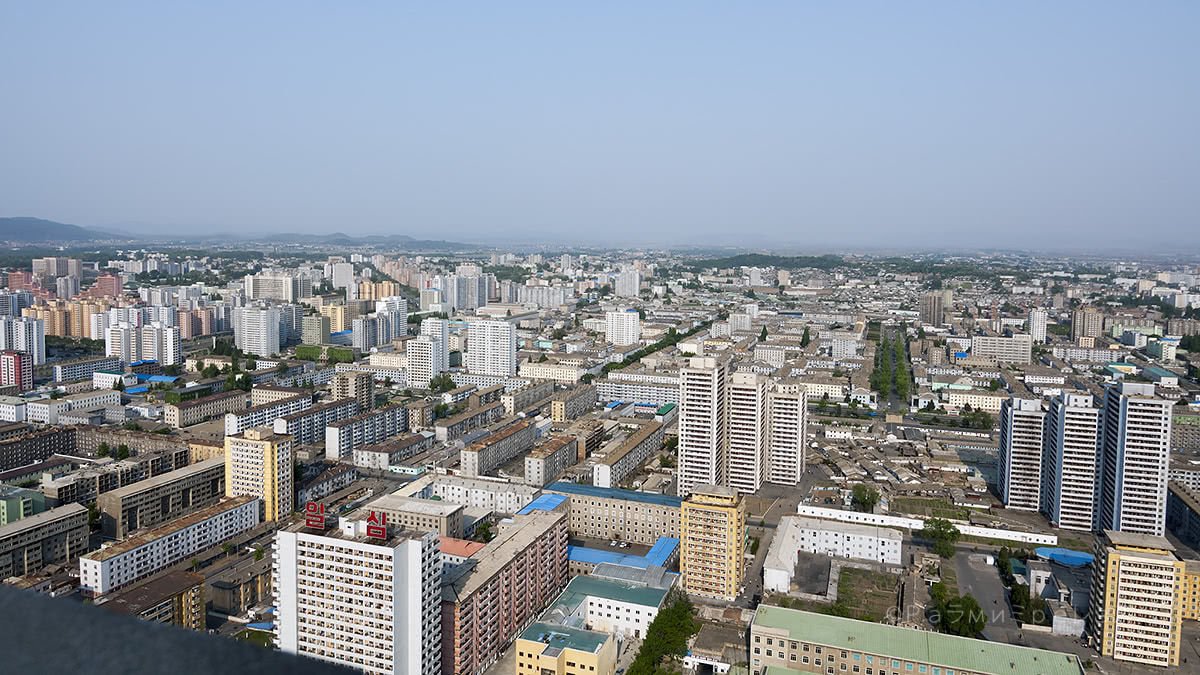
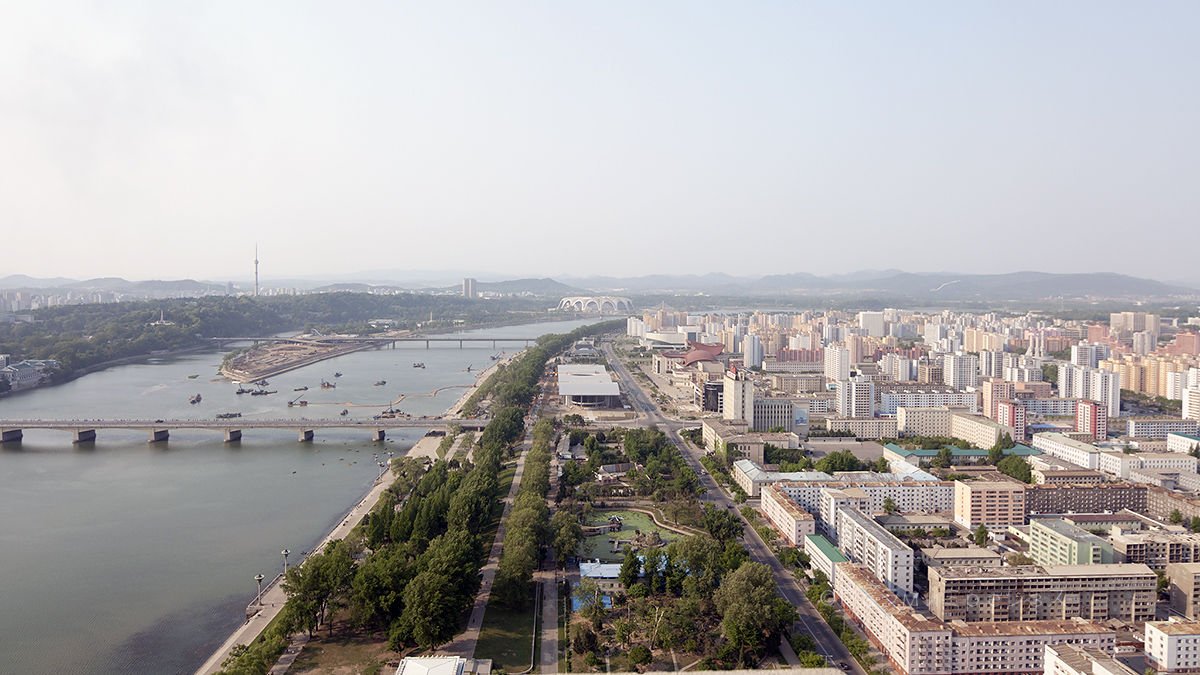
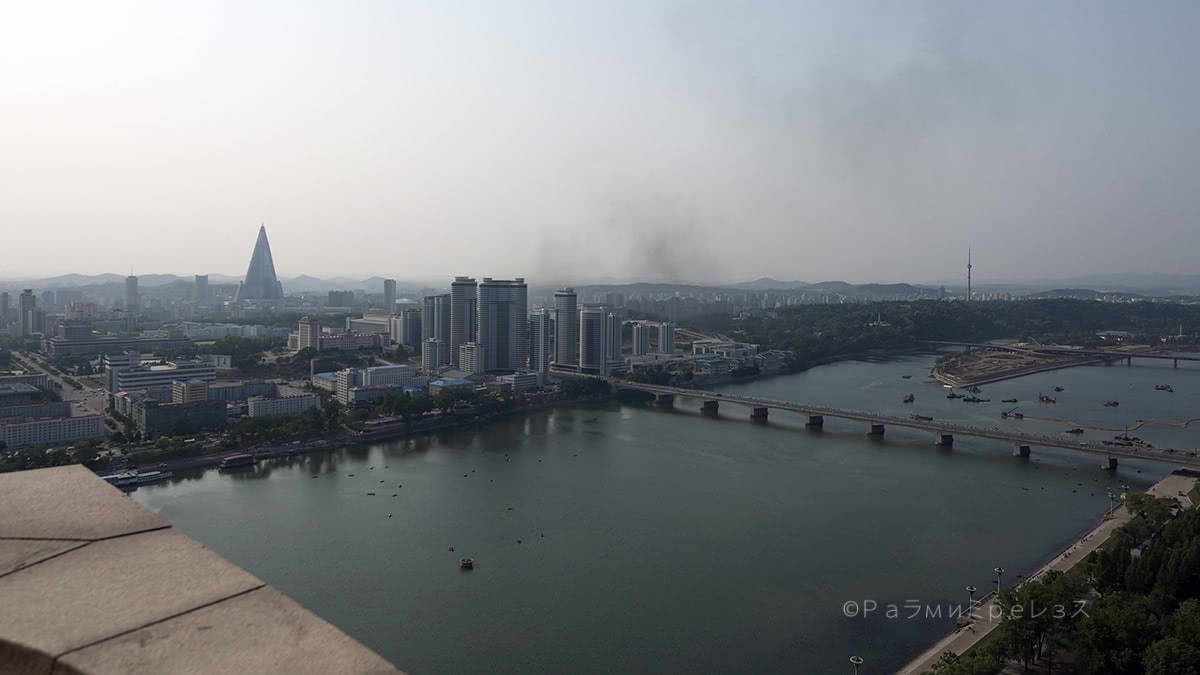
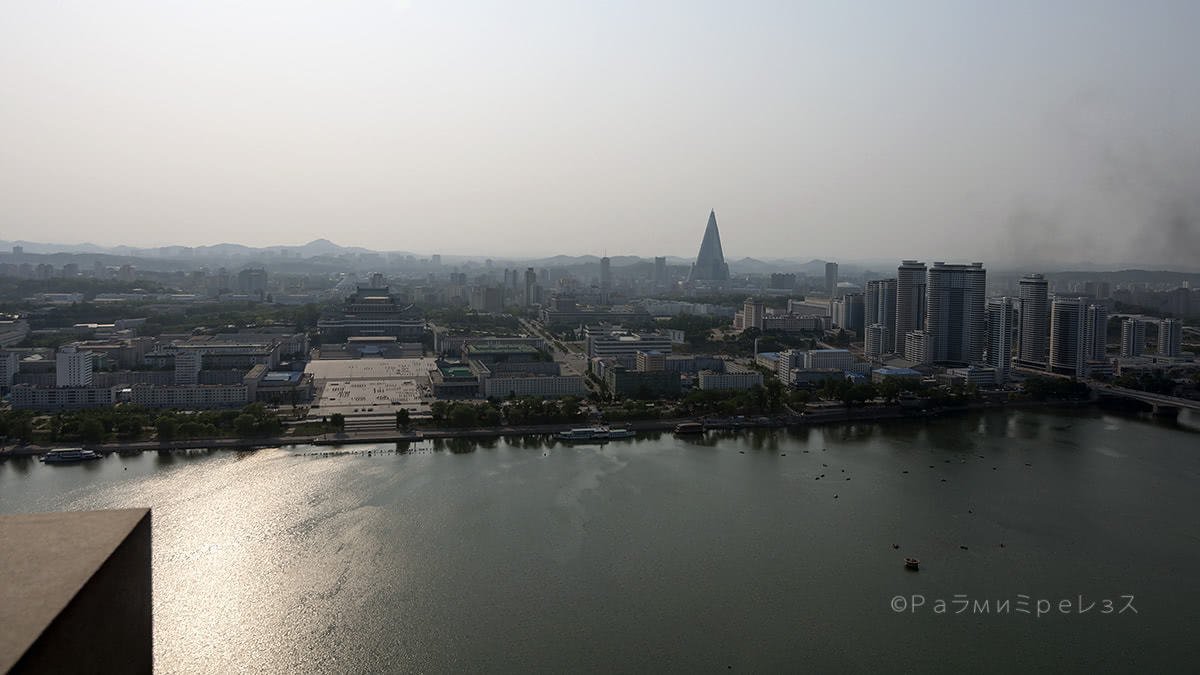
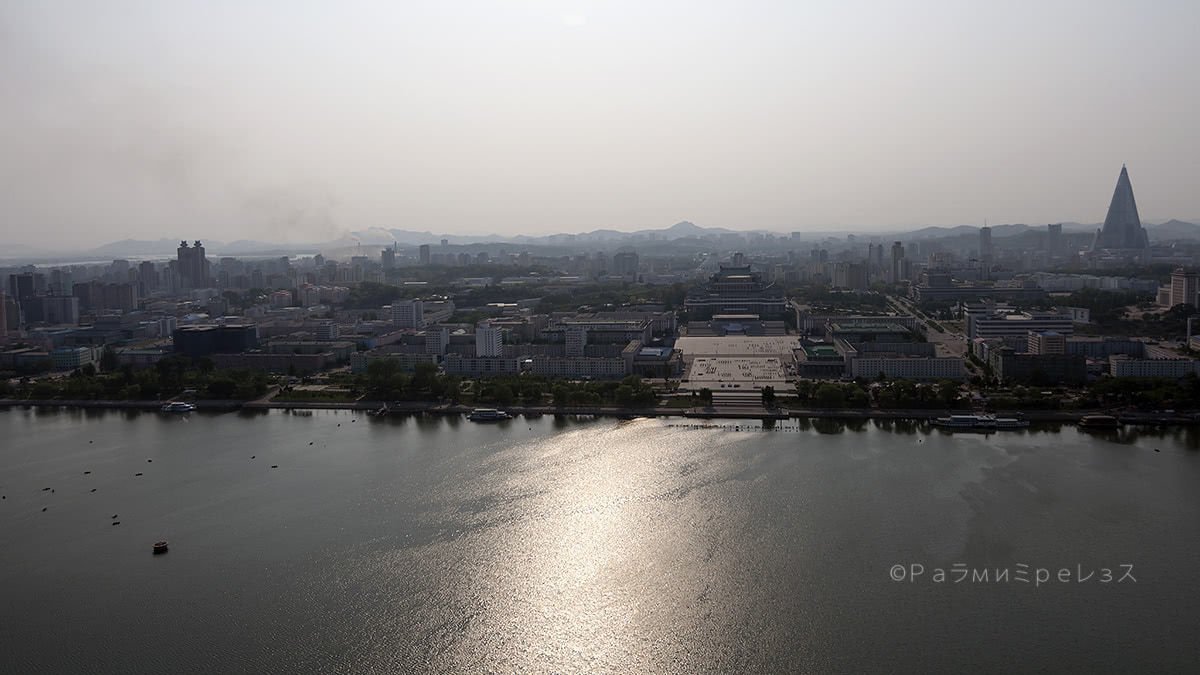
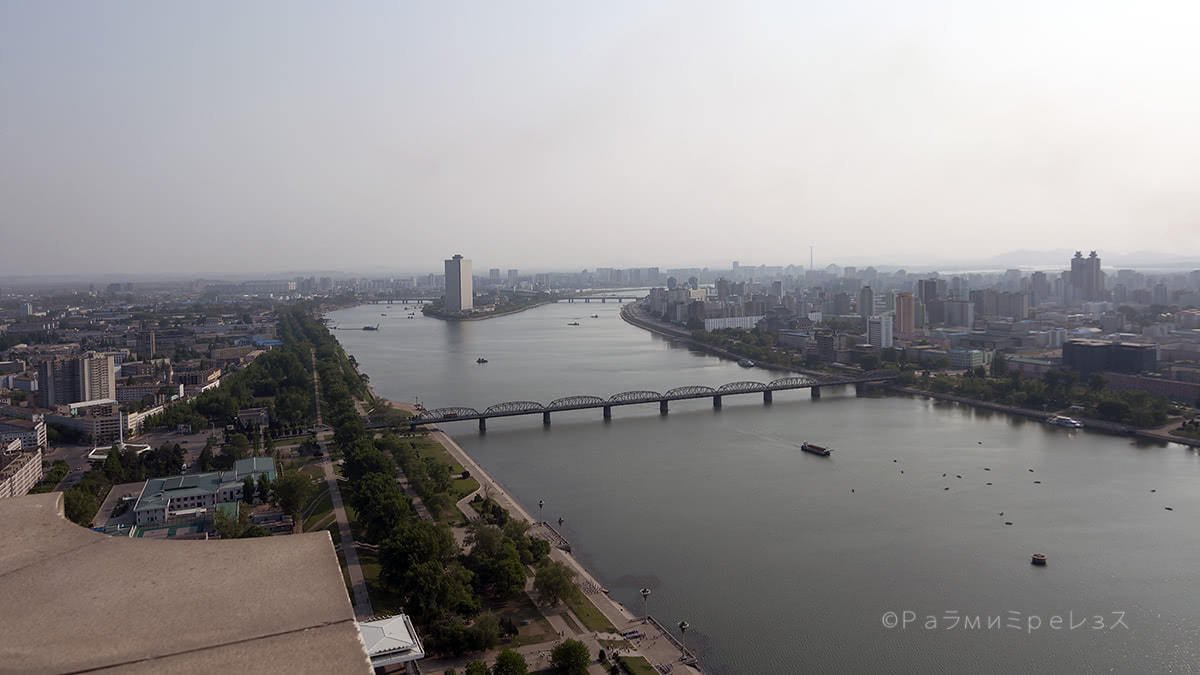
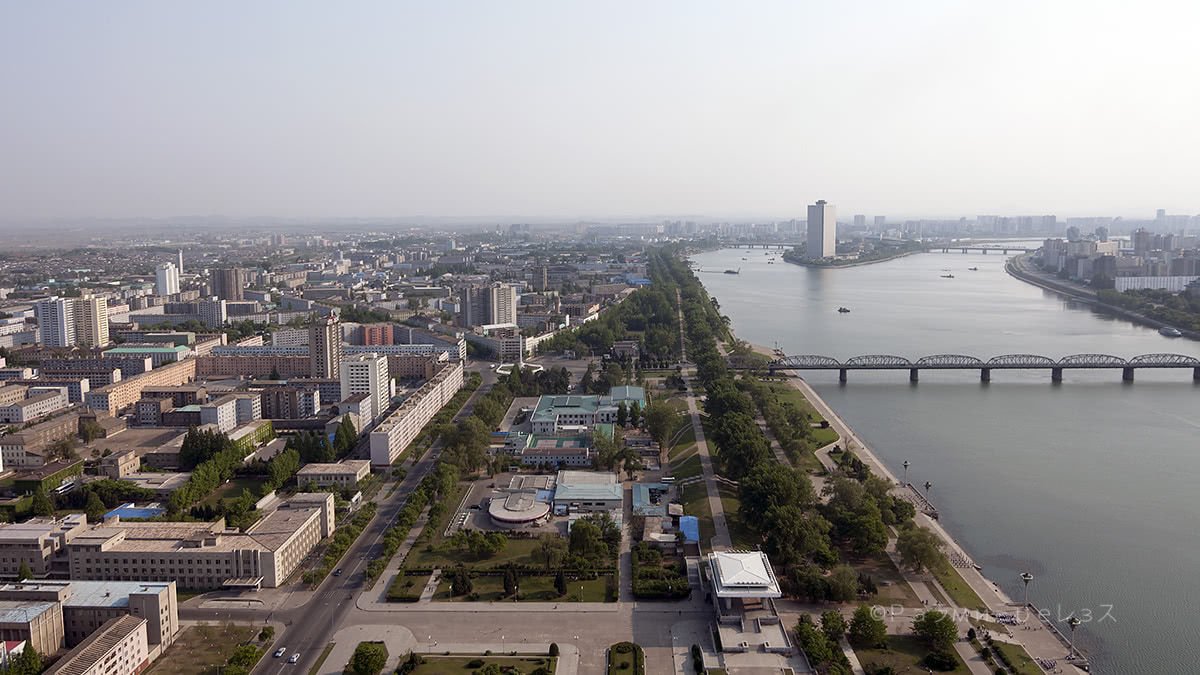
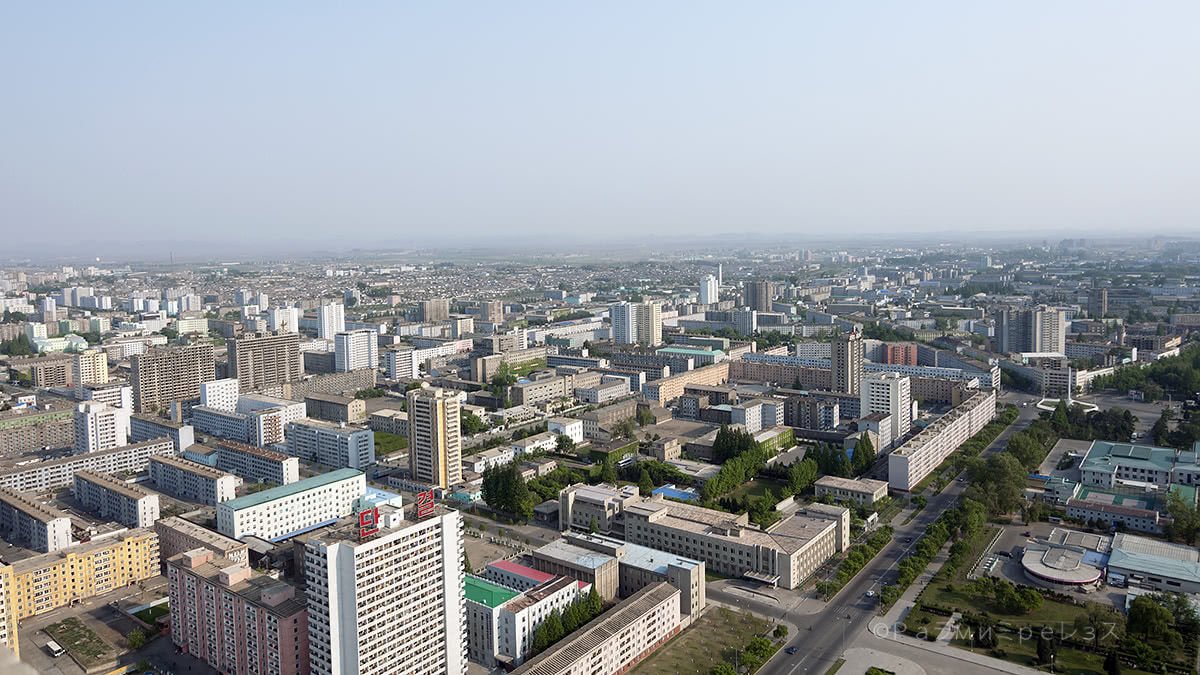
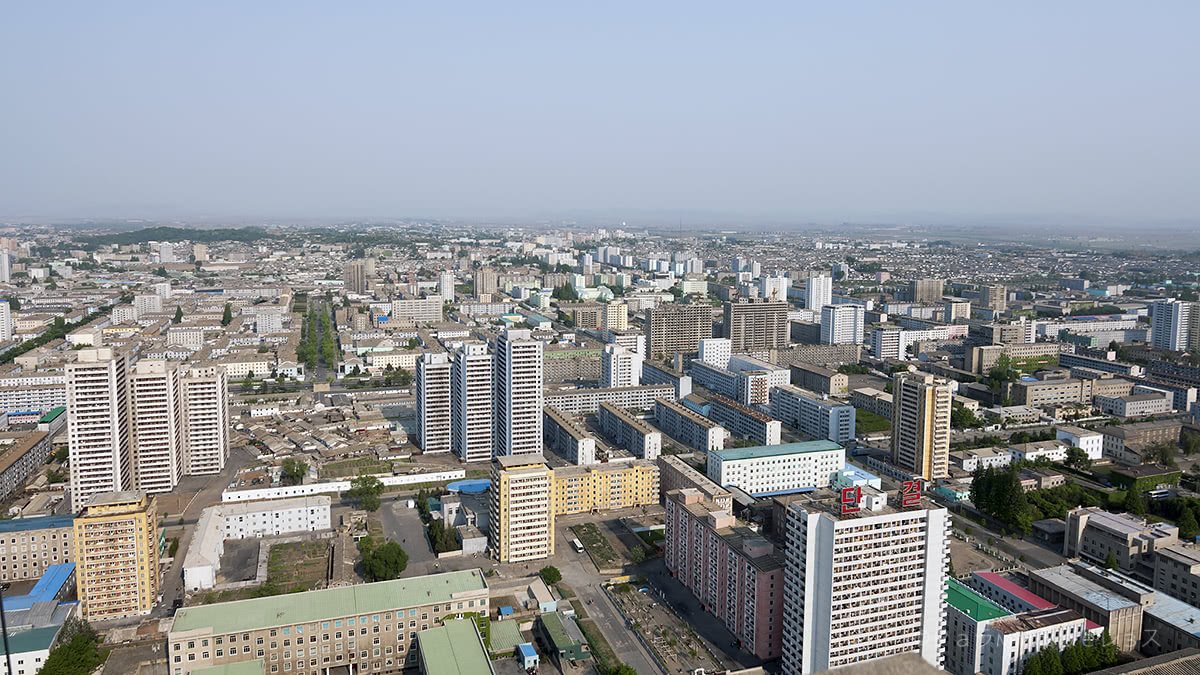
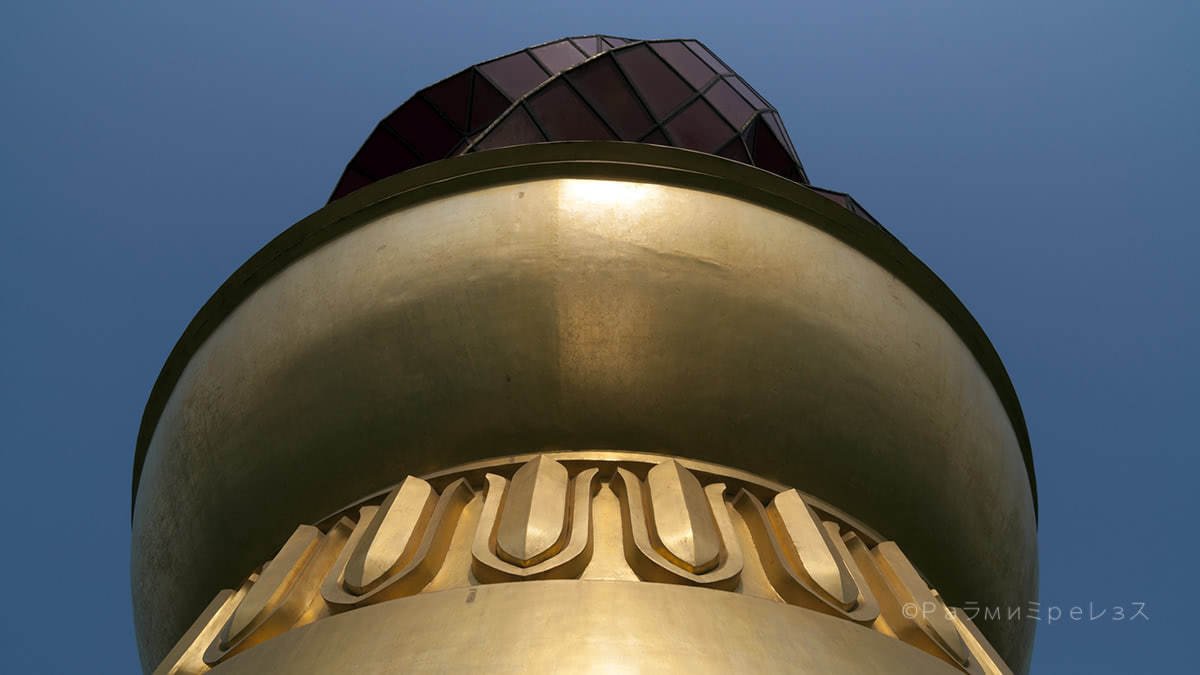
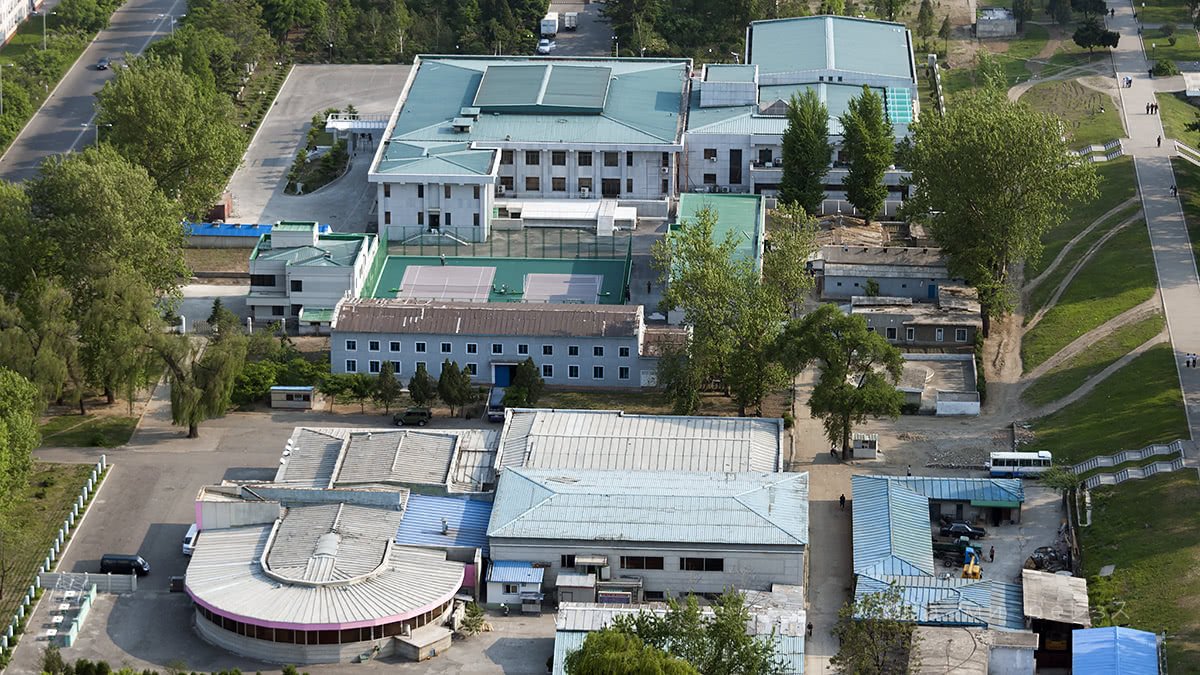

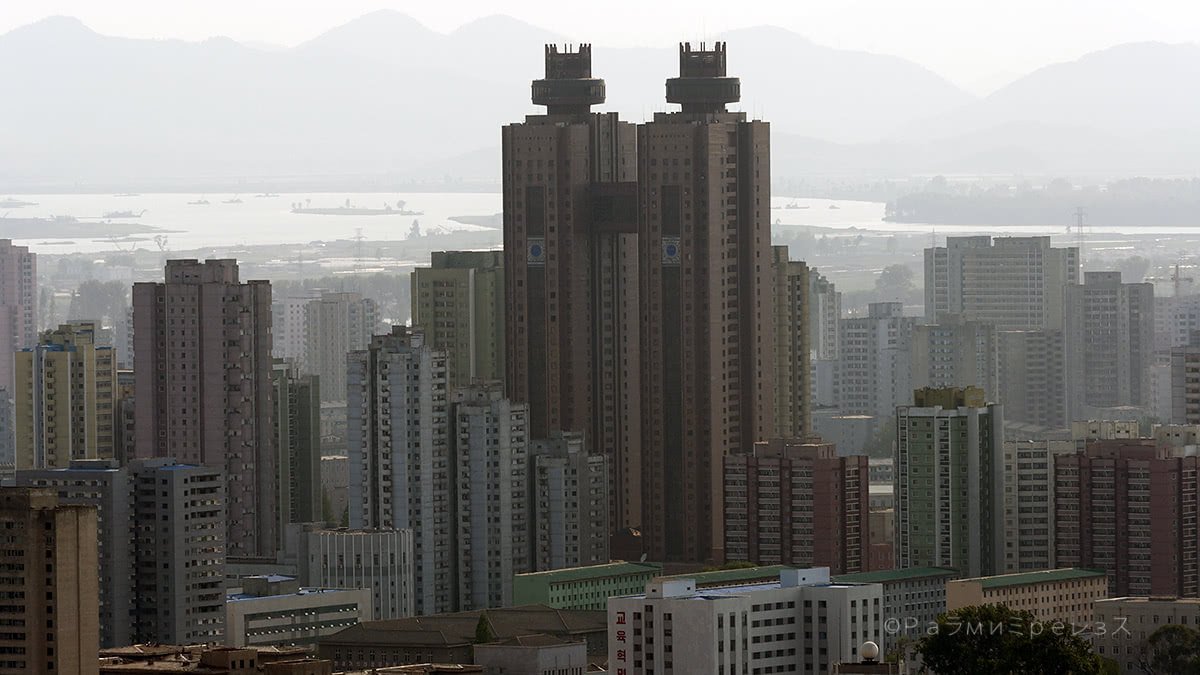
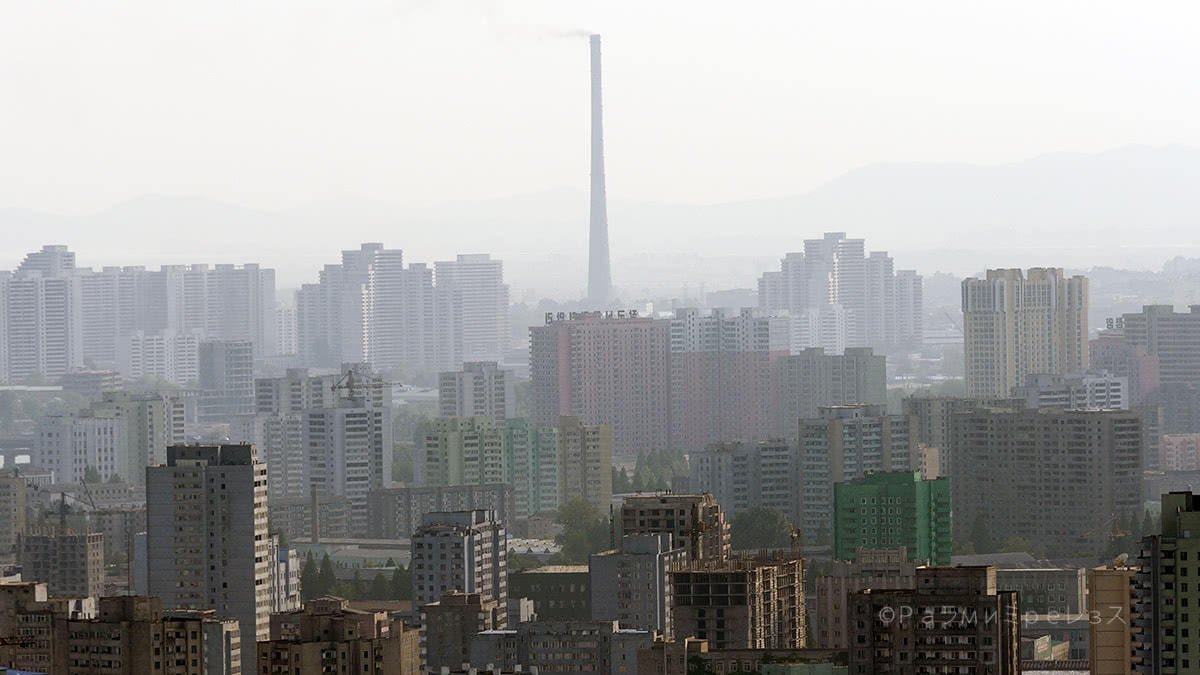
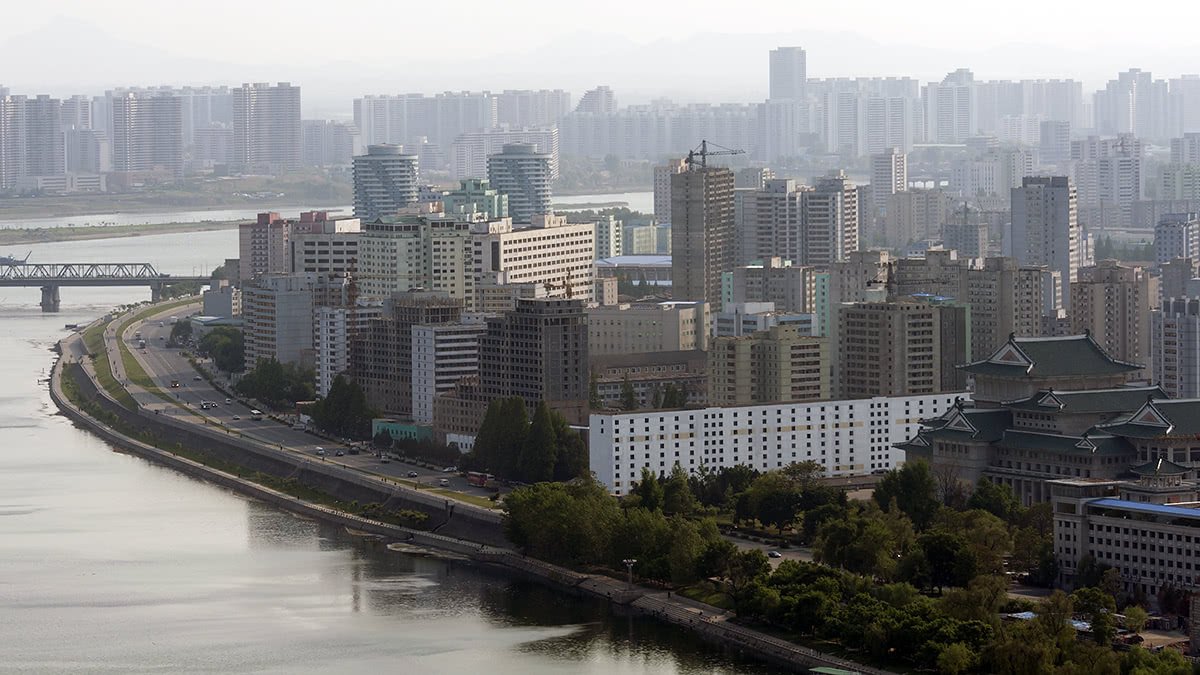
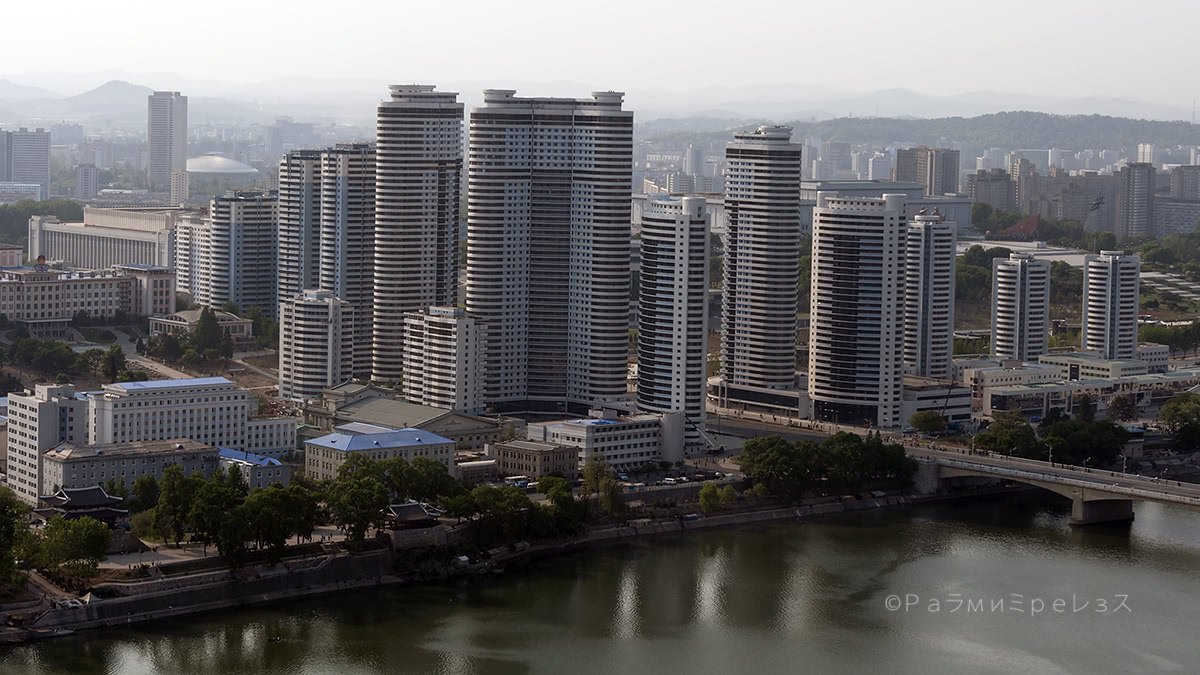
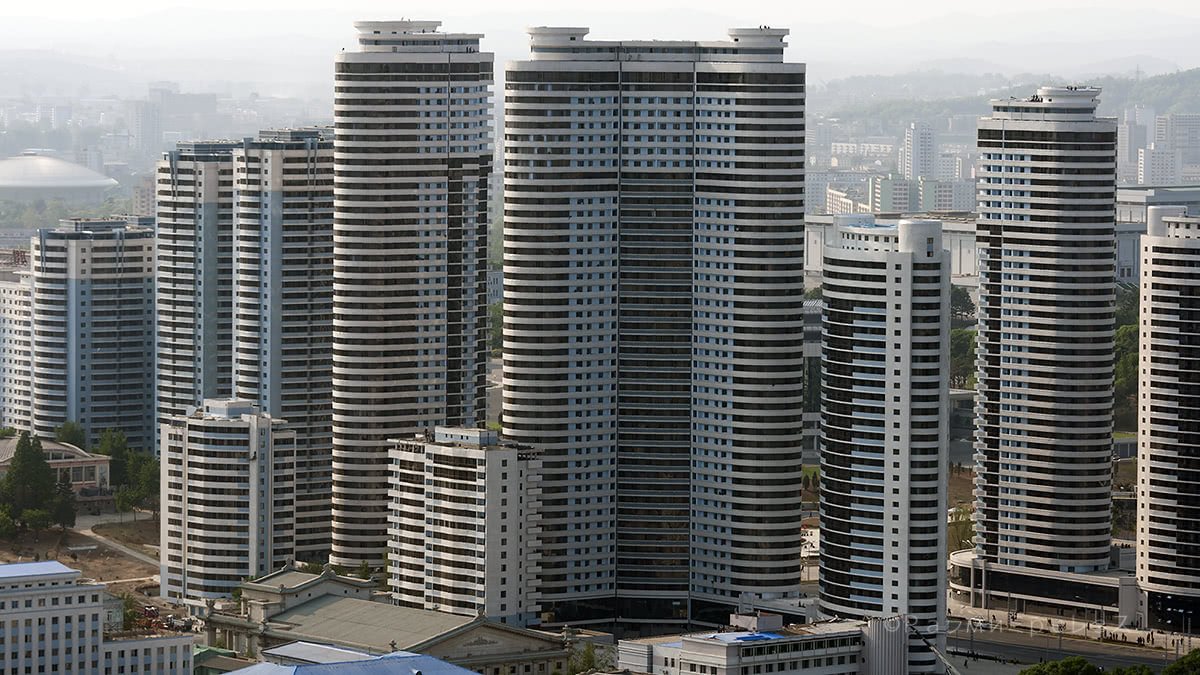
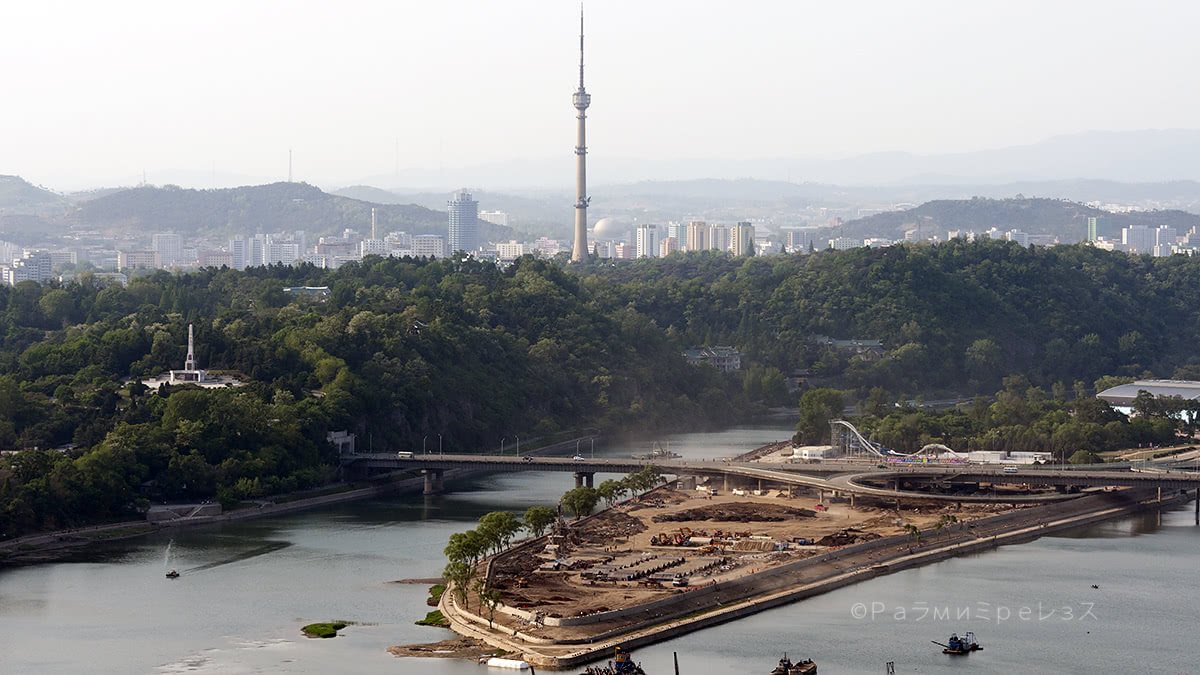
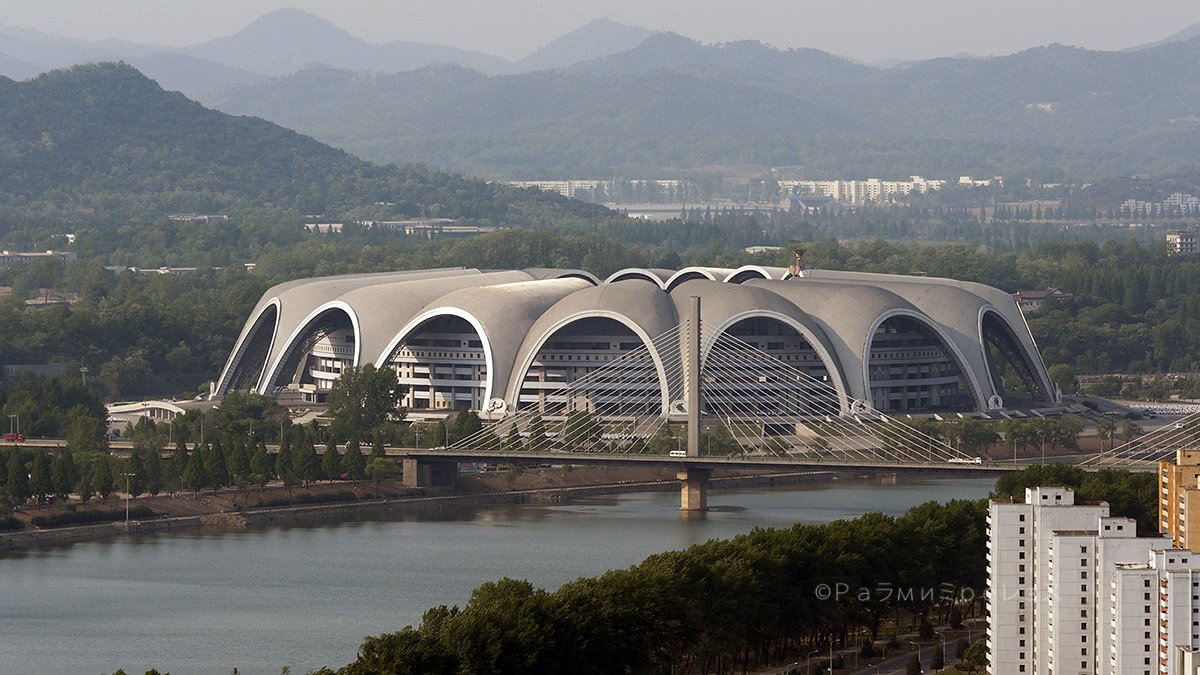
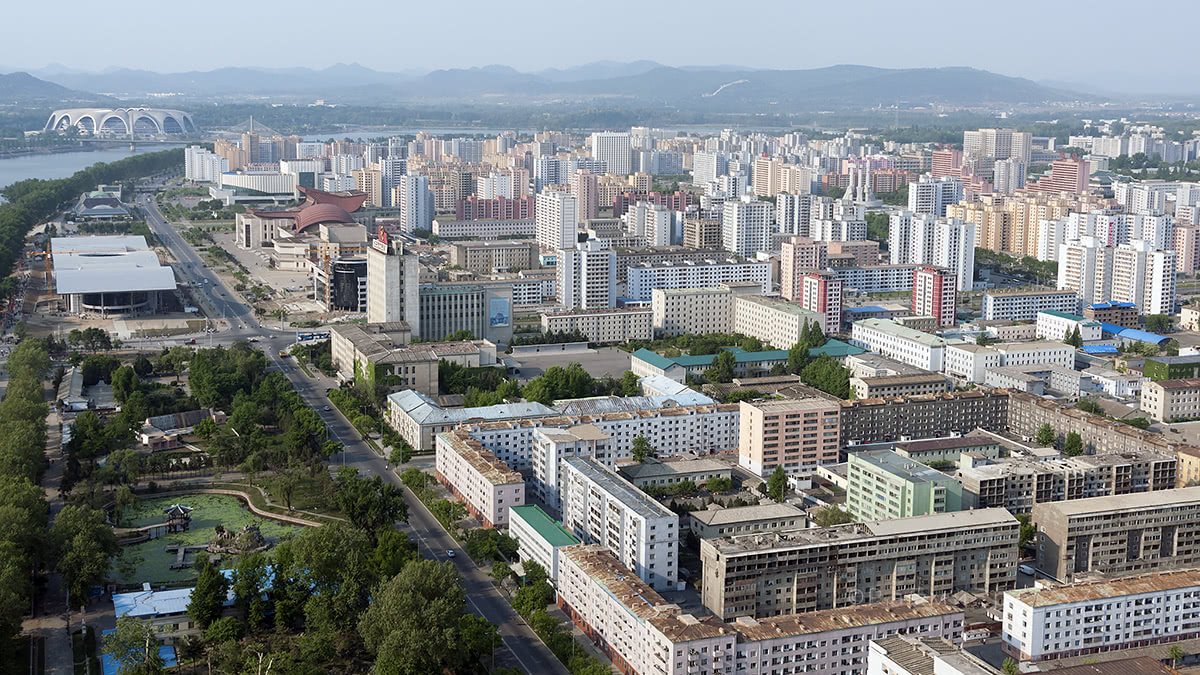
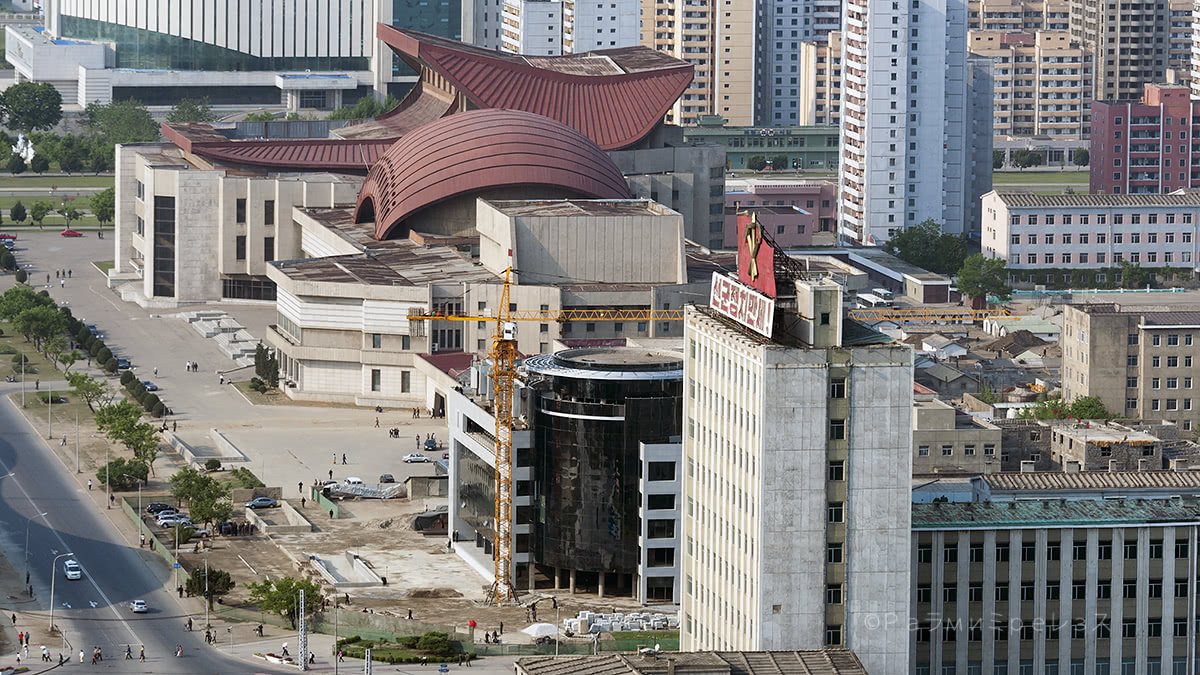
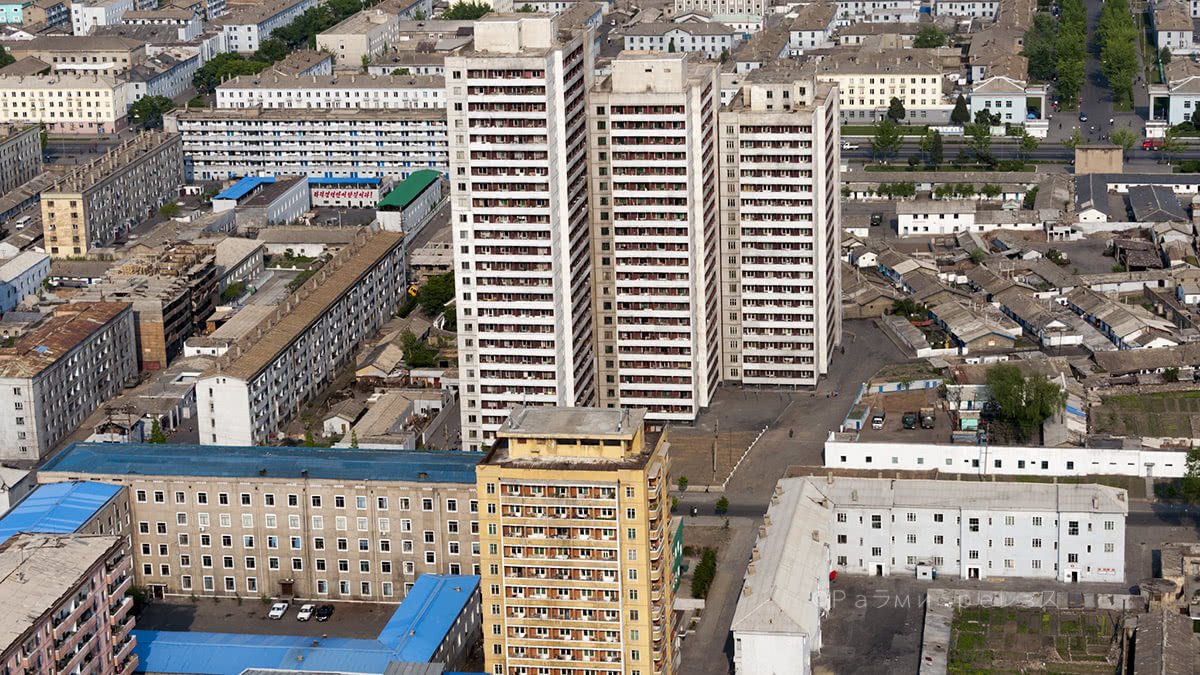
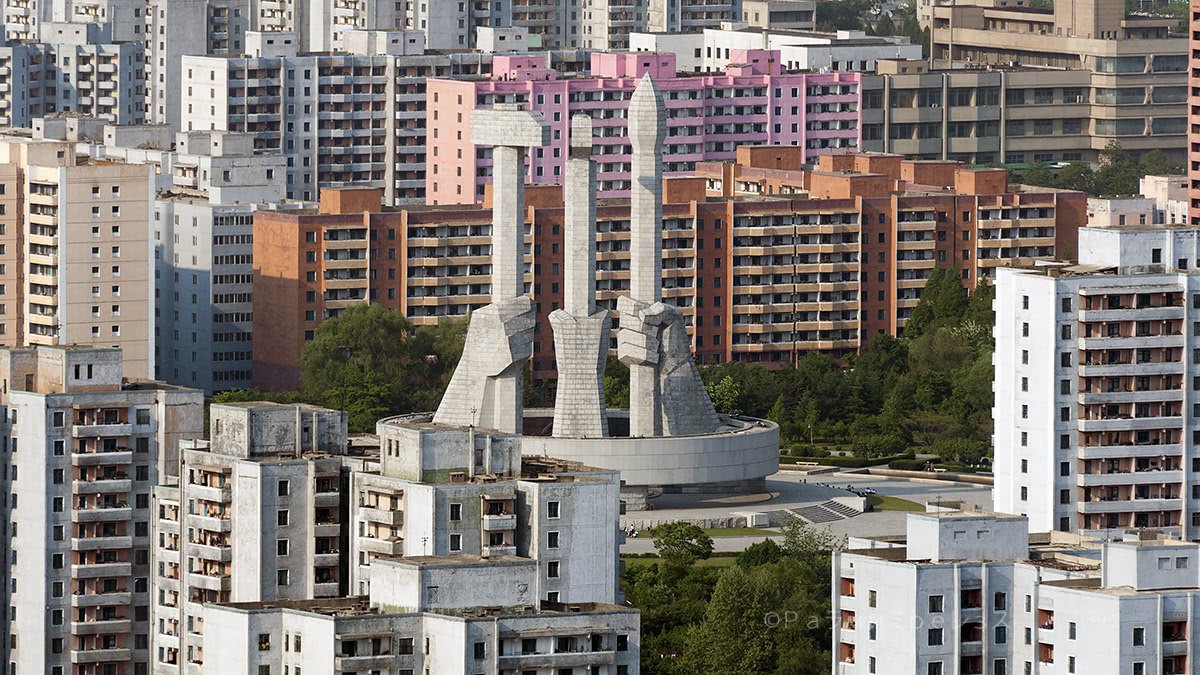
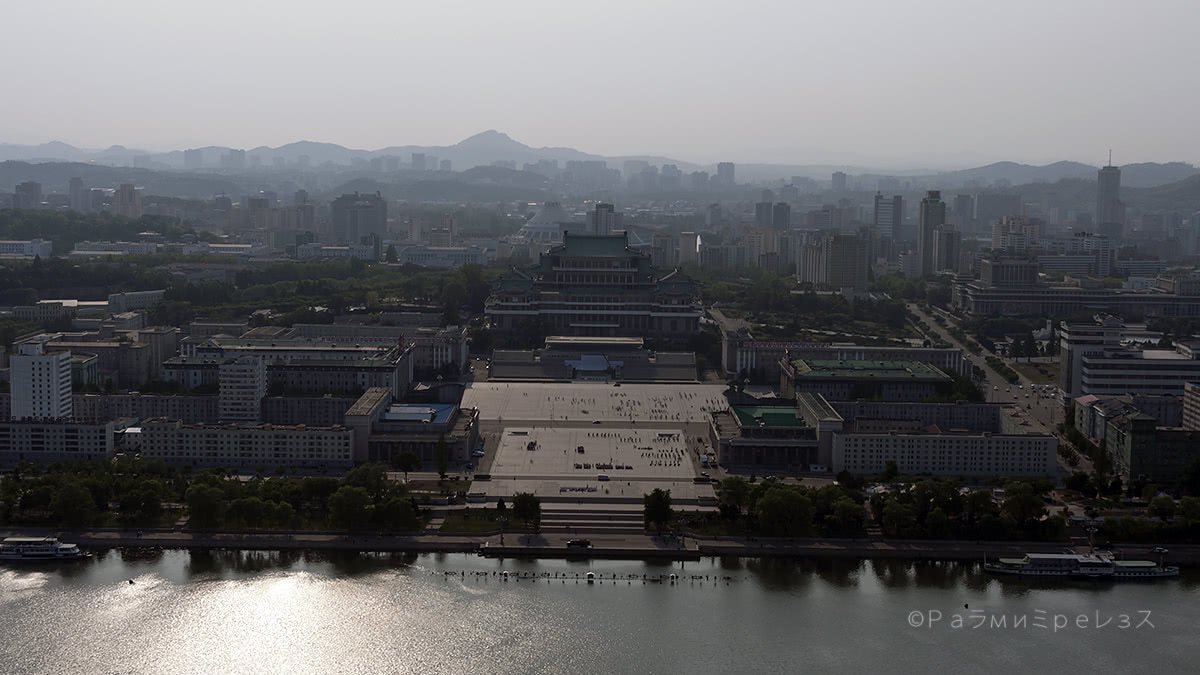
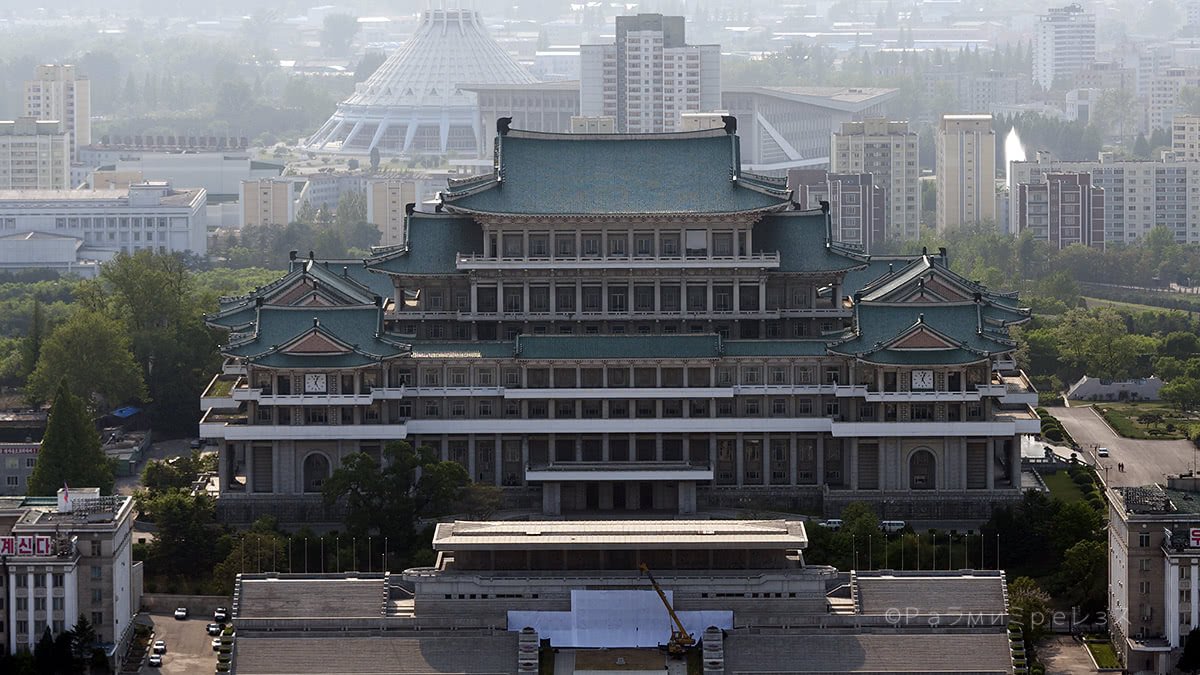
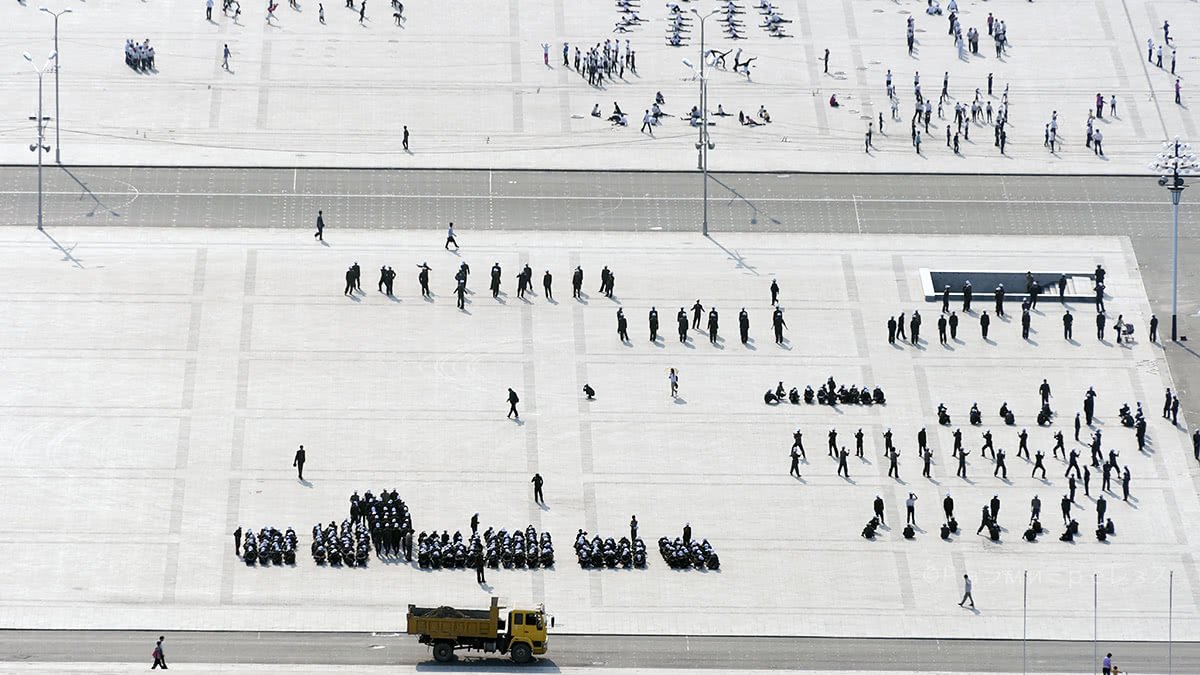
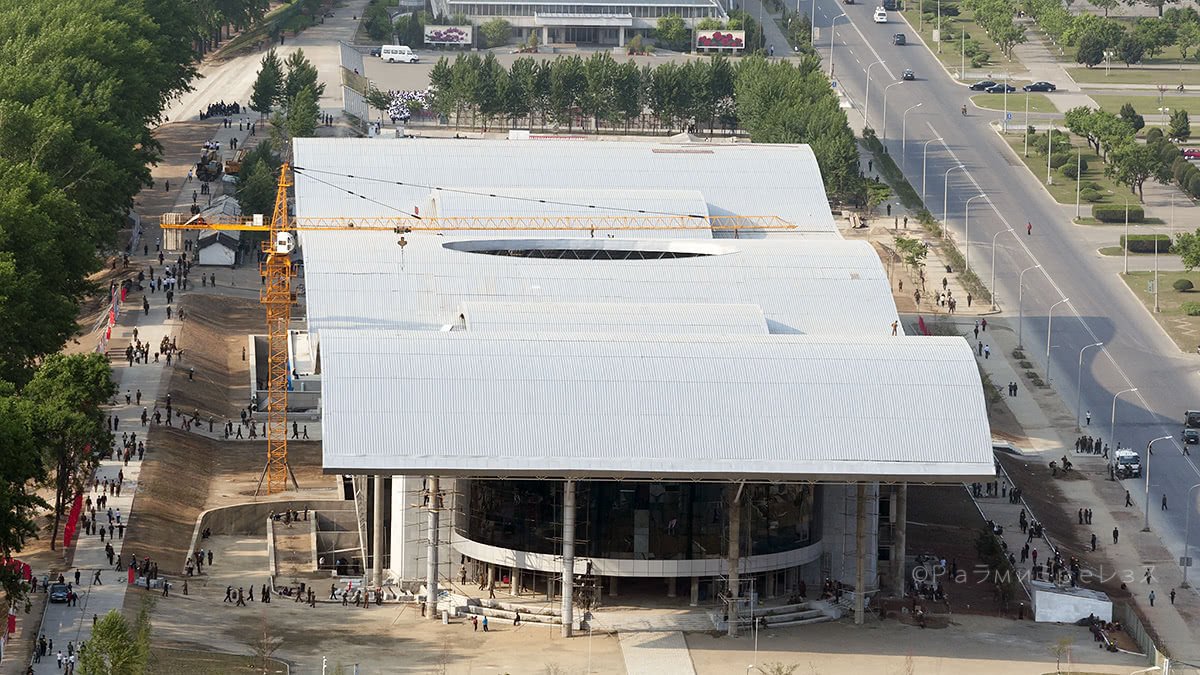
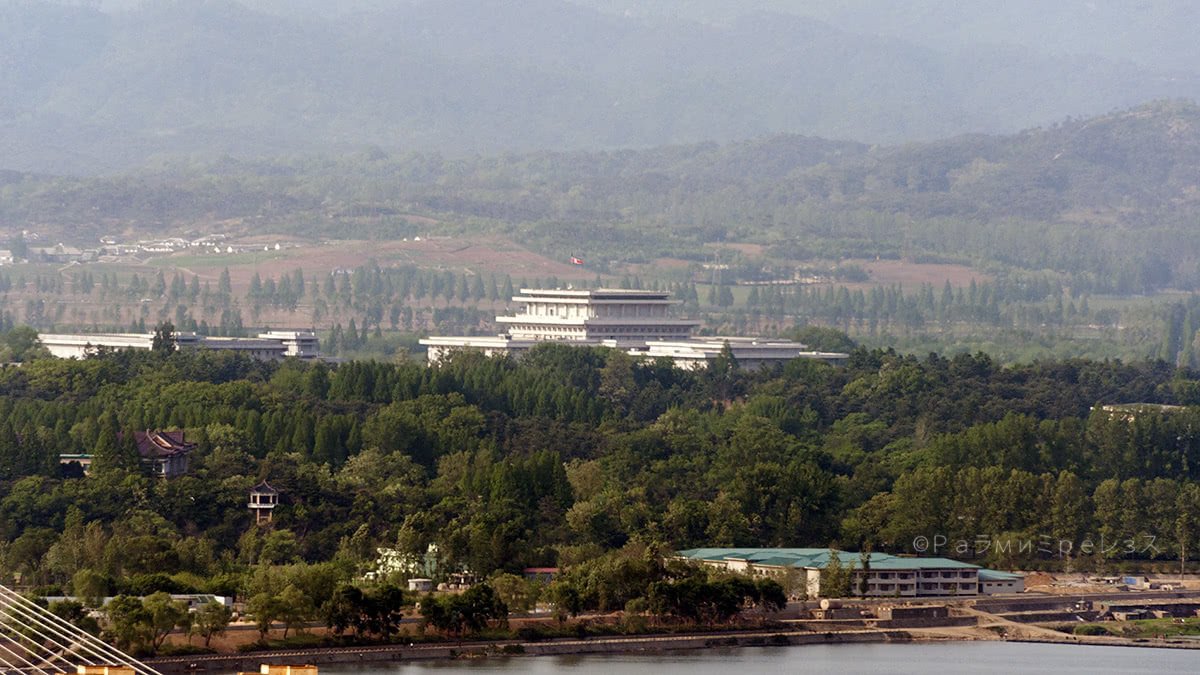
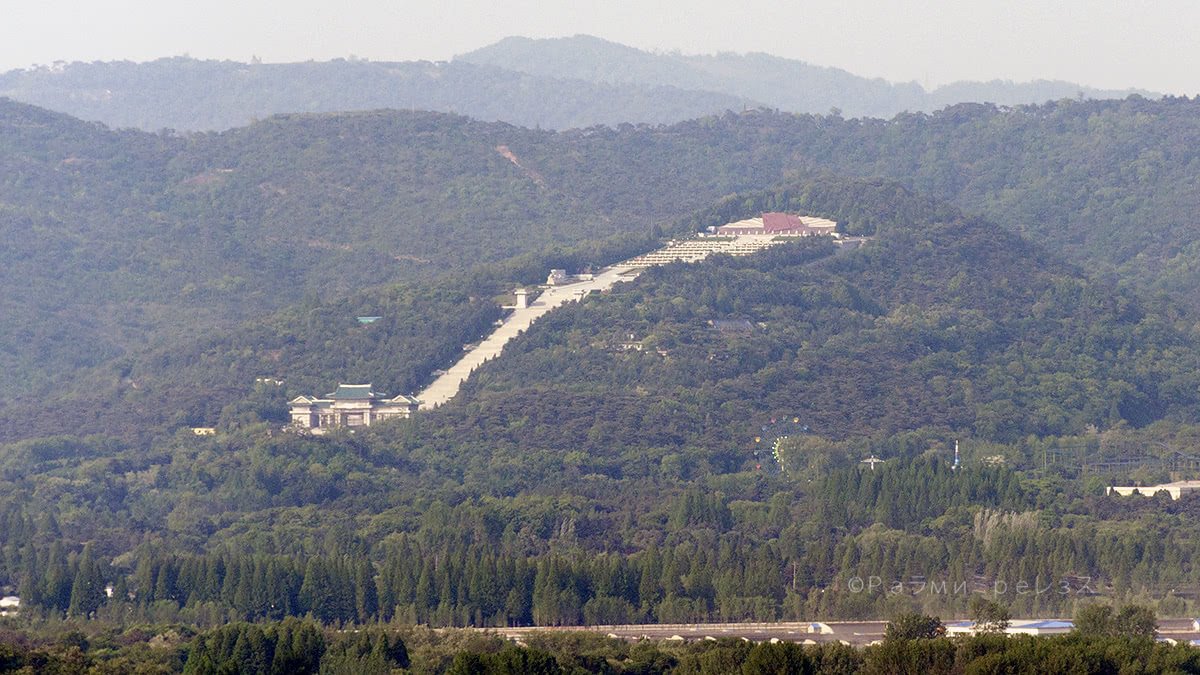
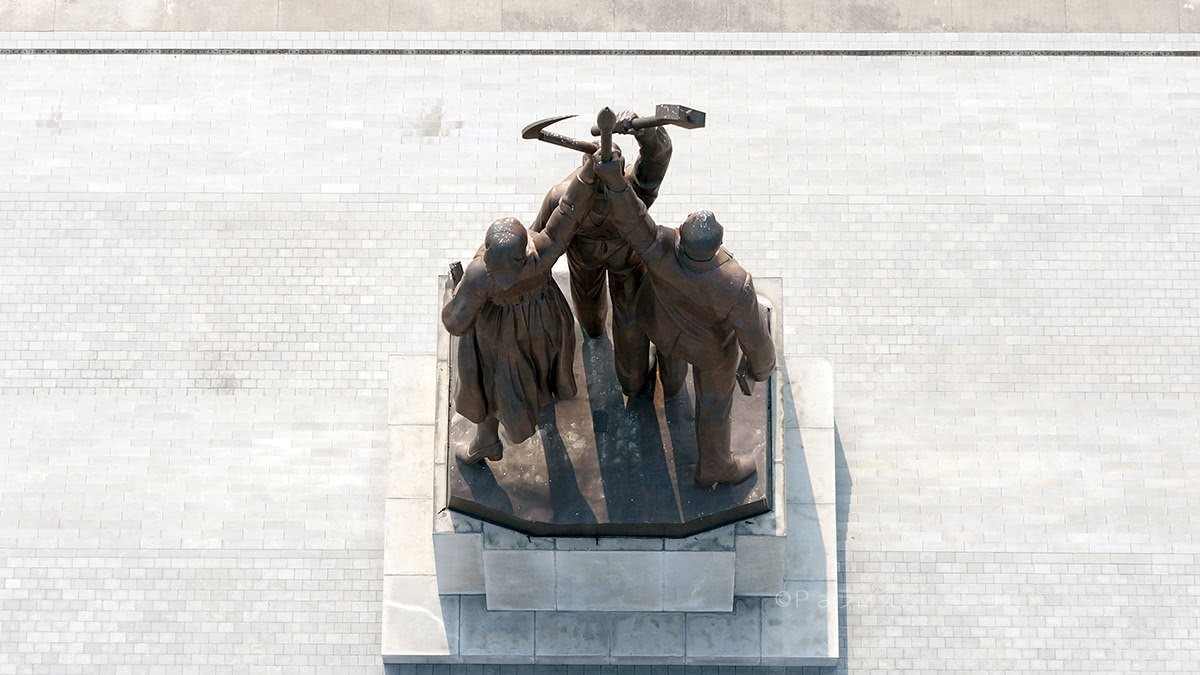
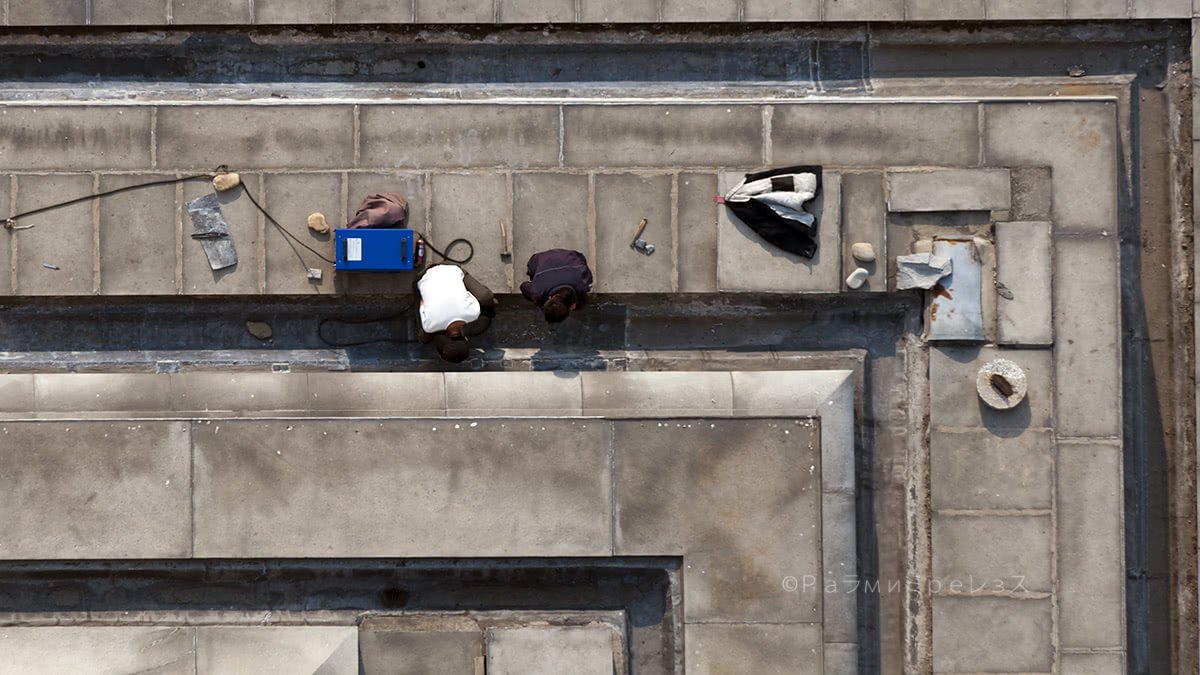
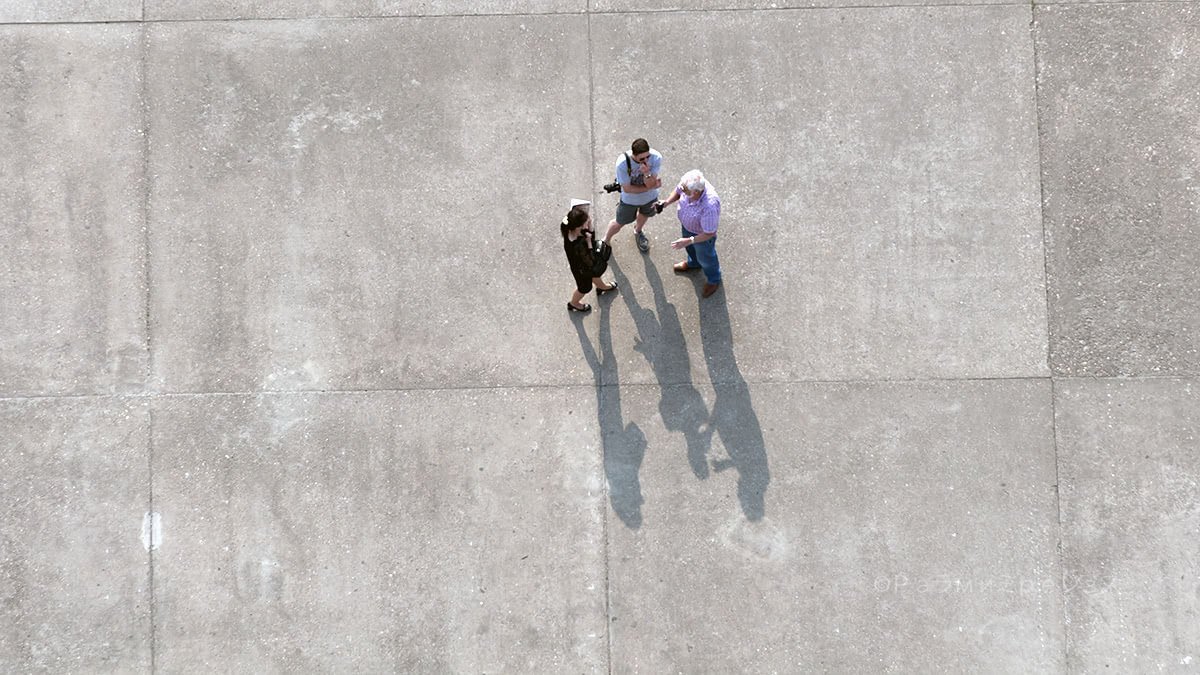
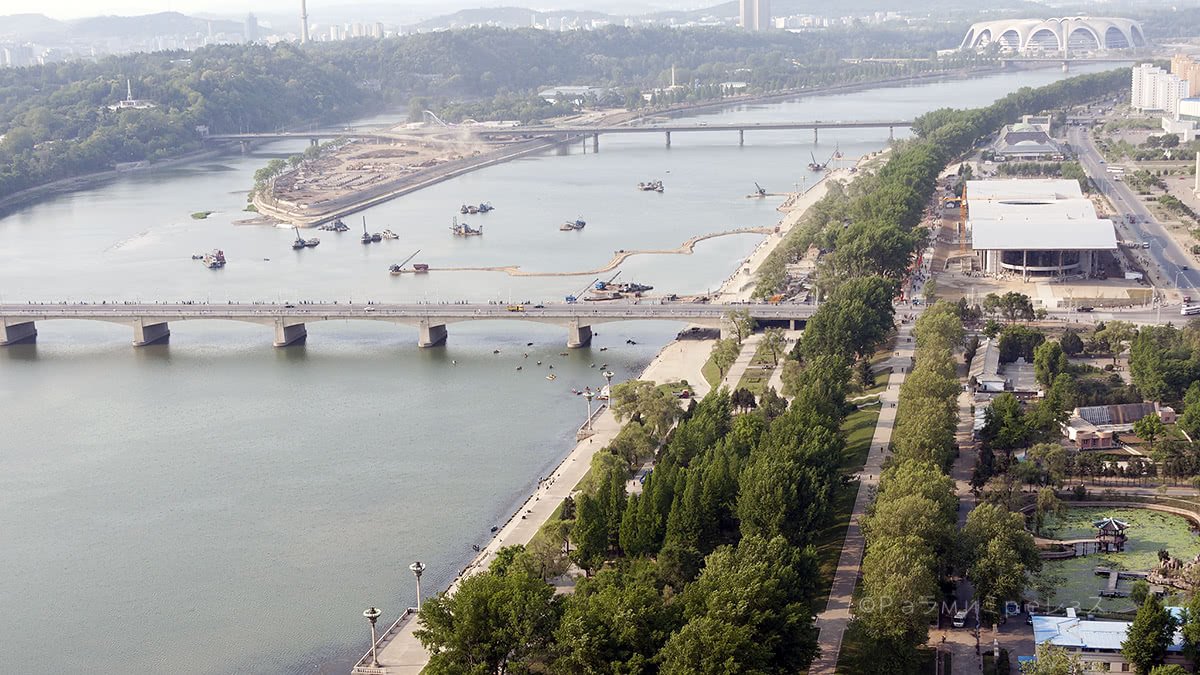
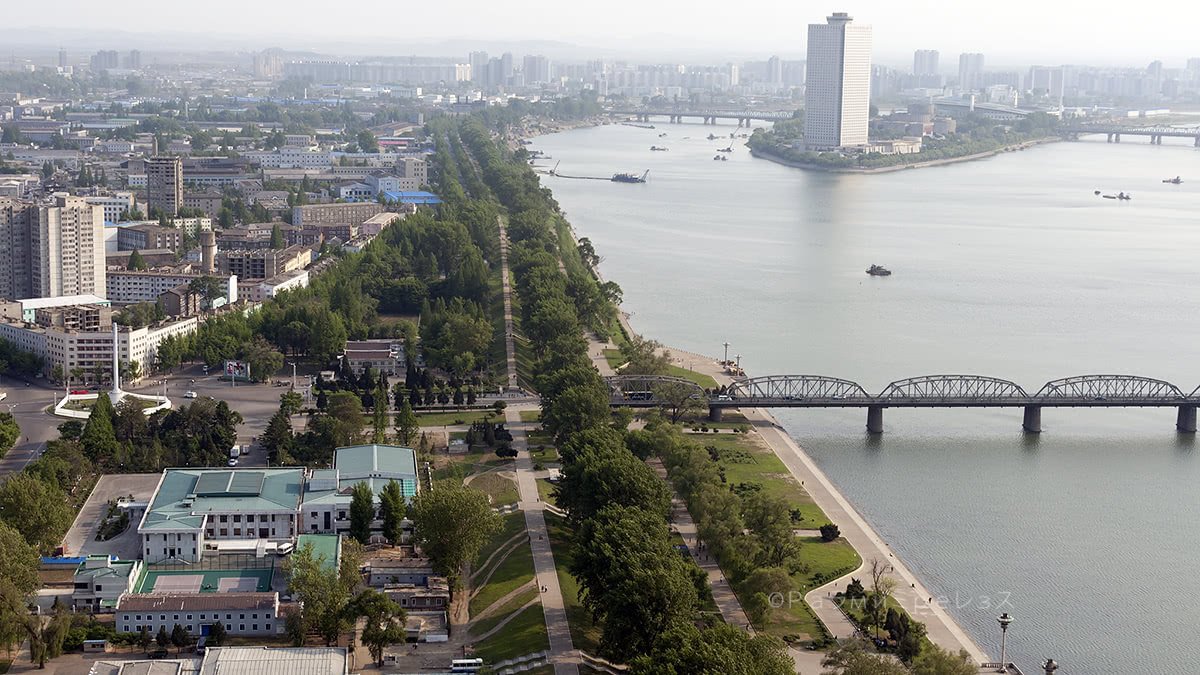
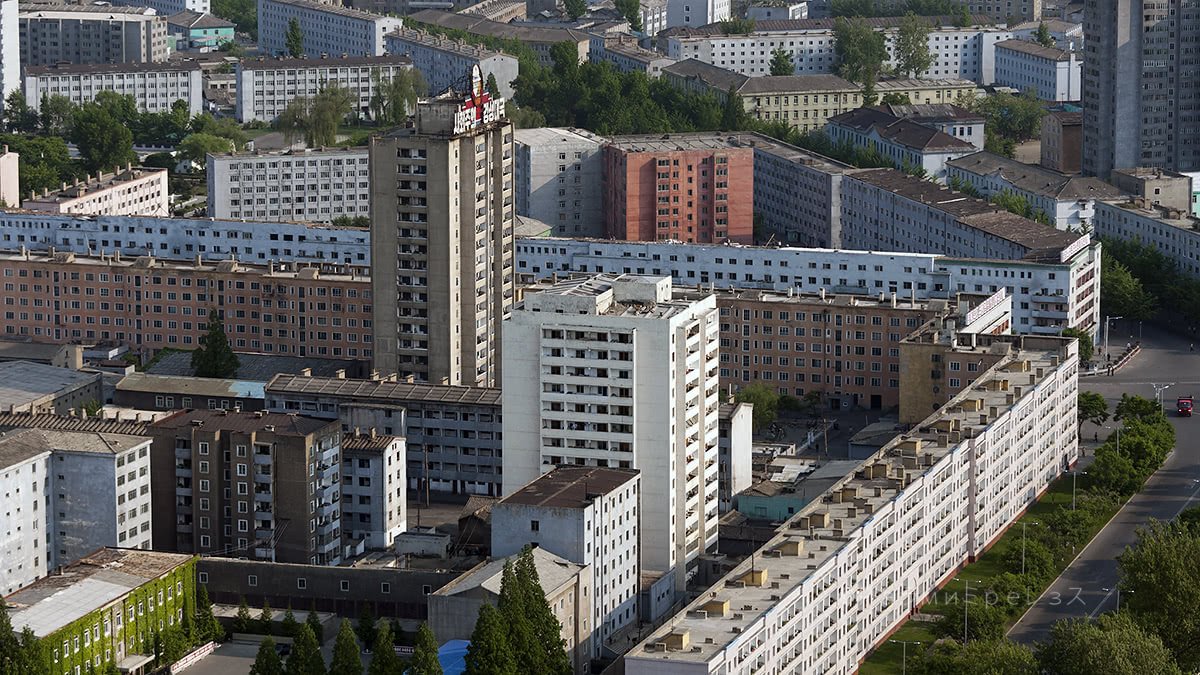
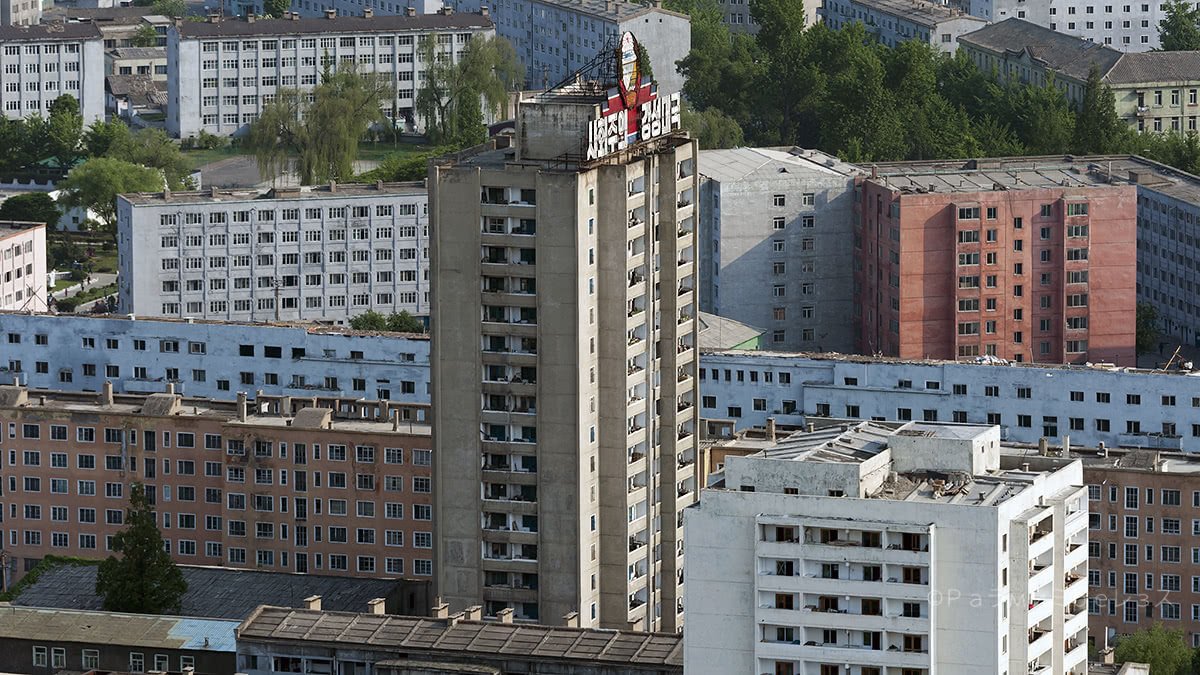
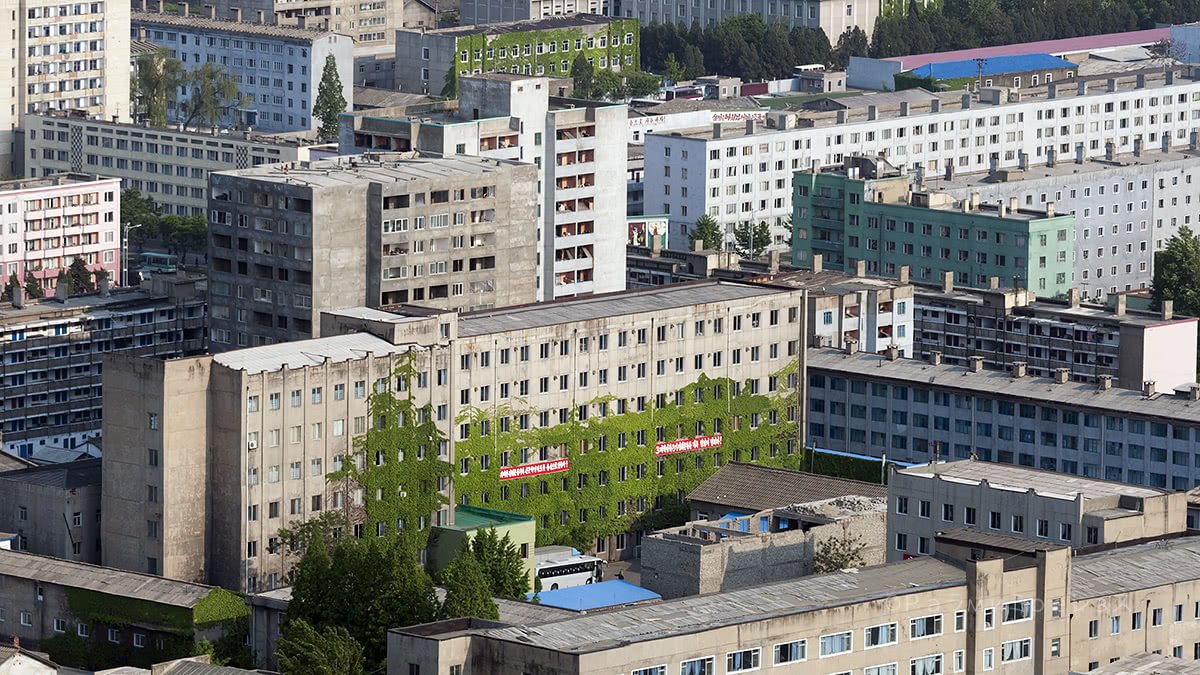
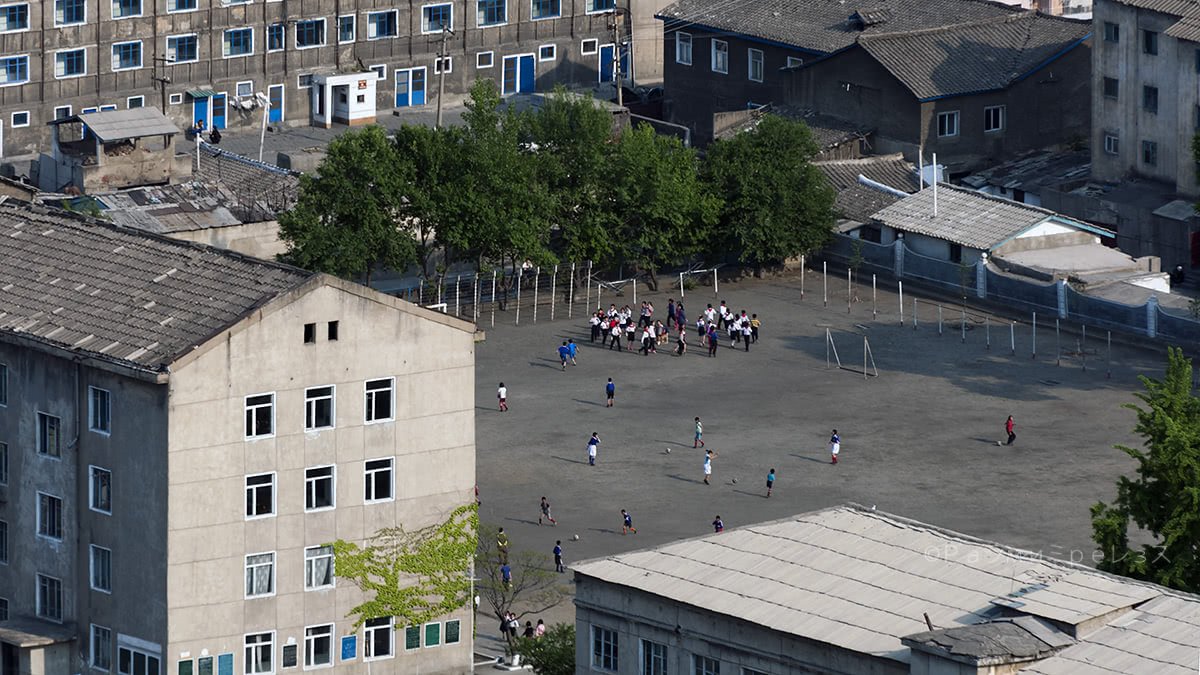
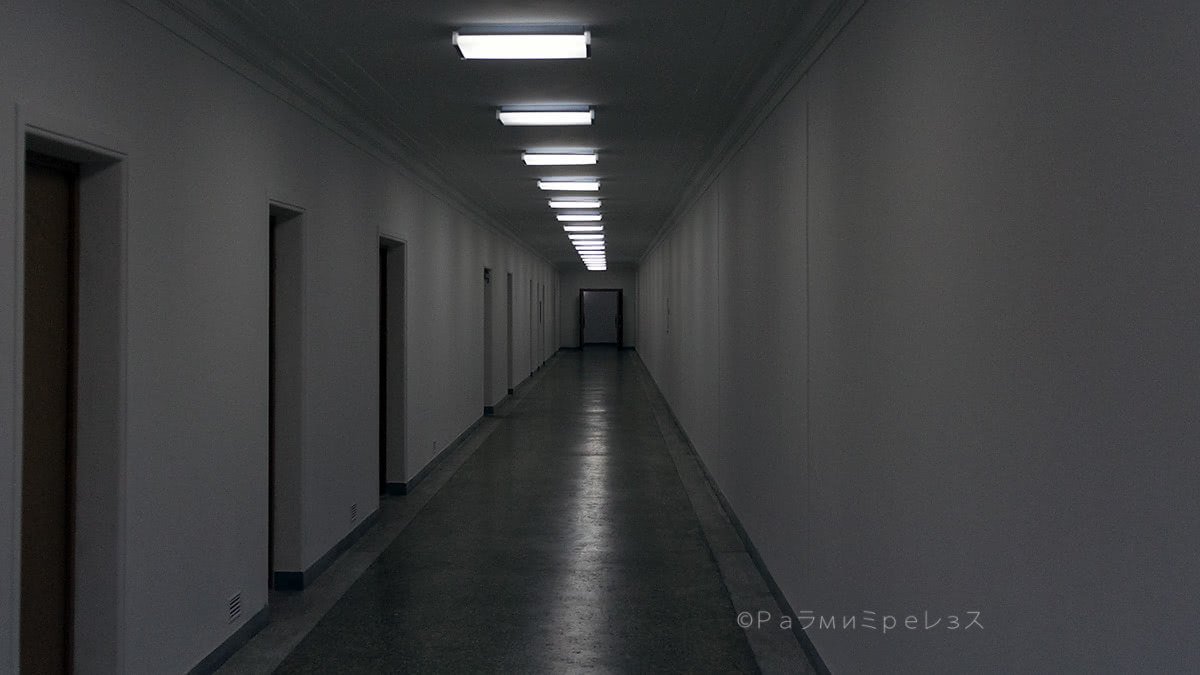
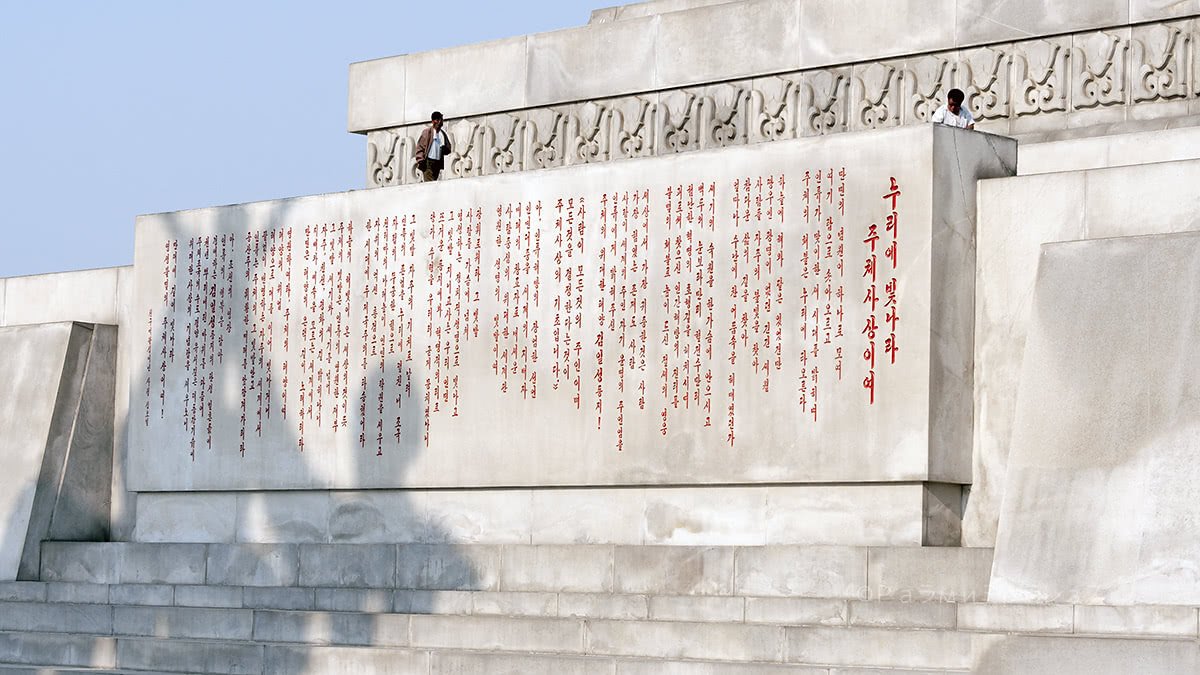
The Tower of the Juche Idea and Pyonyang's view from on top of it.
Walking around the tower we found a couple. Just married, or about to get married. They were having some photos taken.
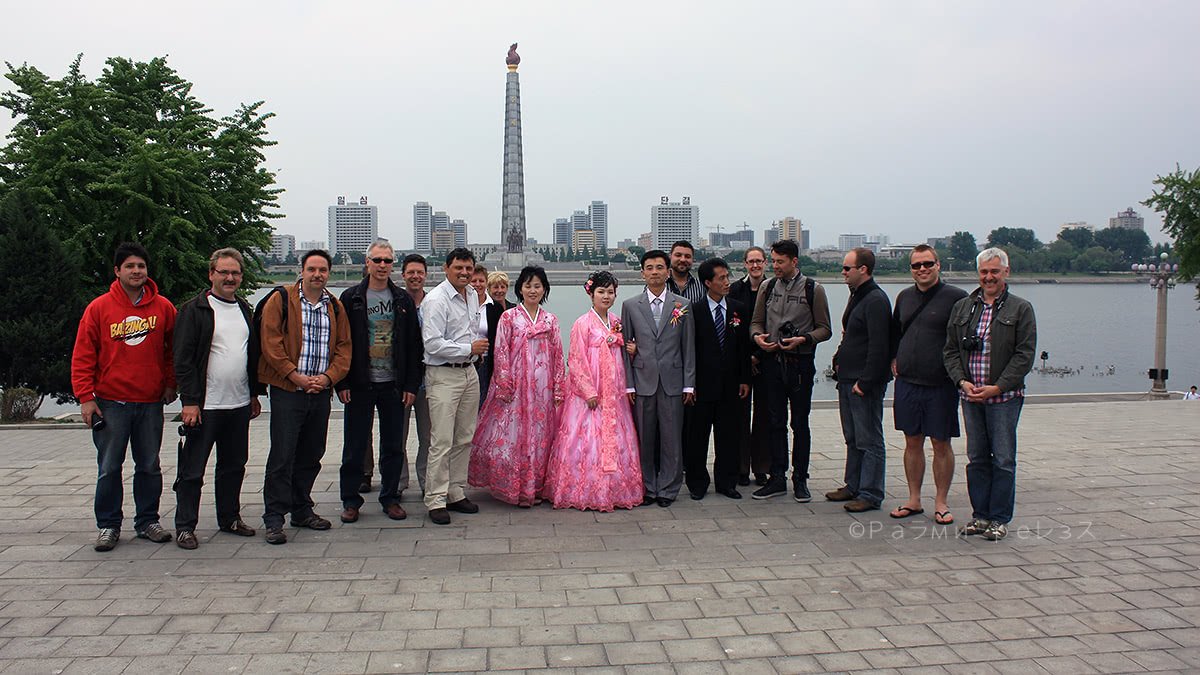
We got in the scene à la wedding crashers. And now I happen to be in the marriage photos of some Pyongyang couple, go figure.